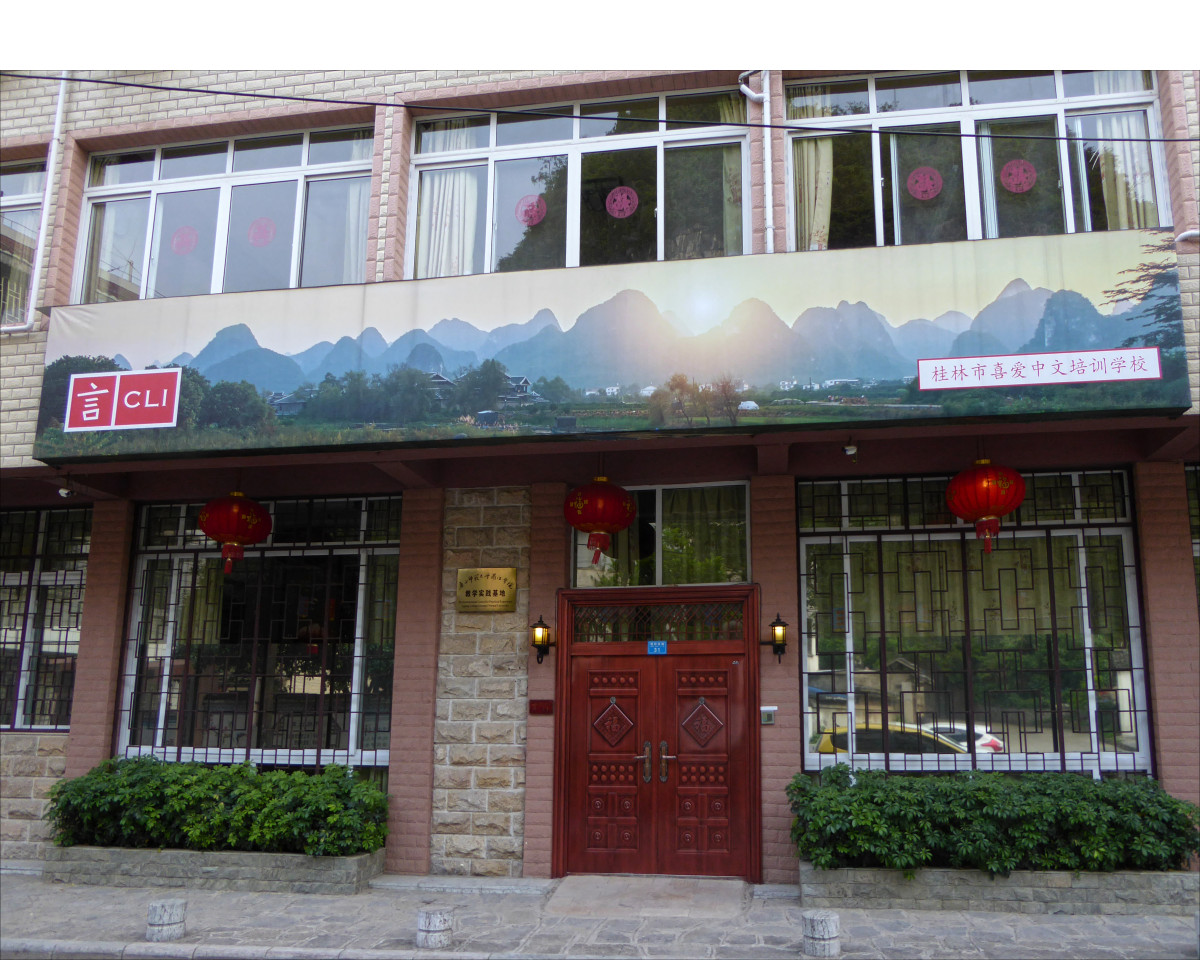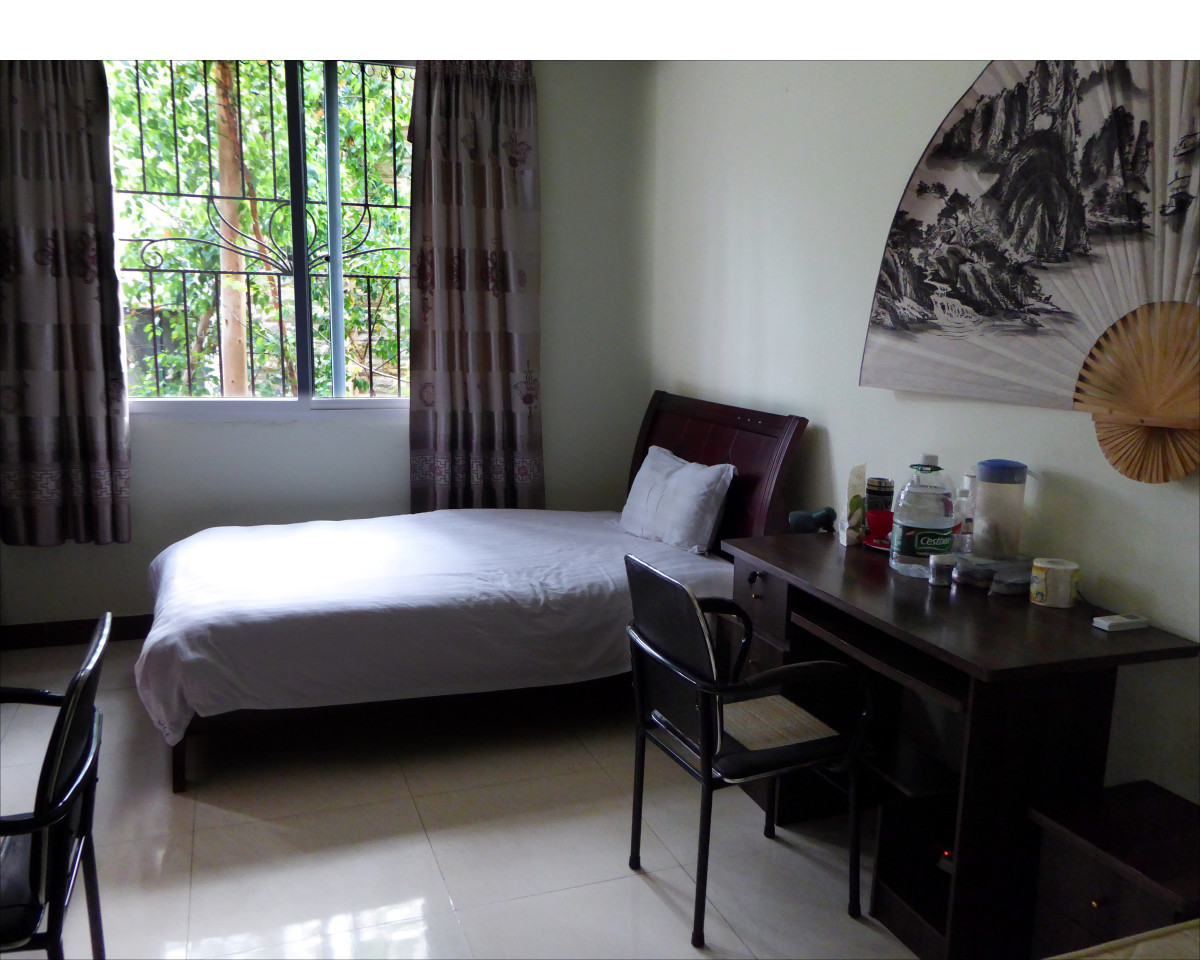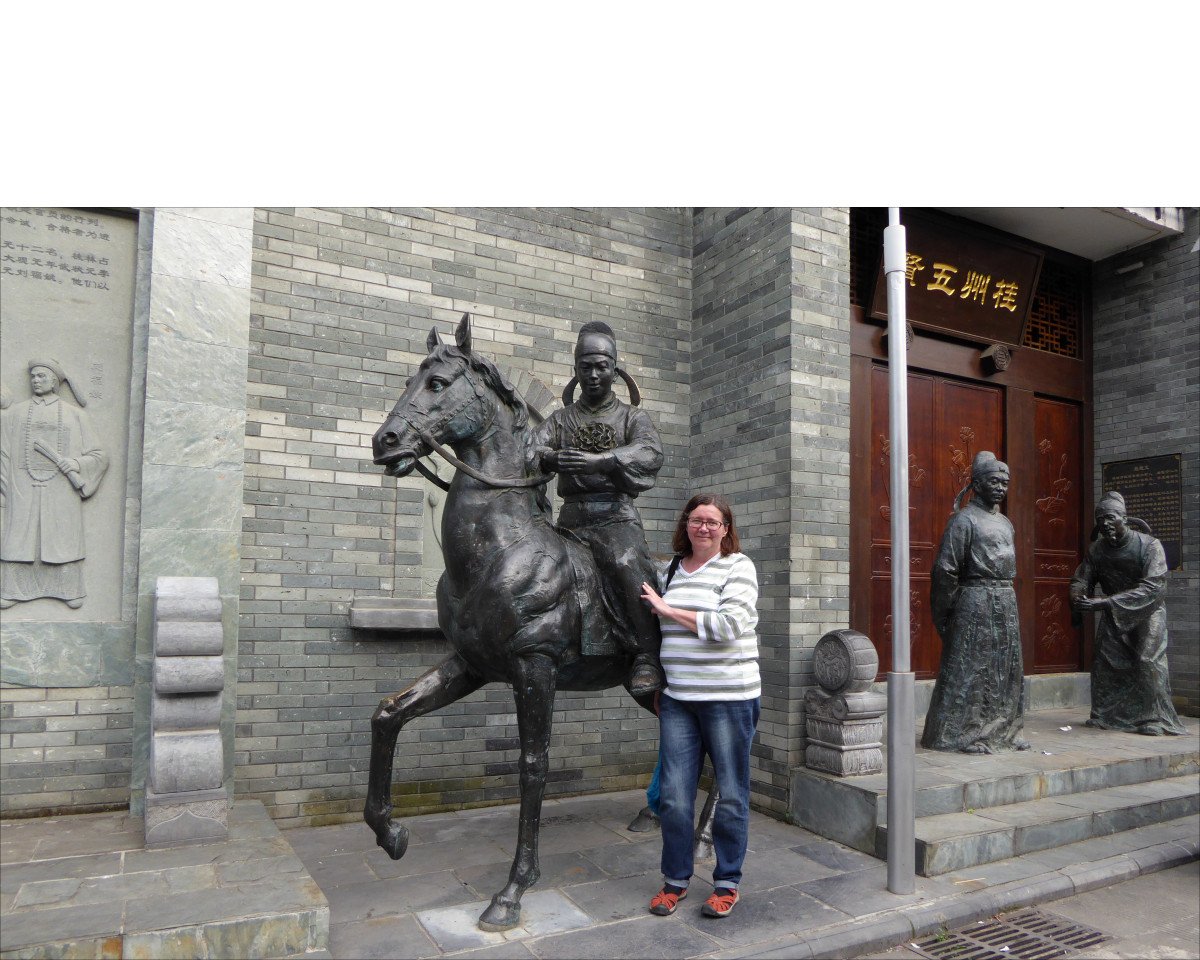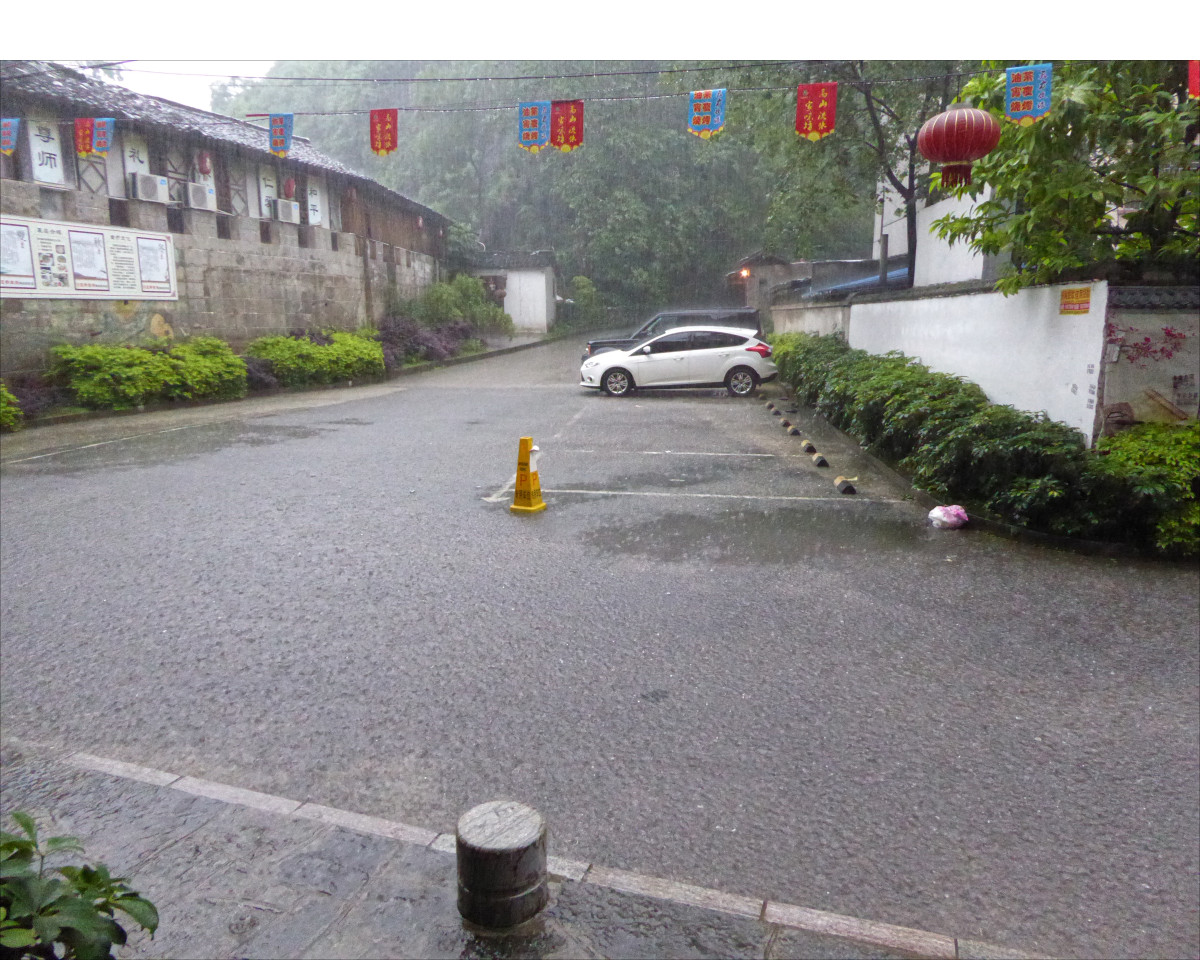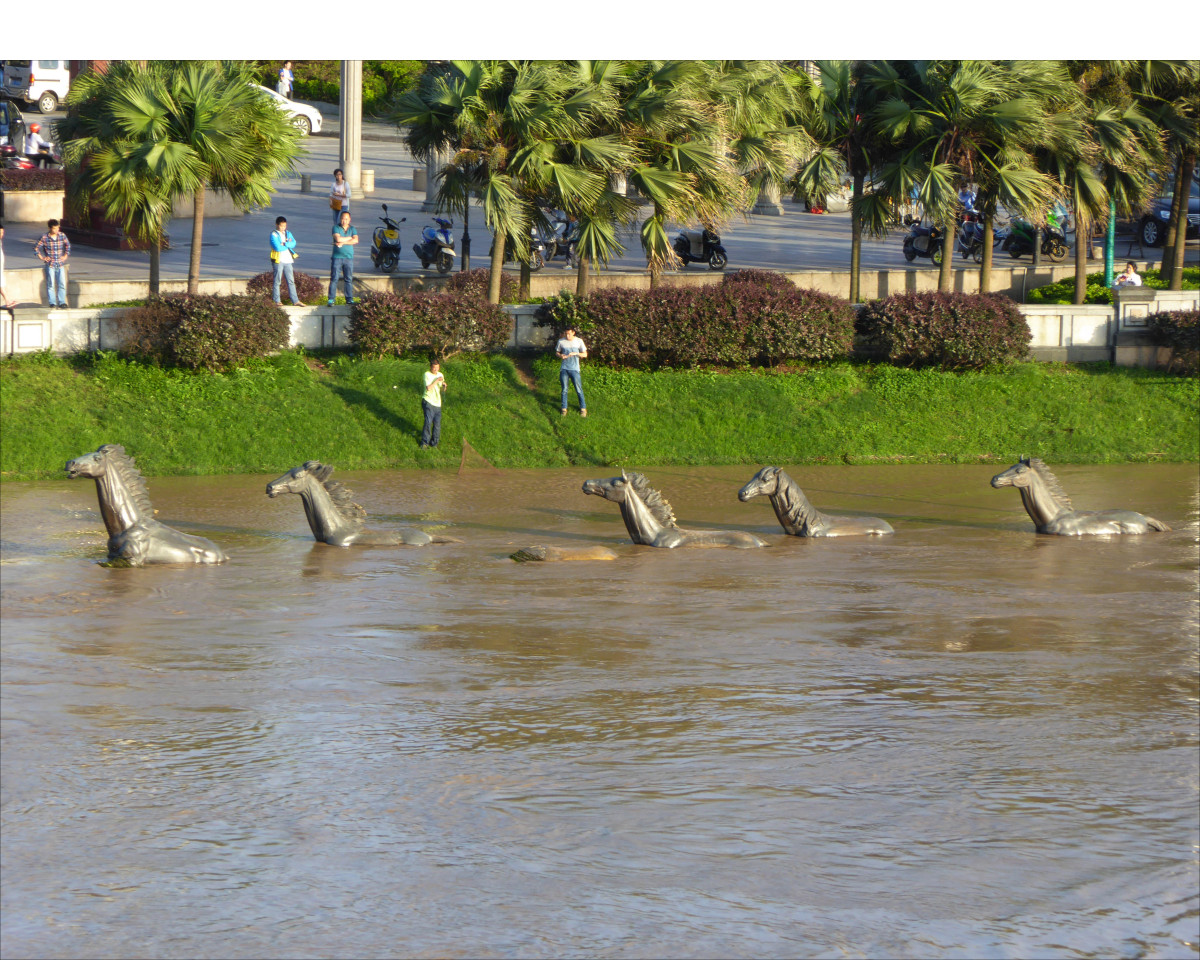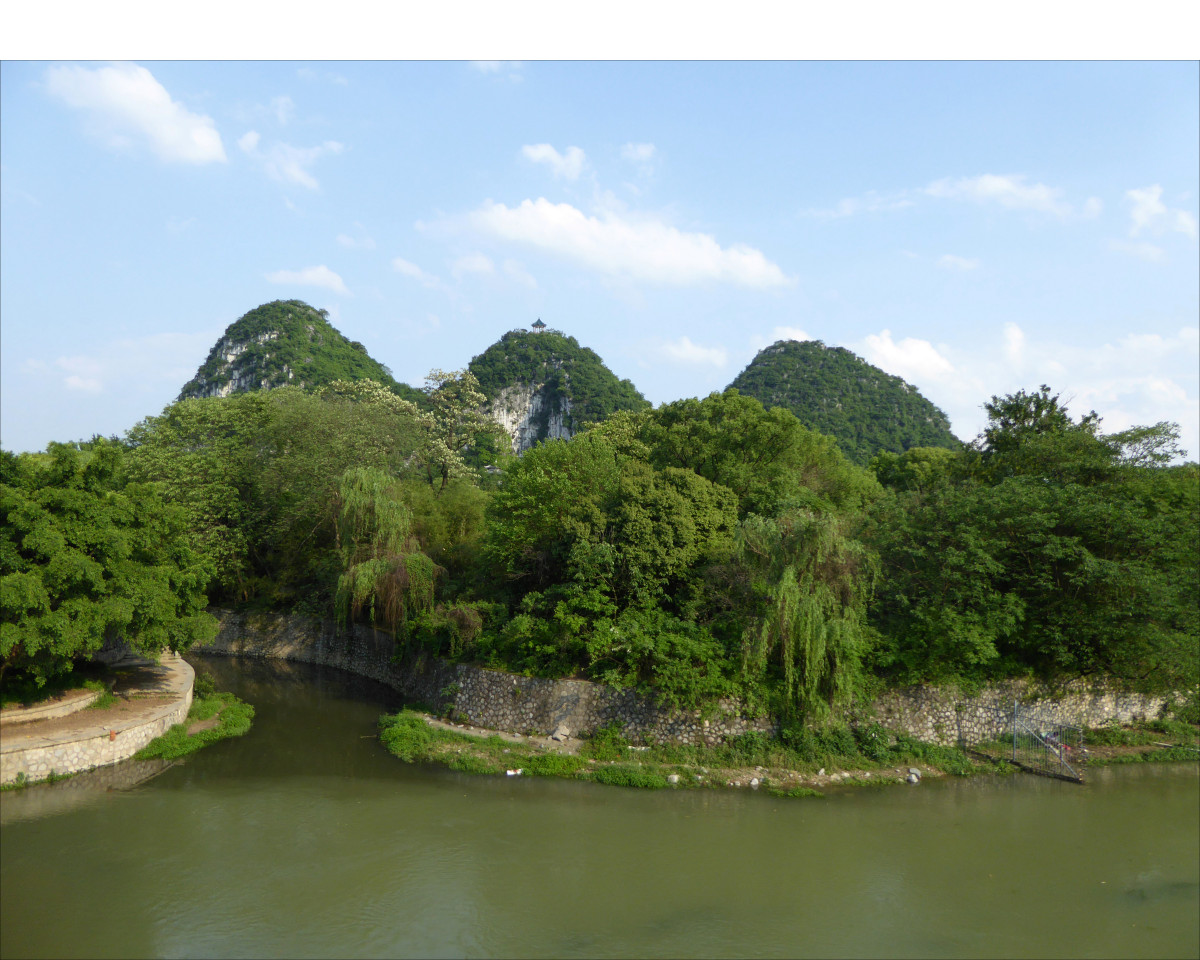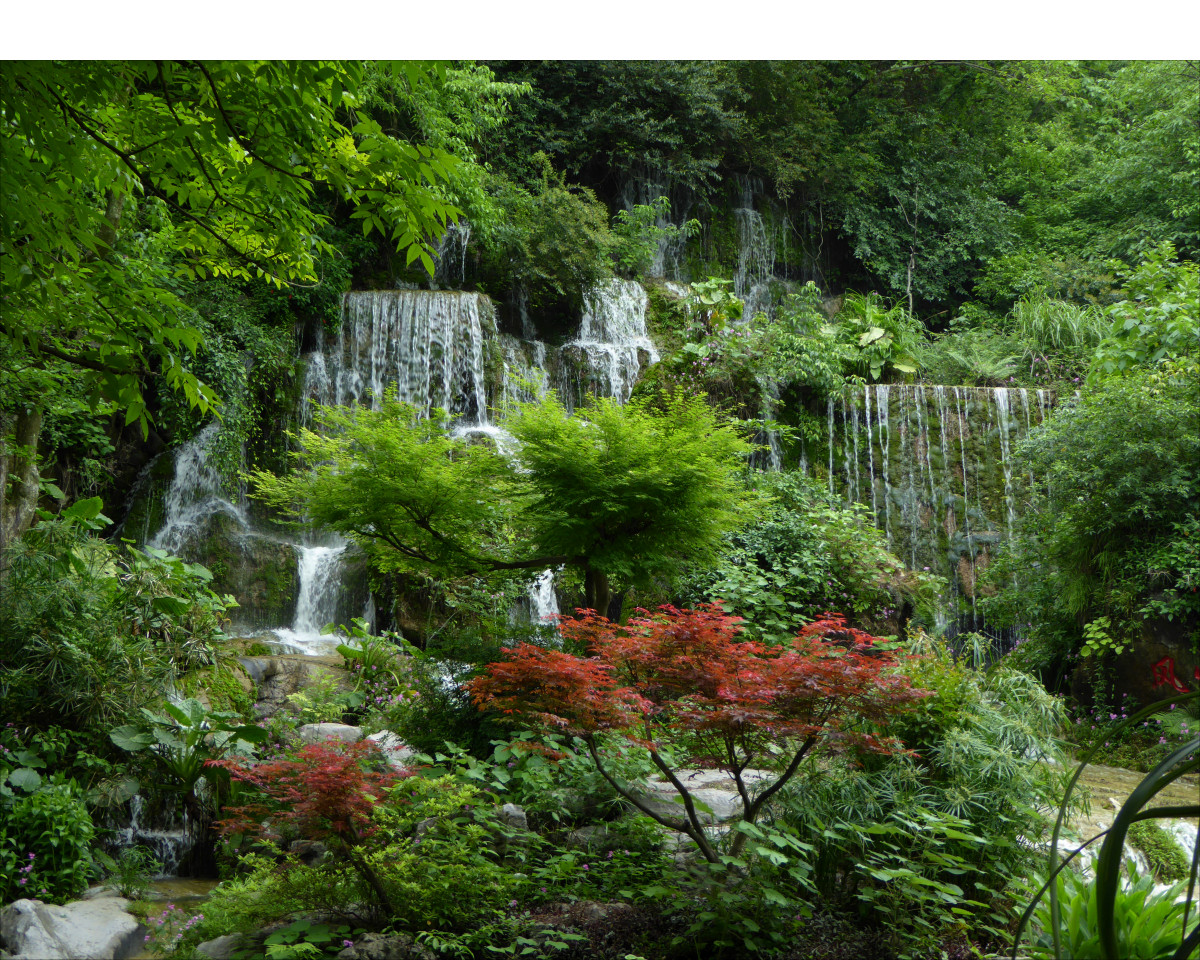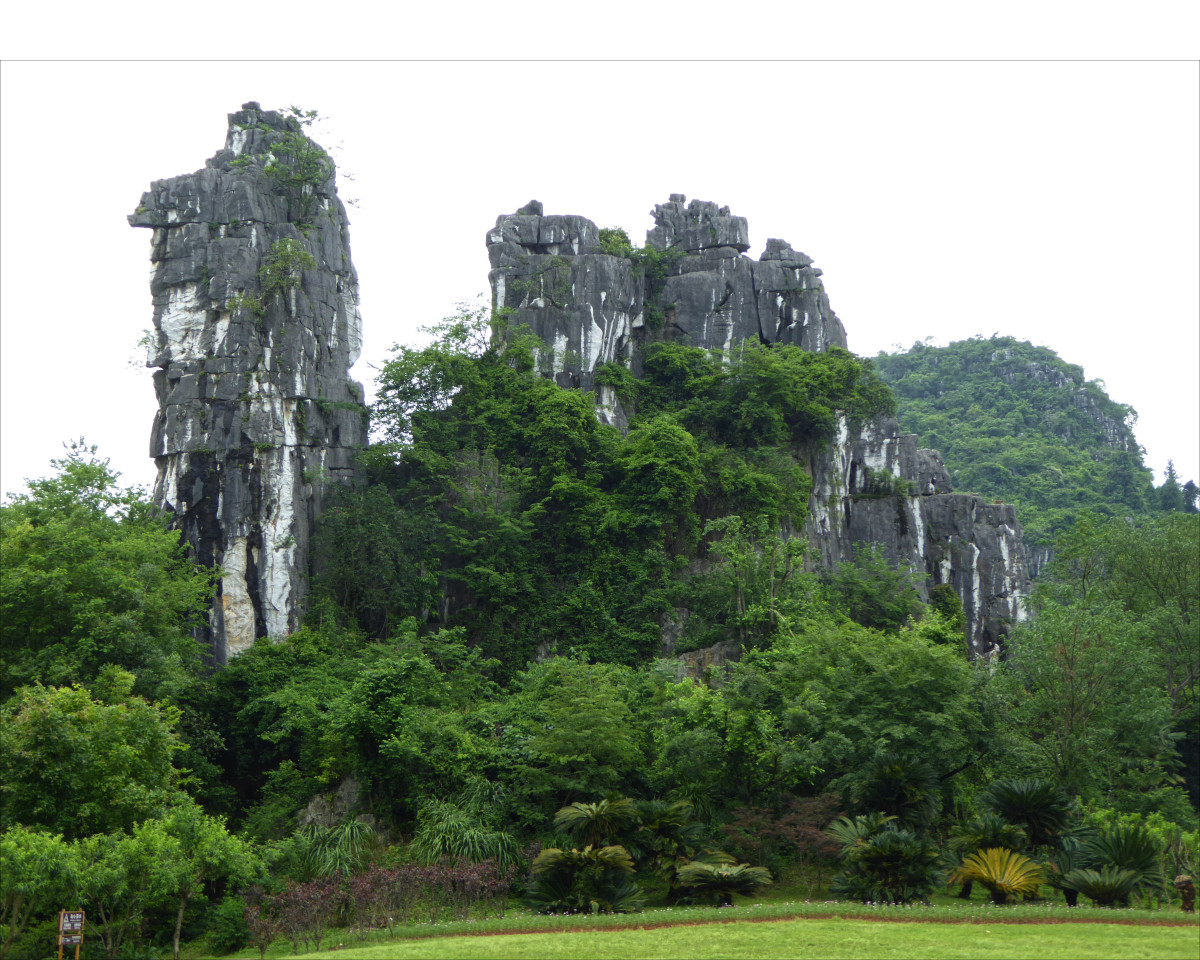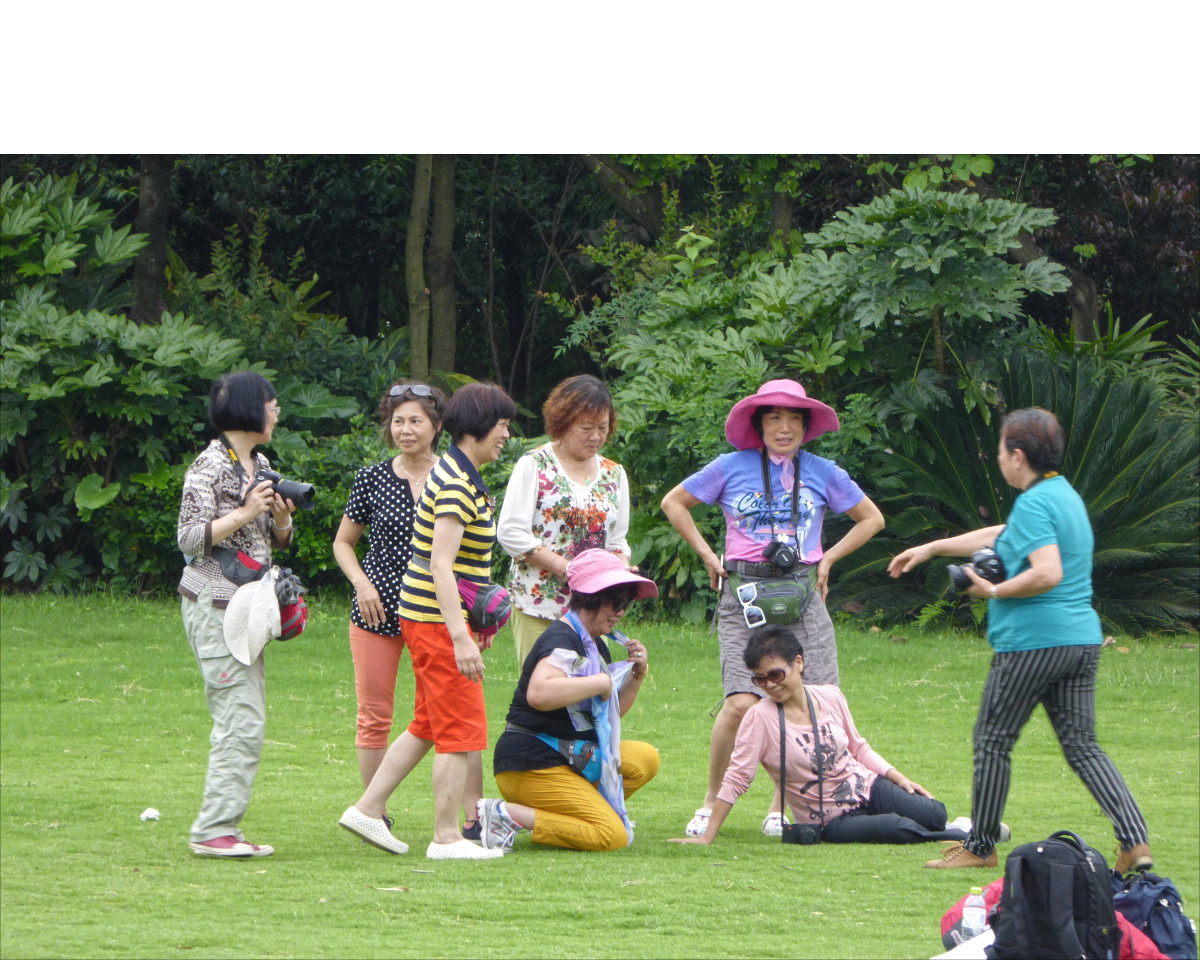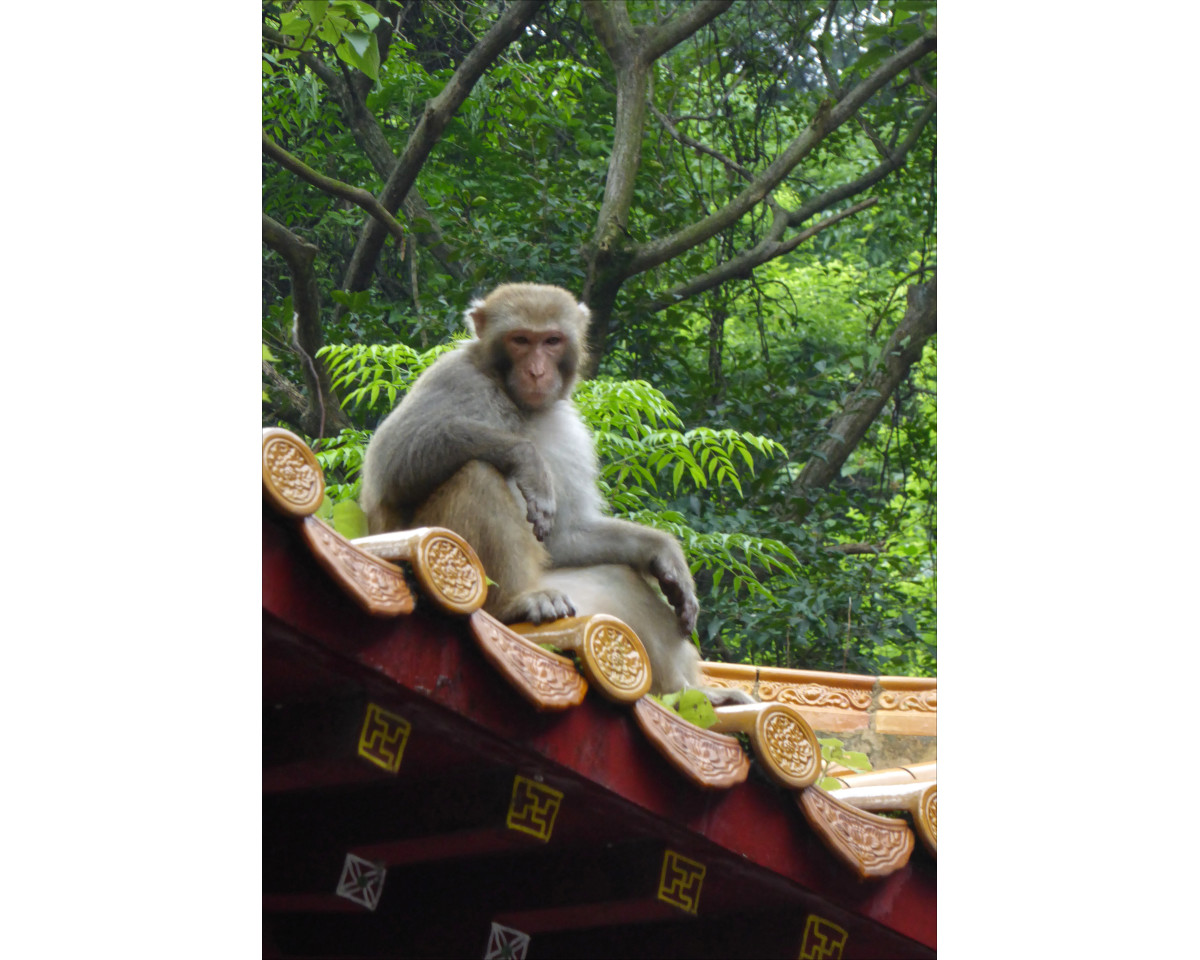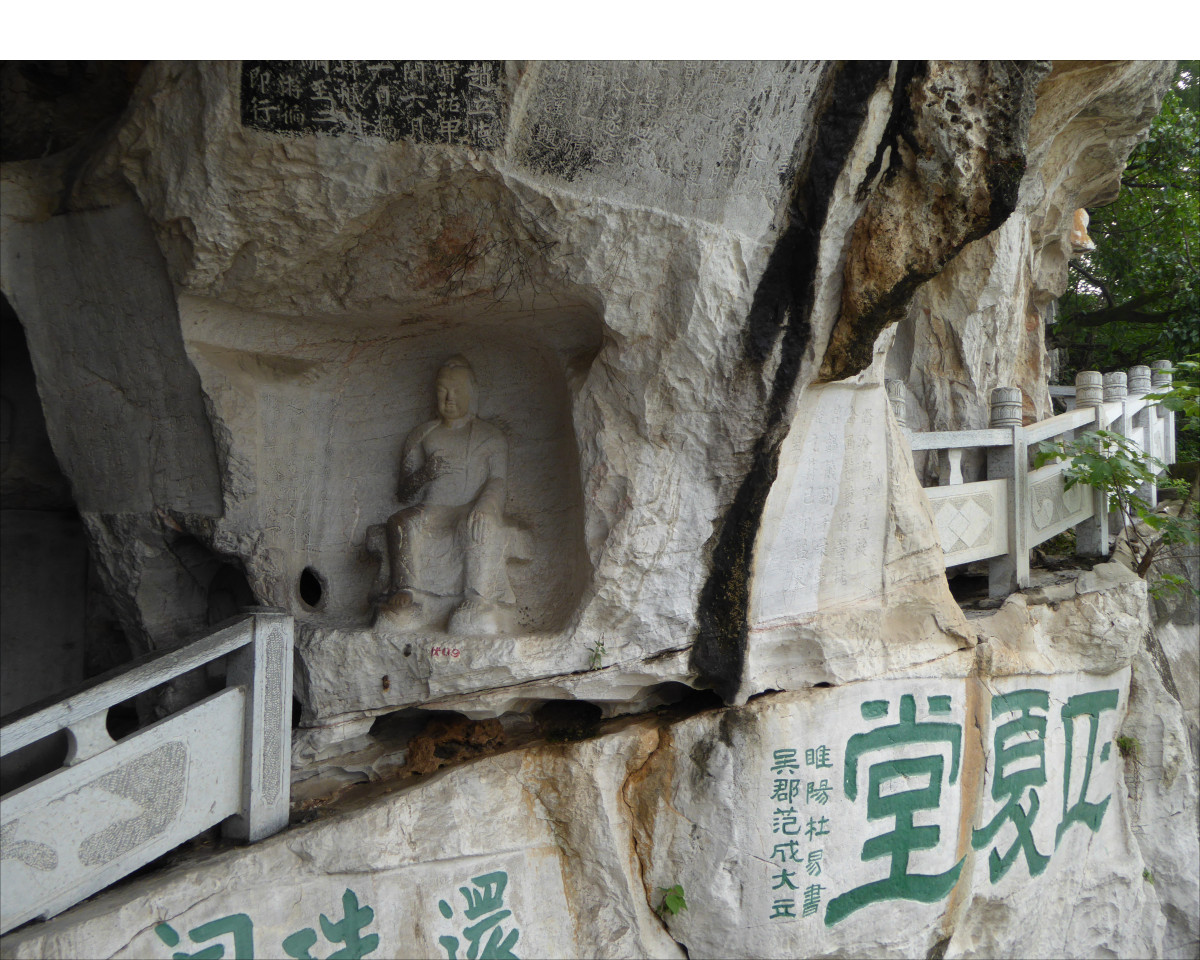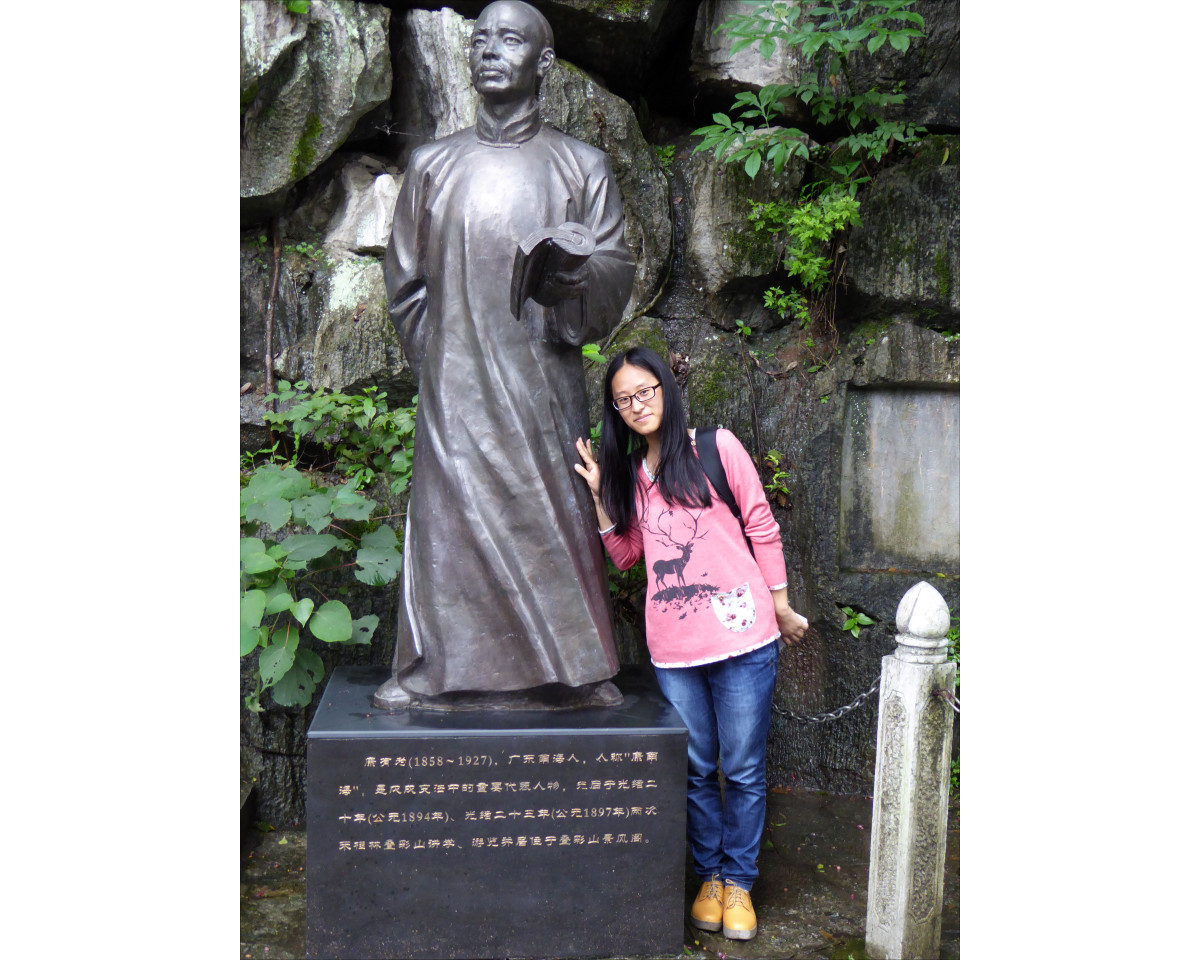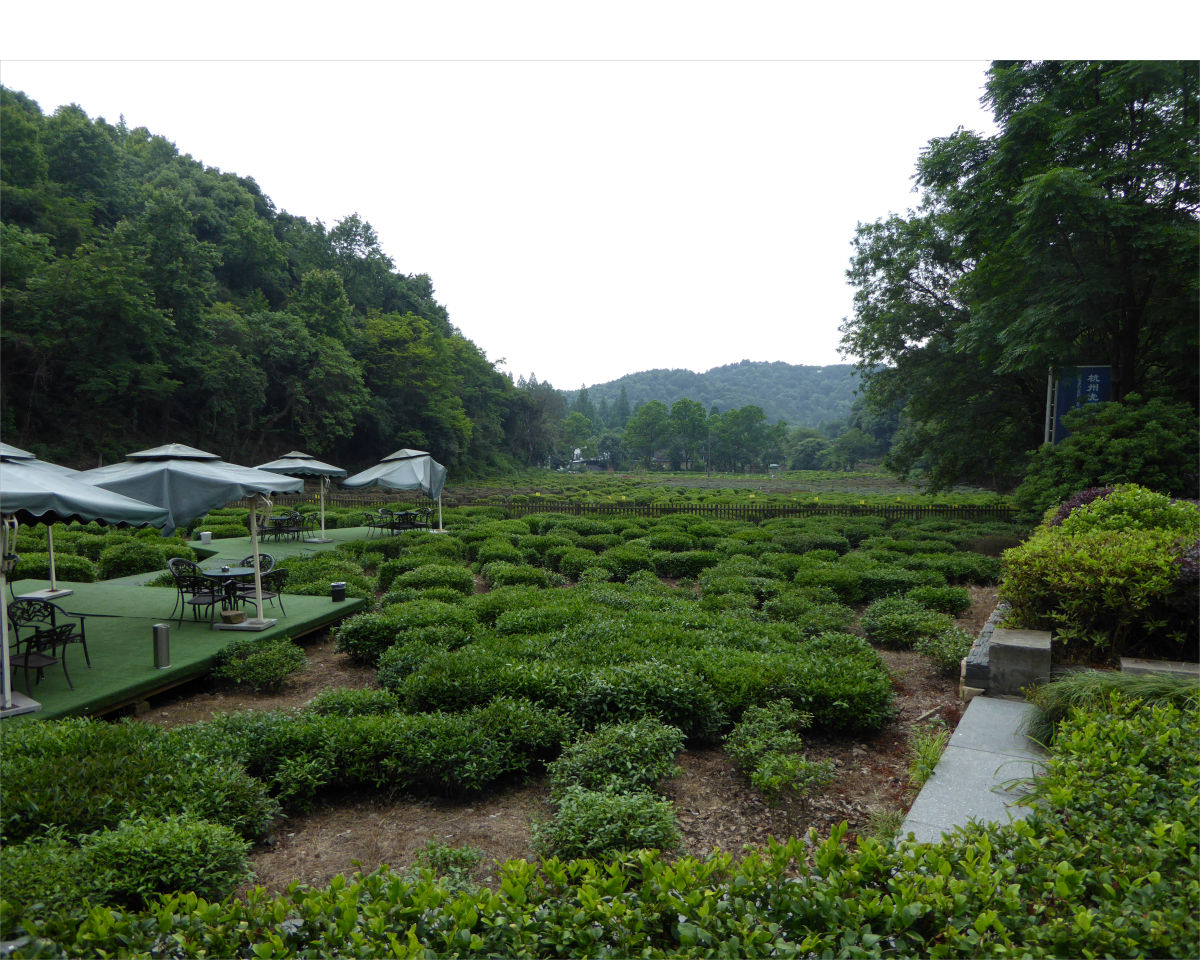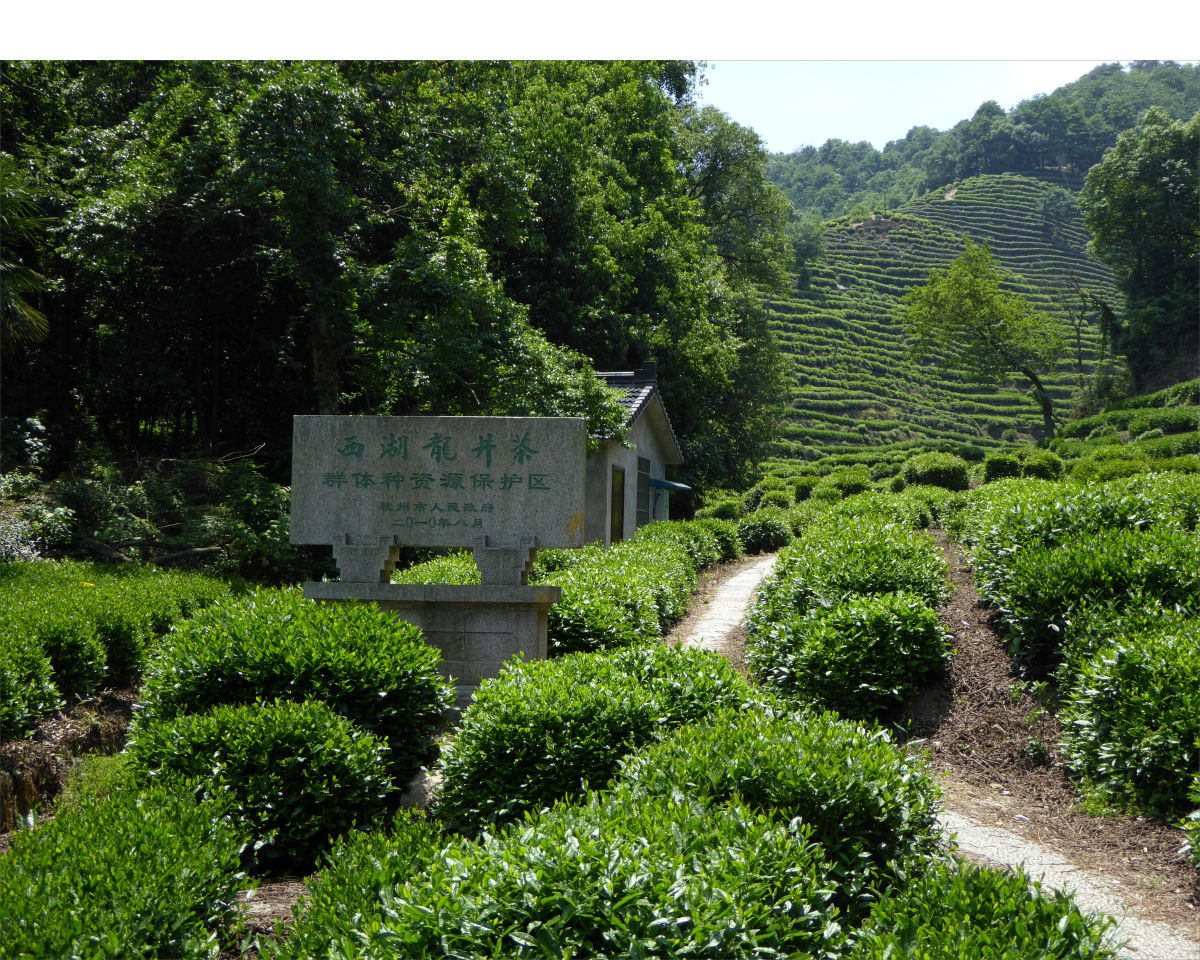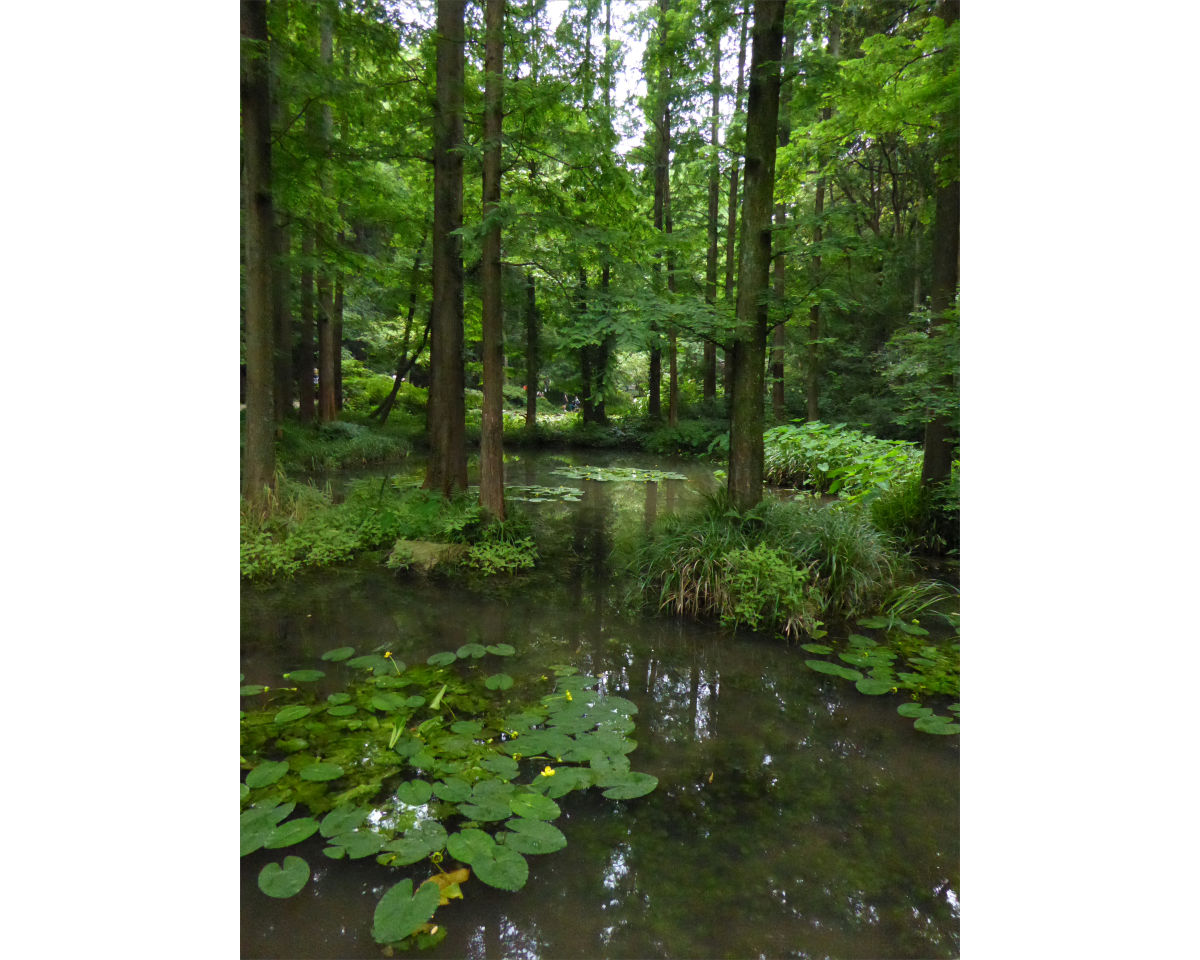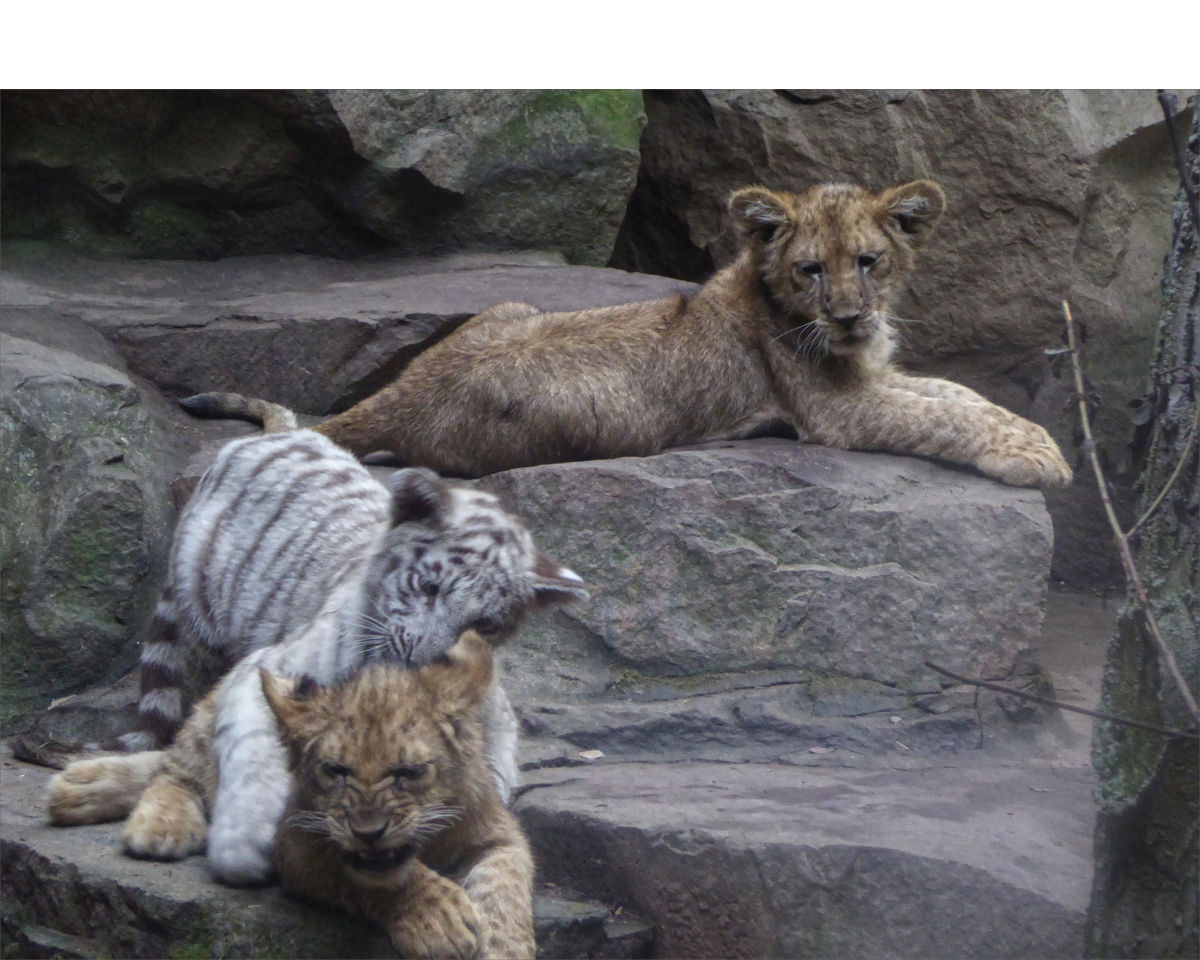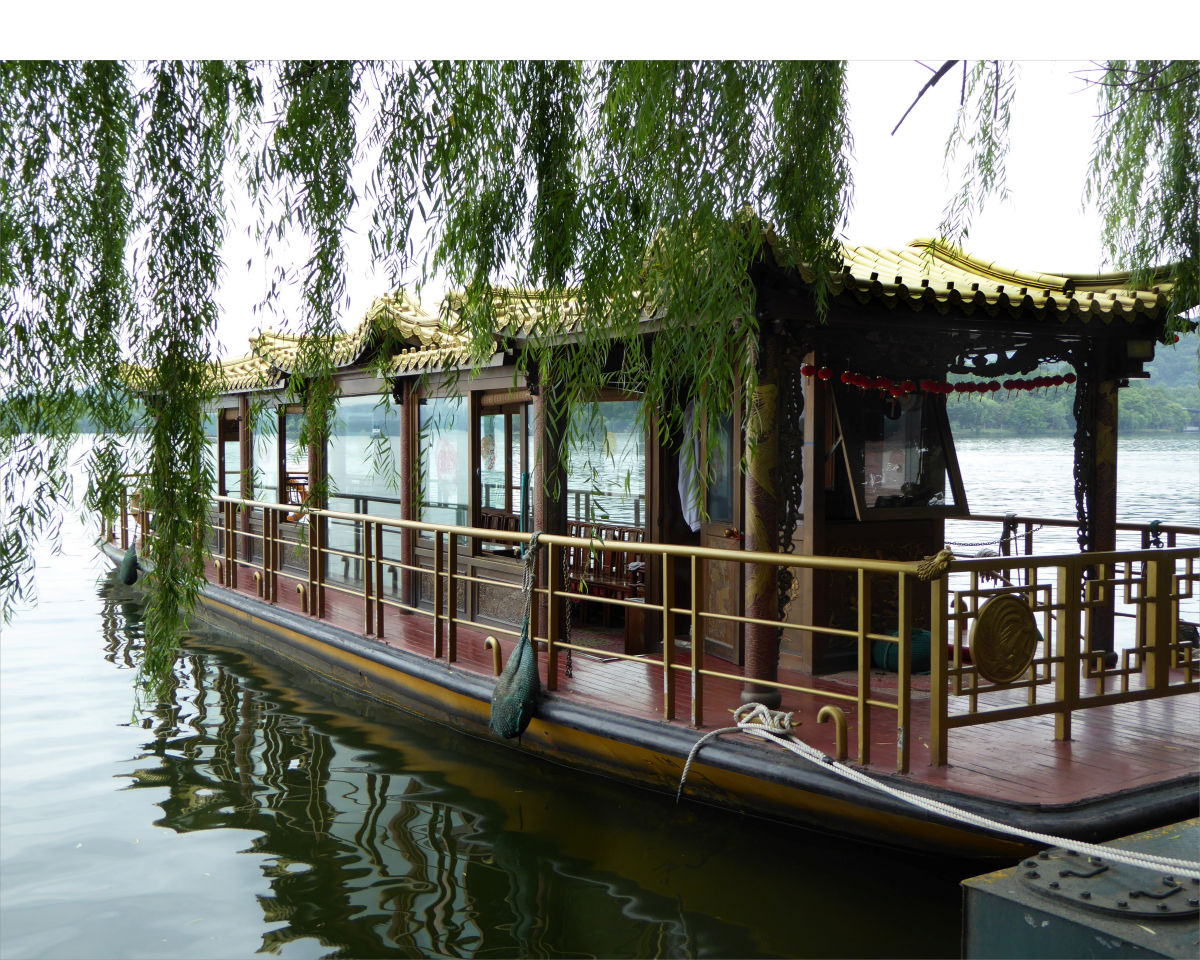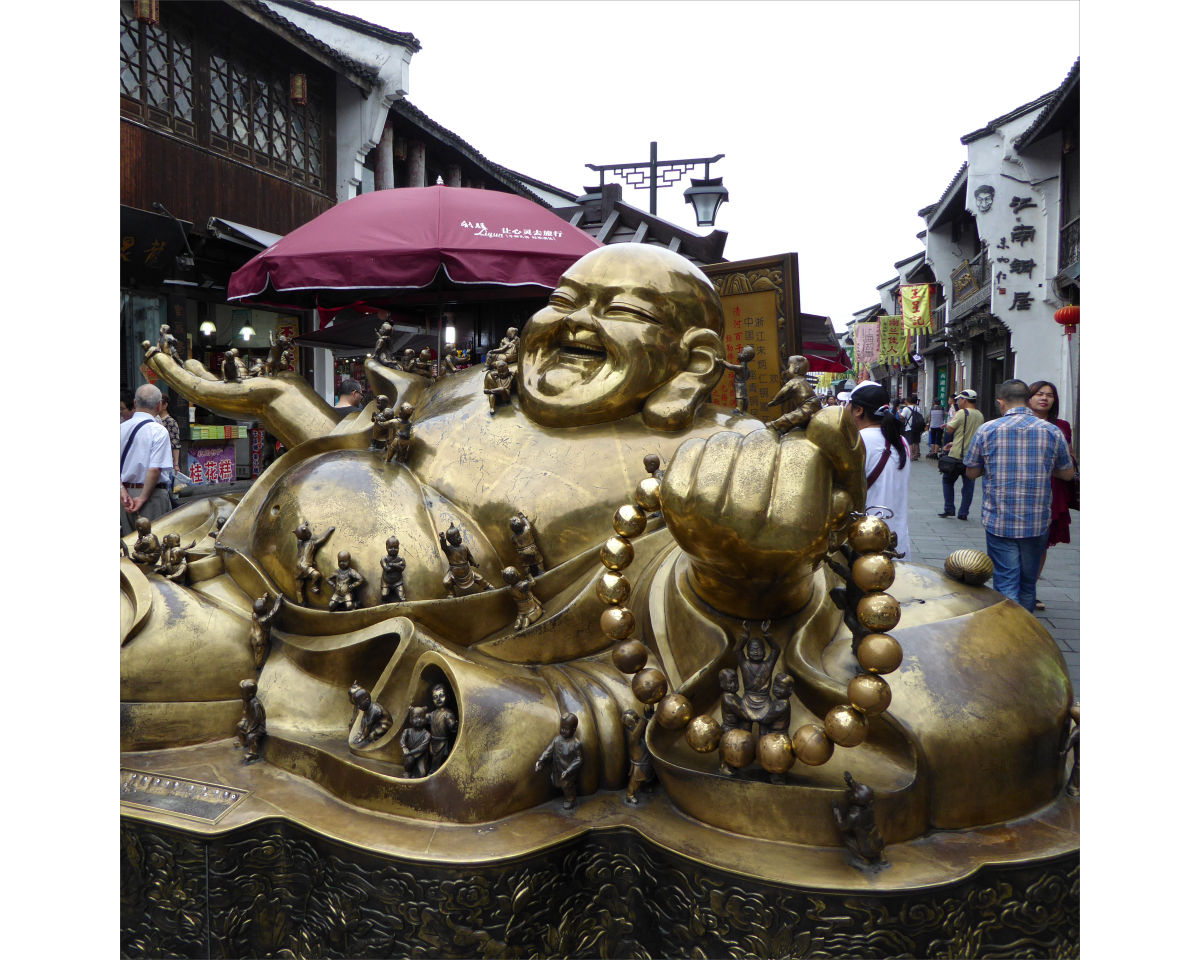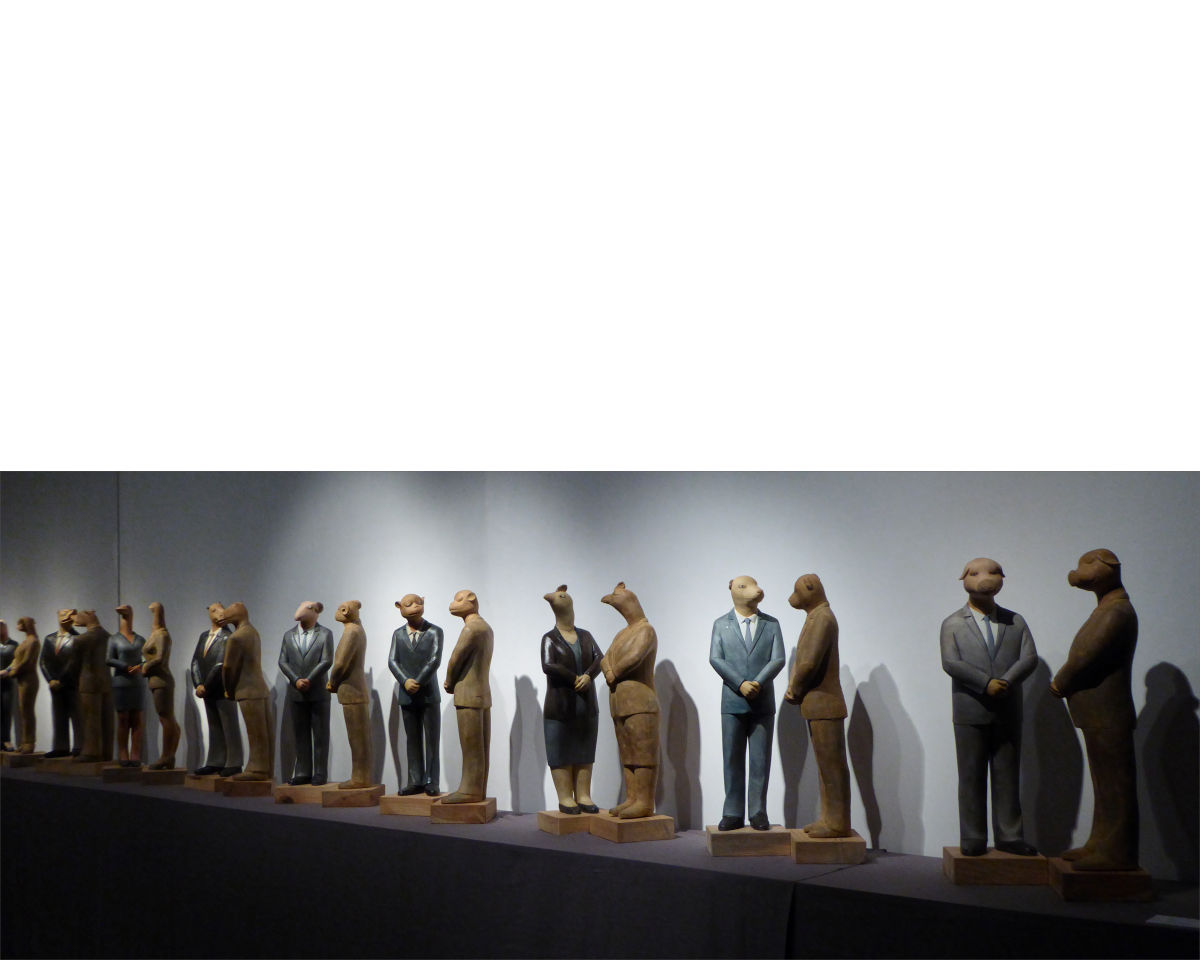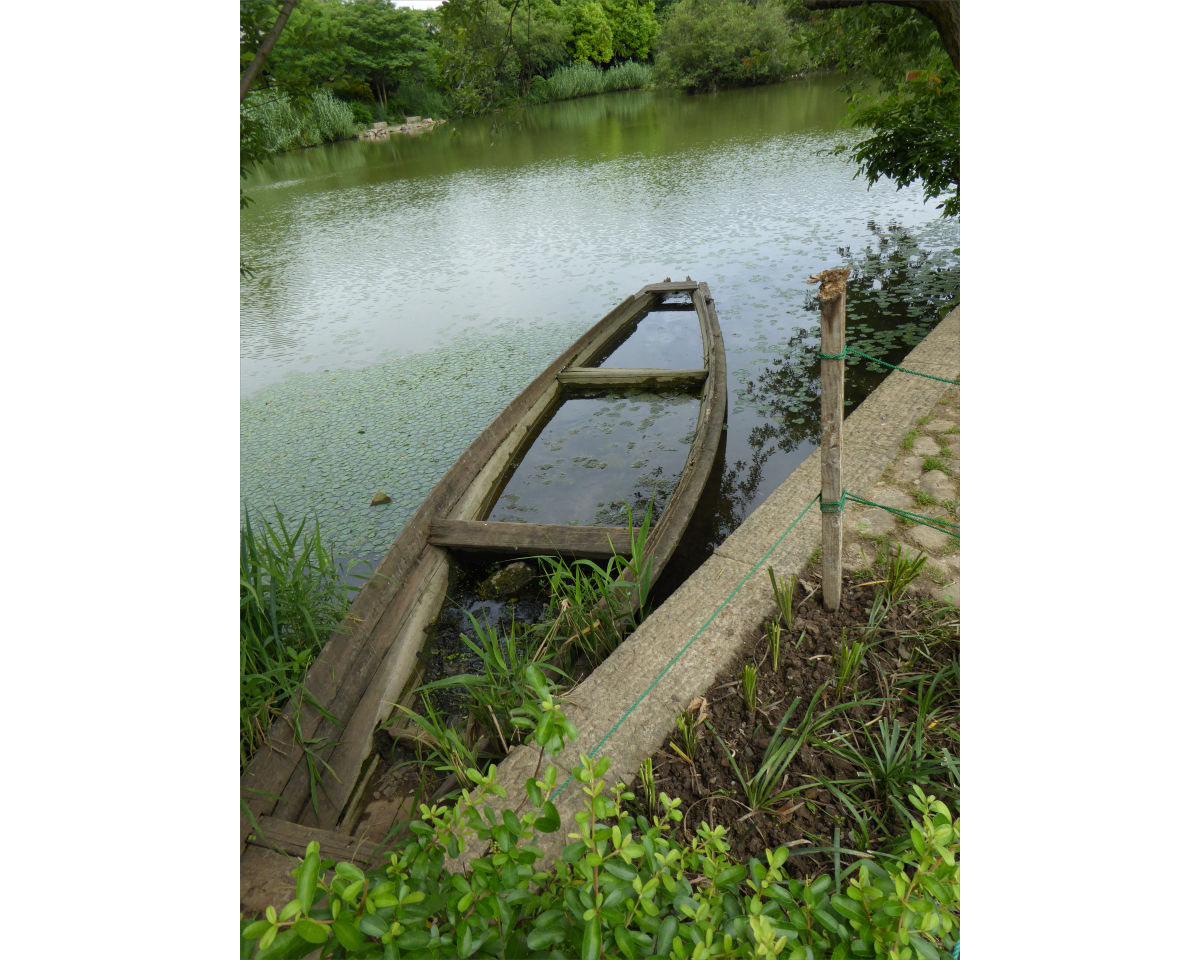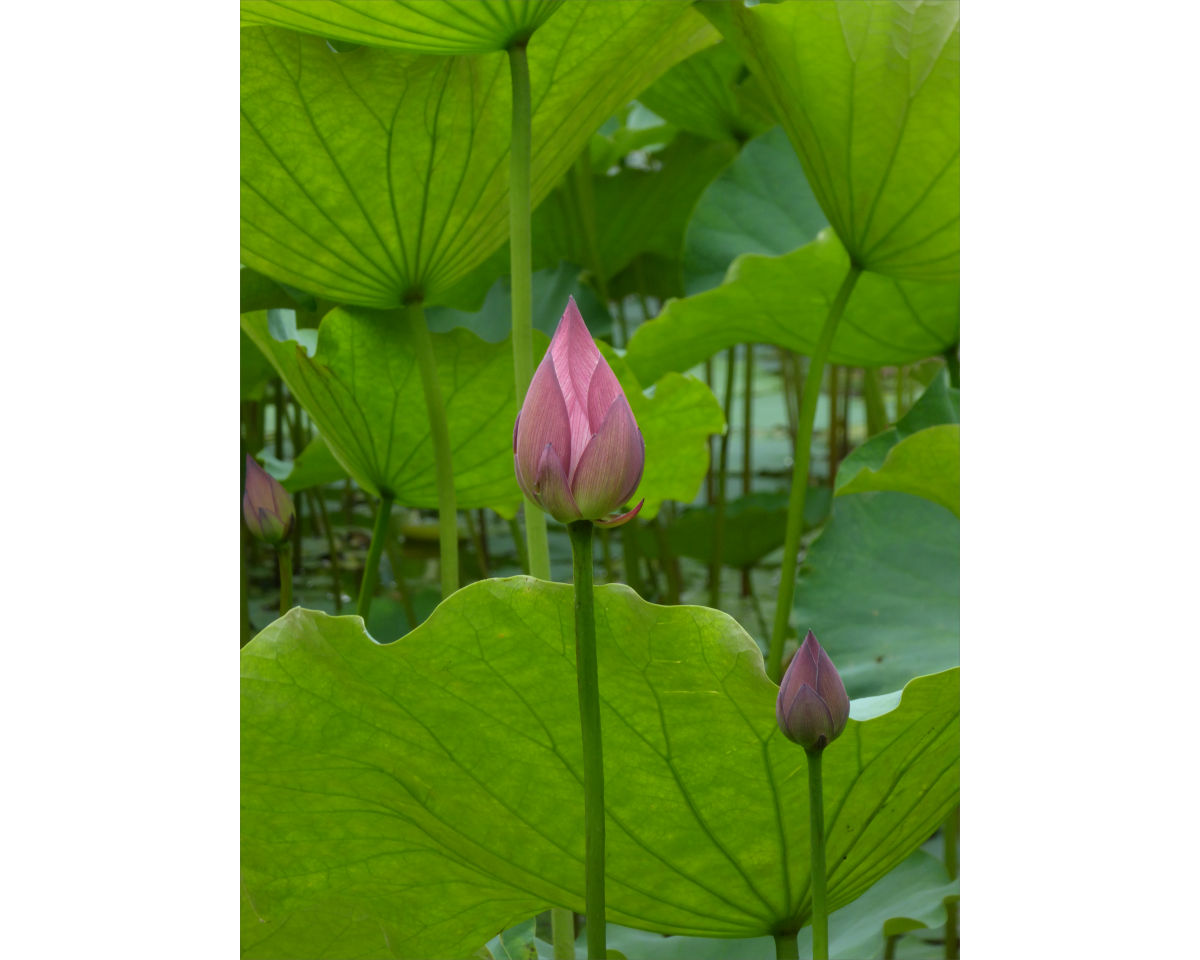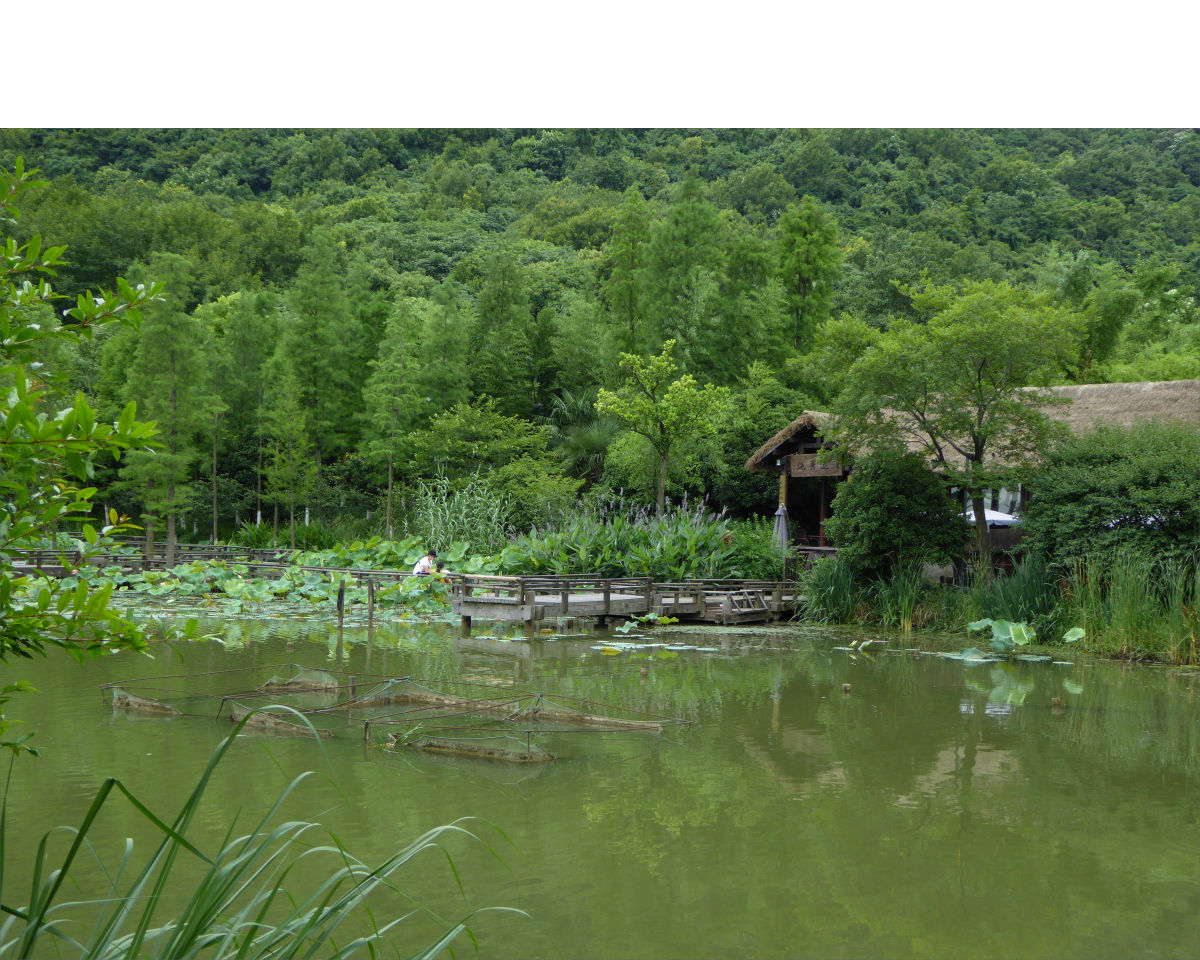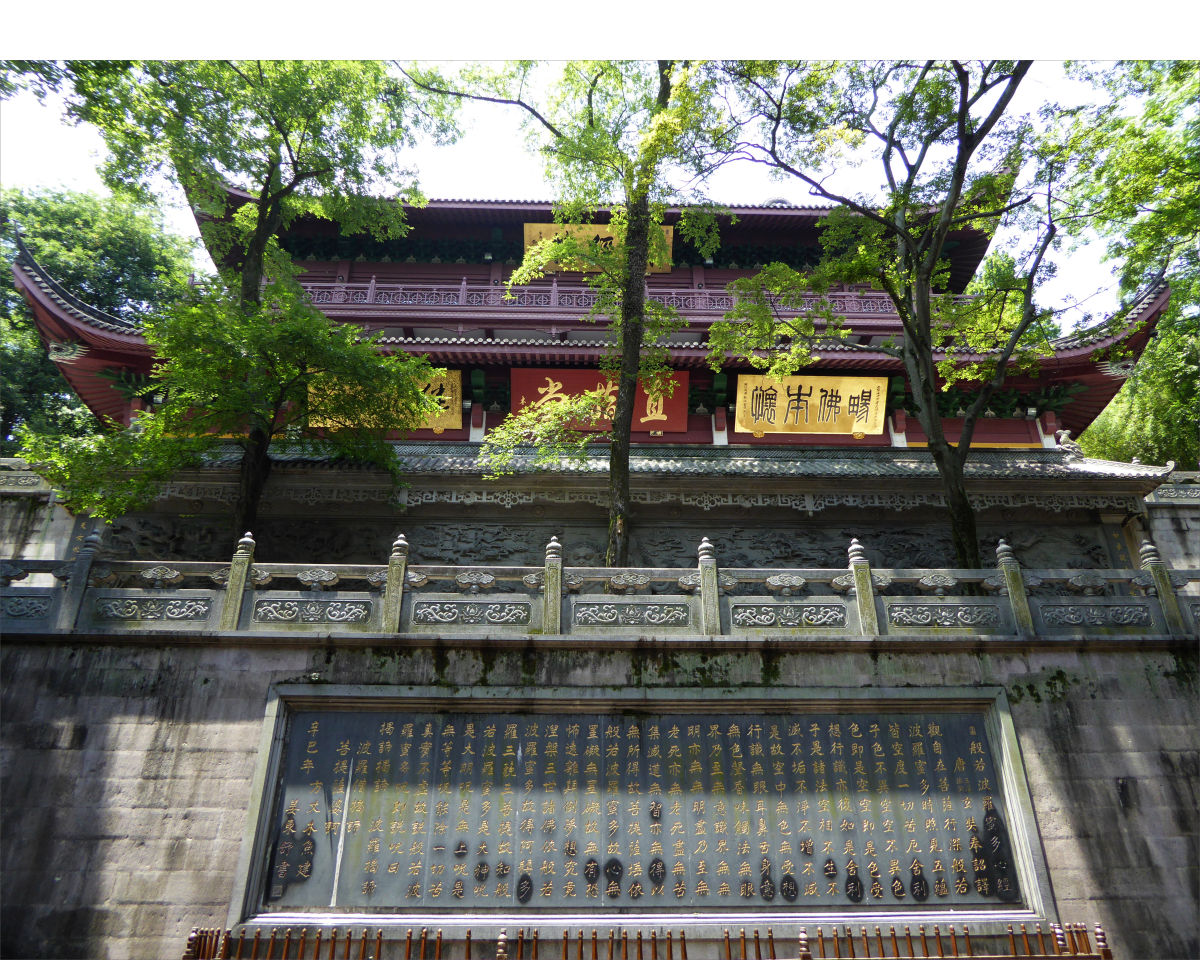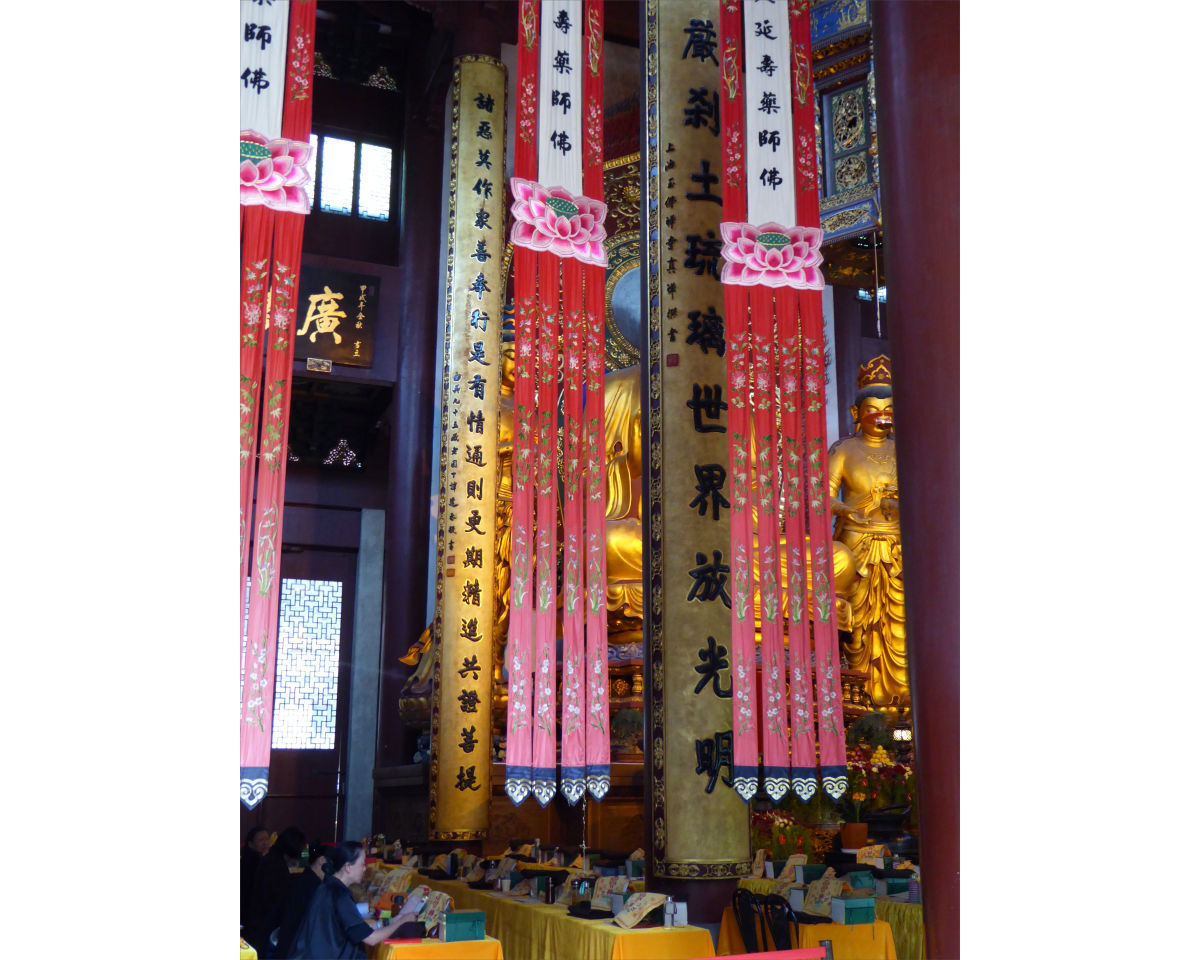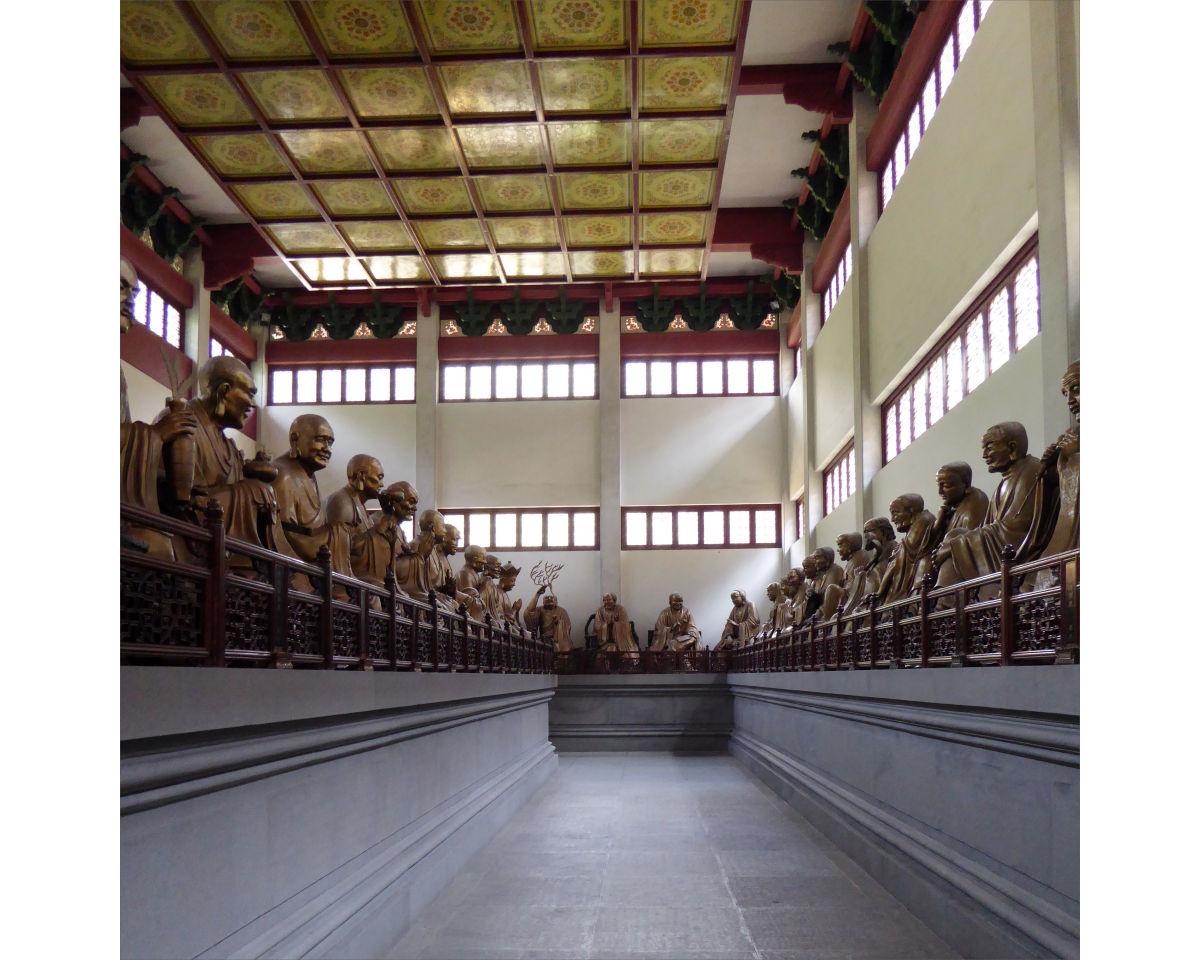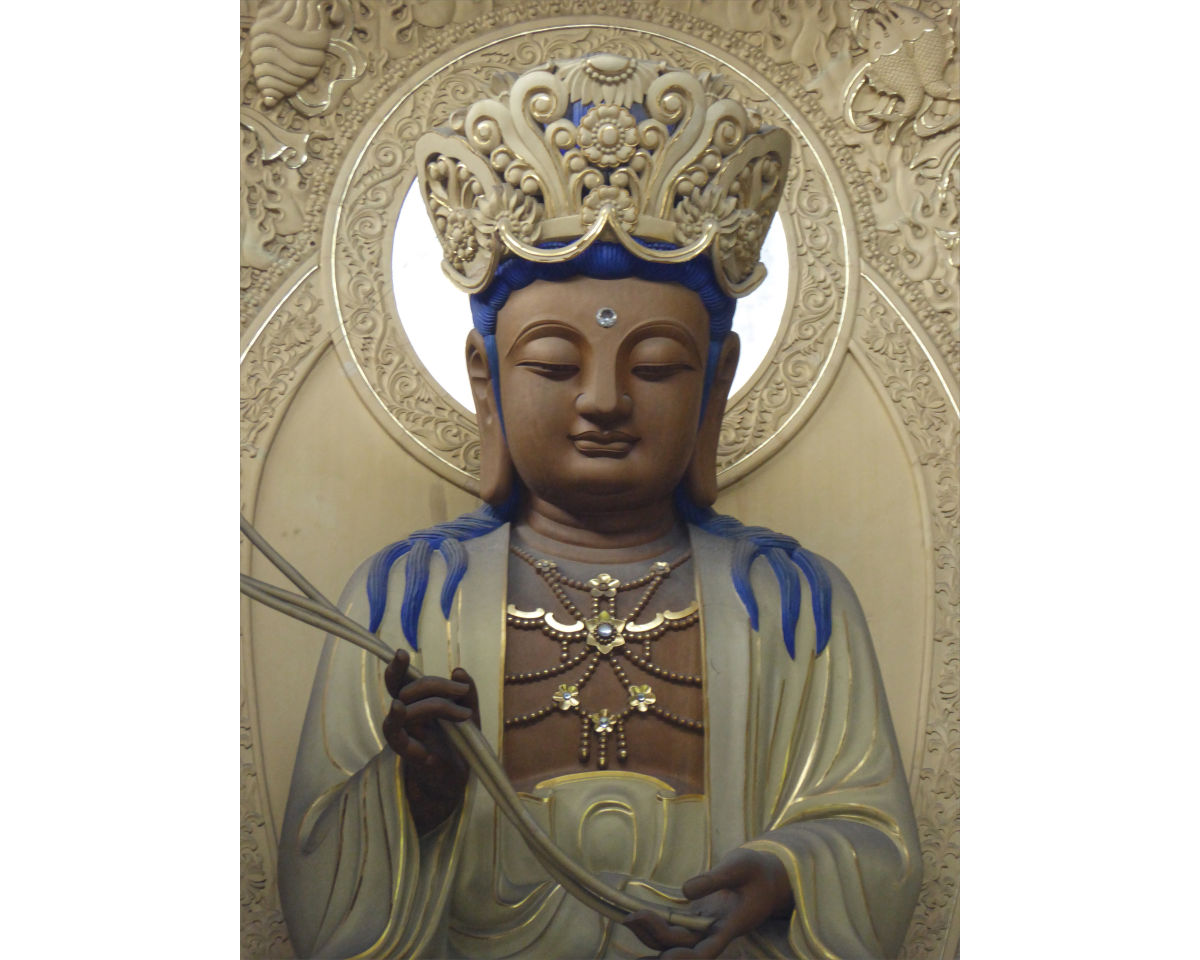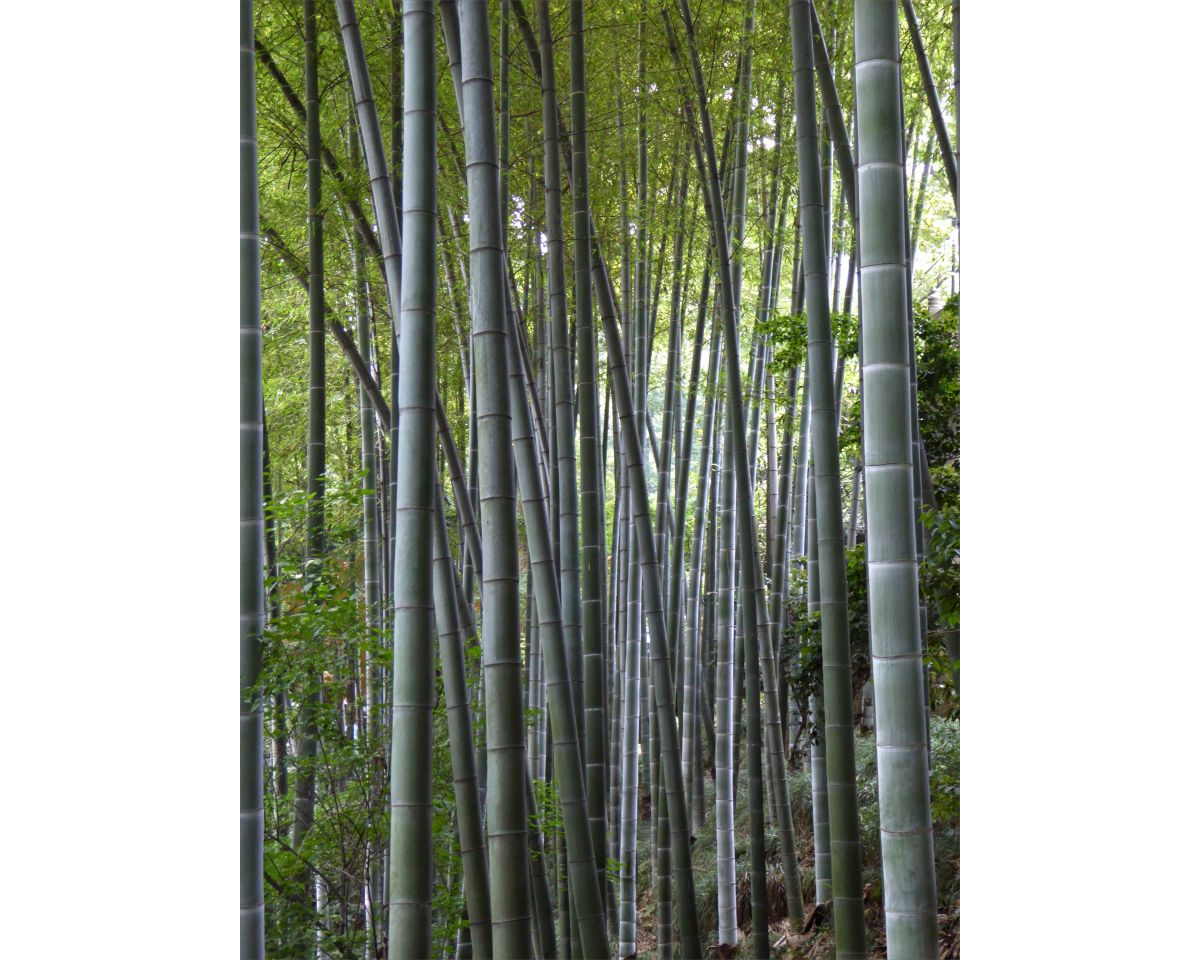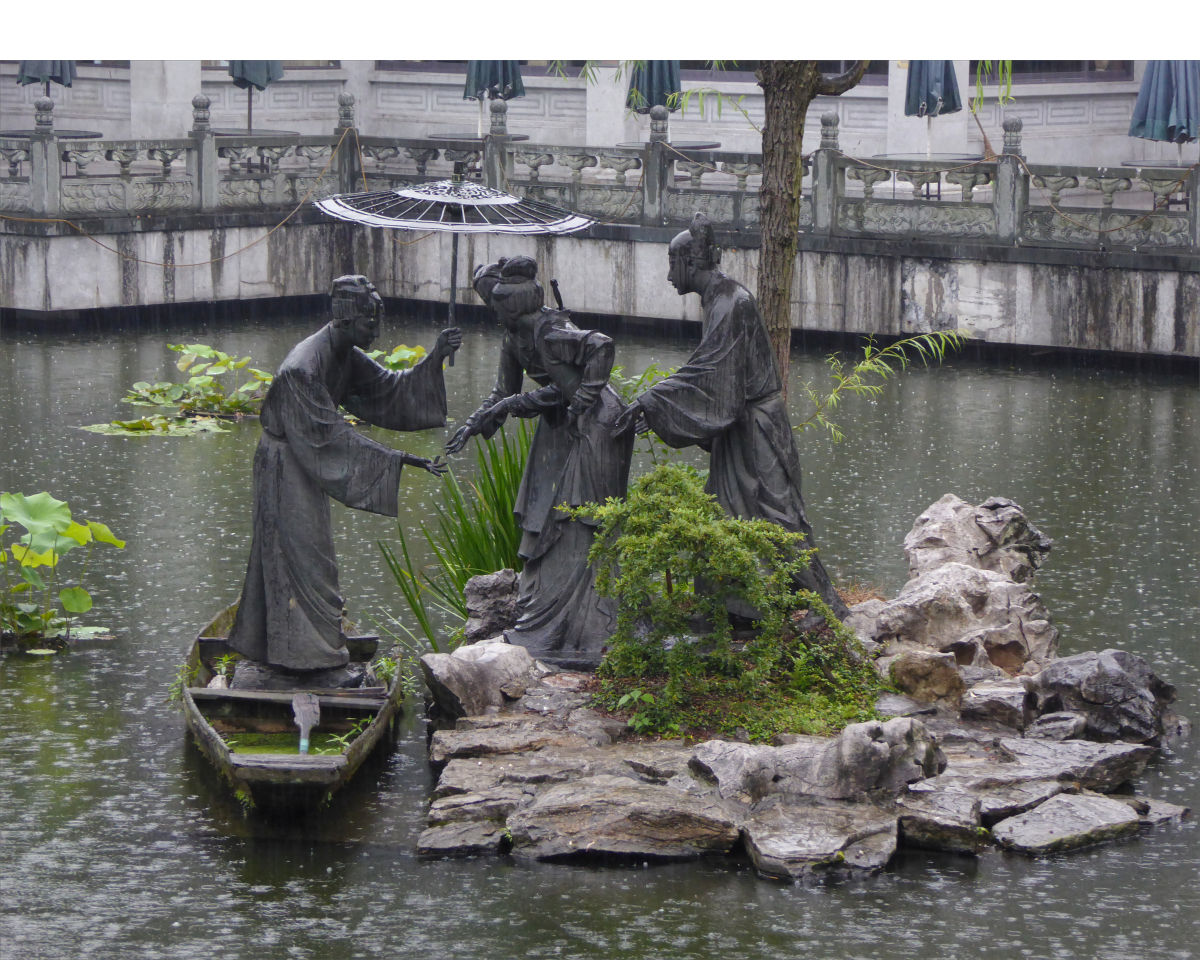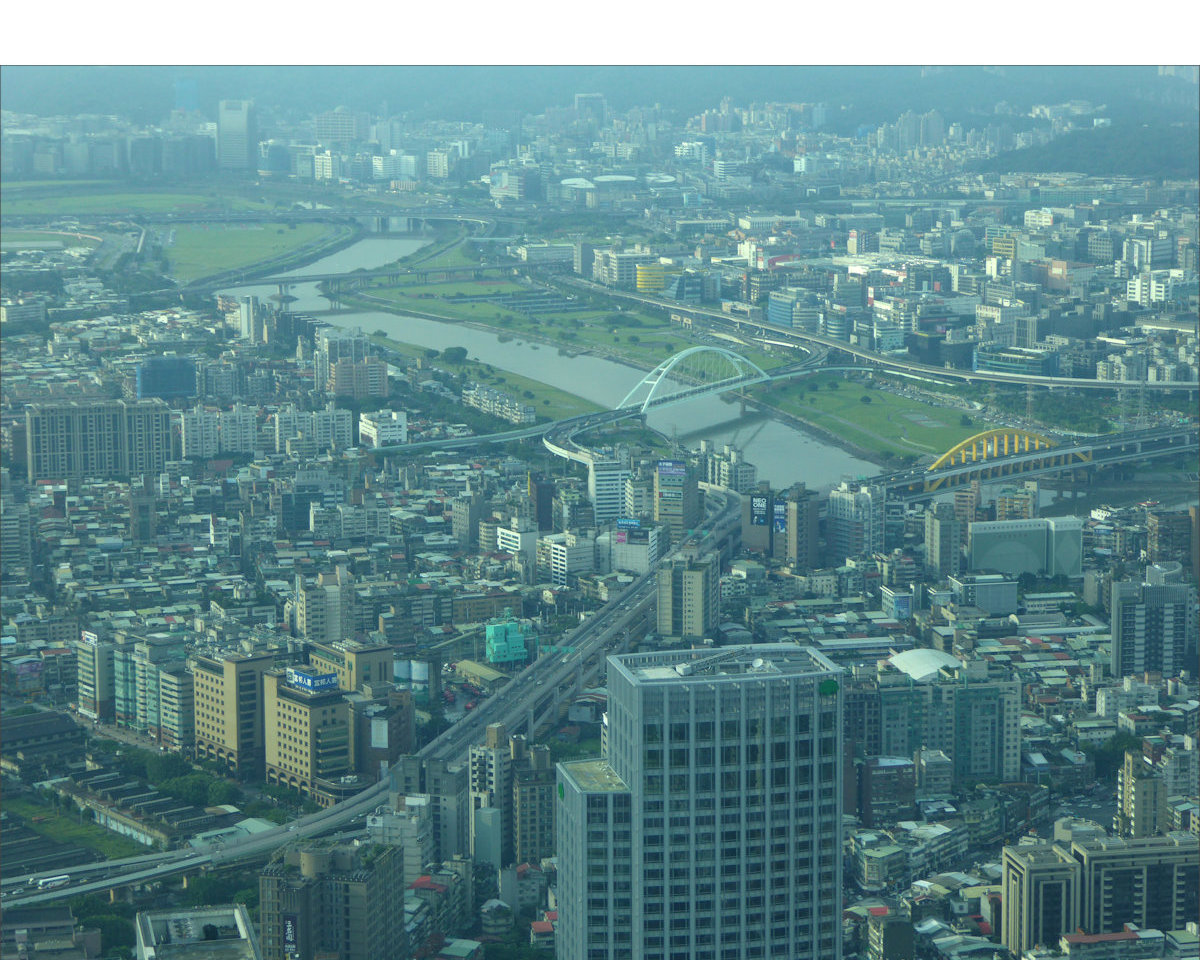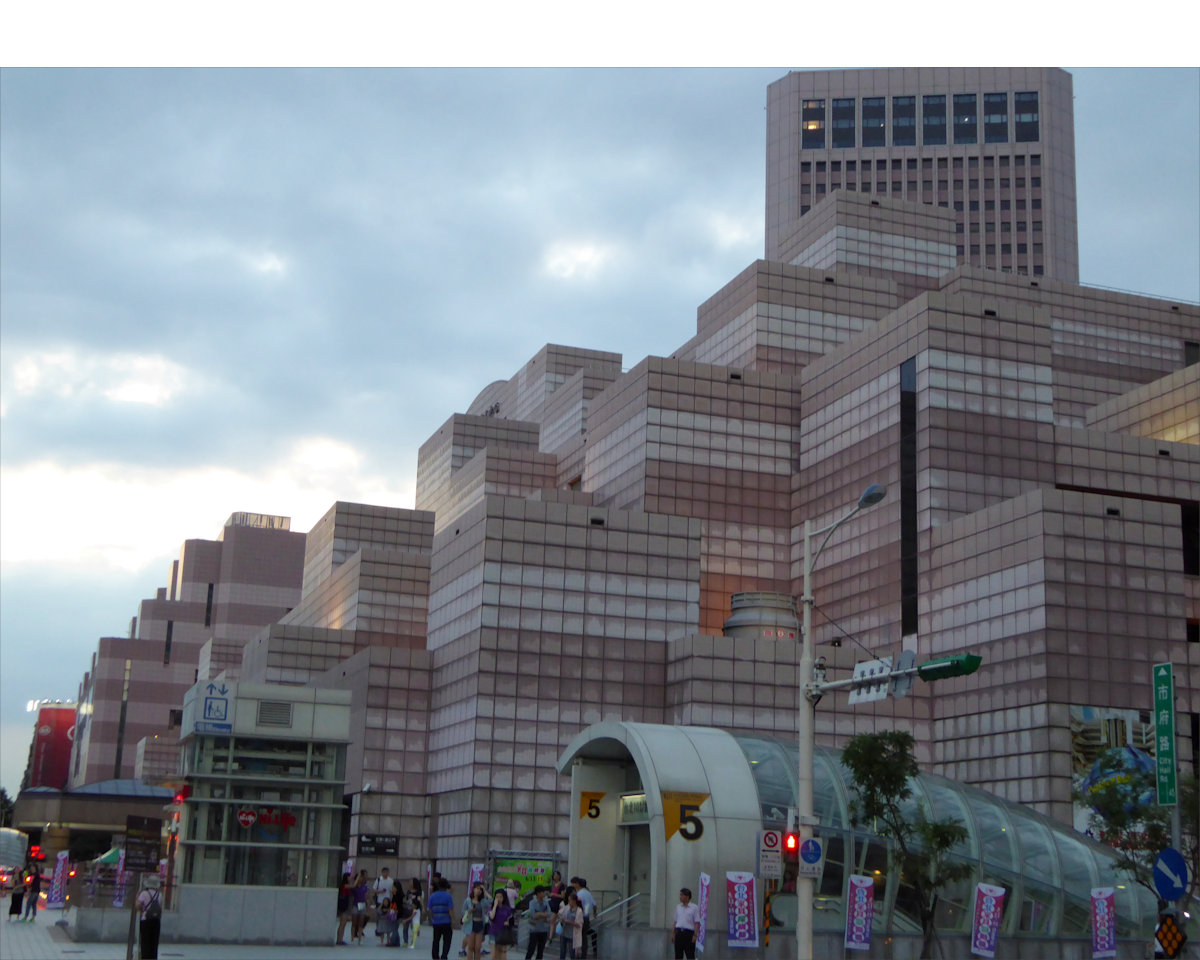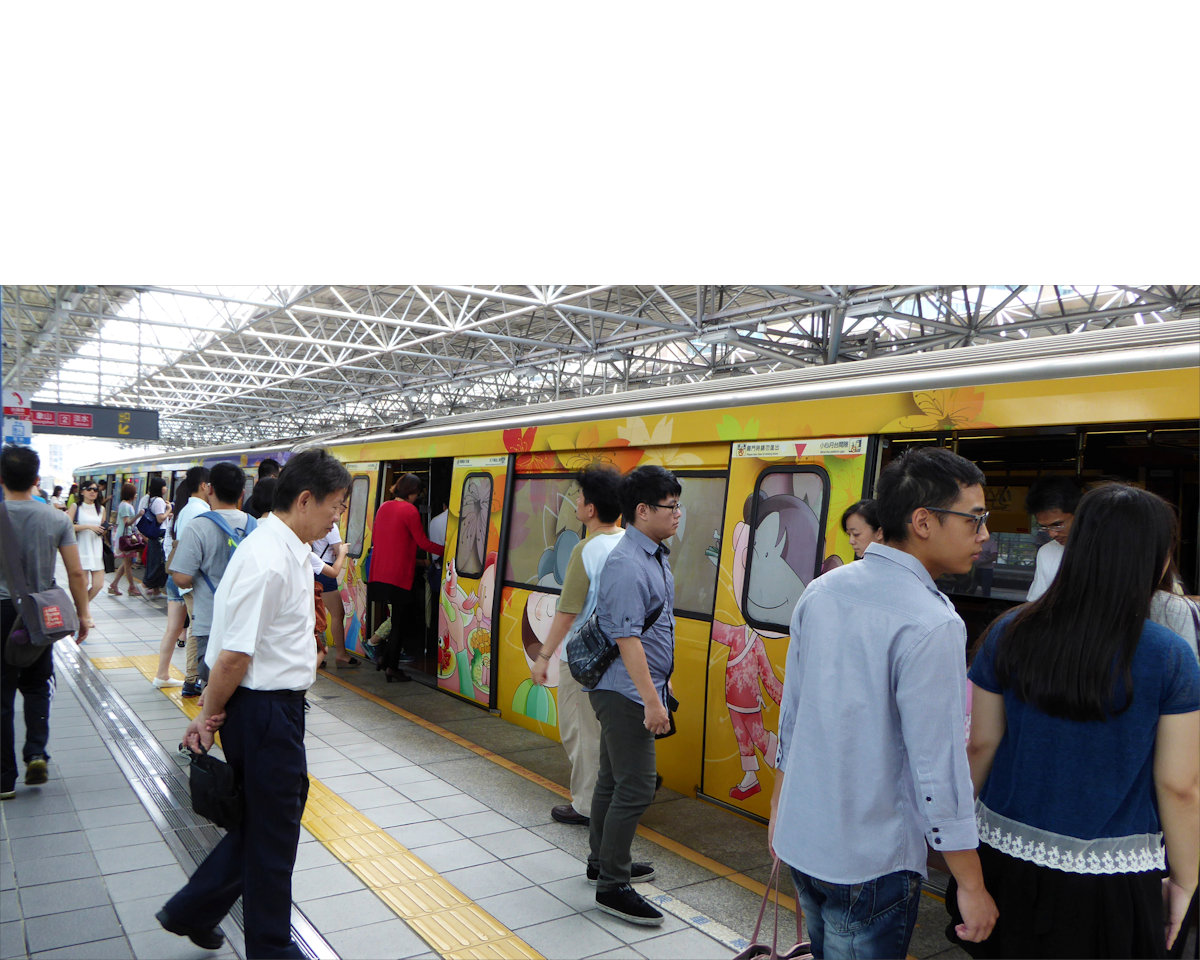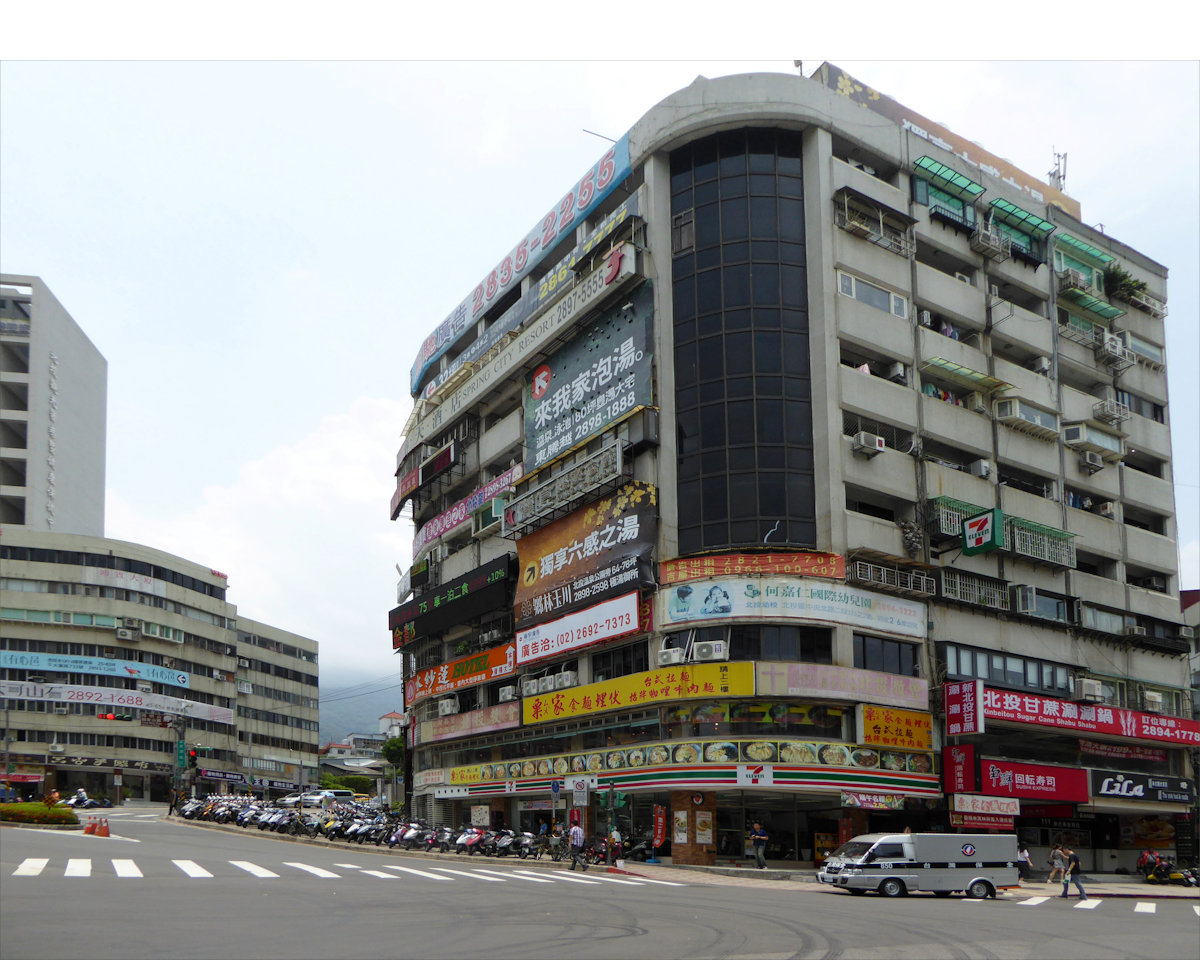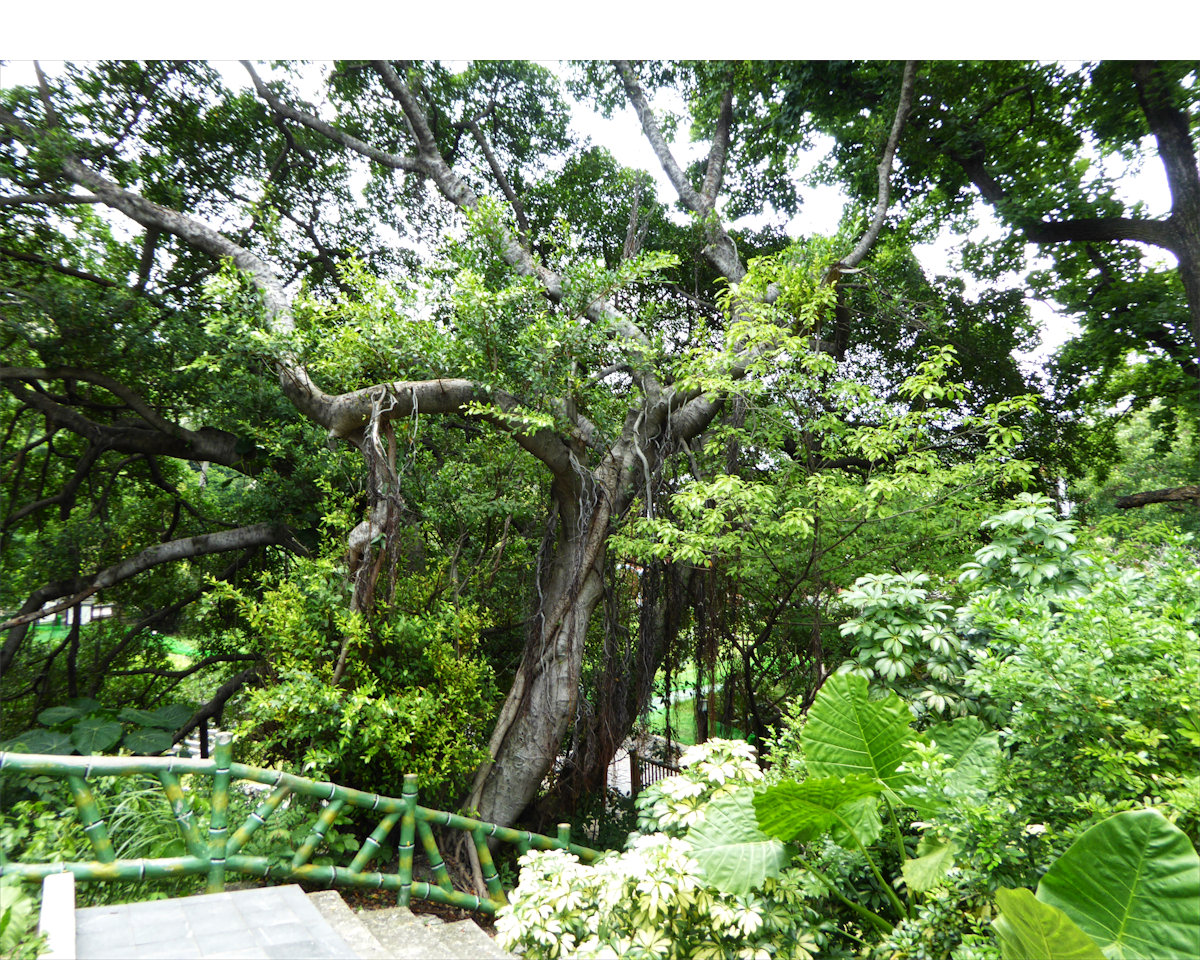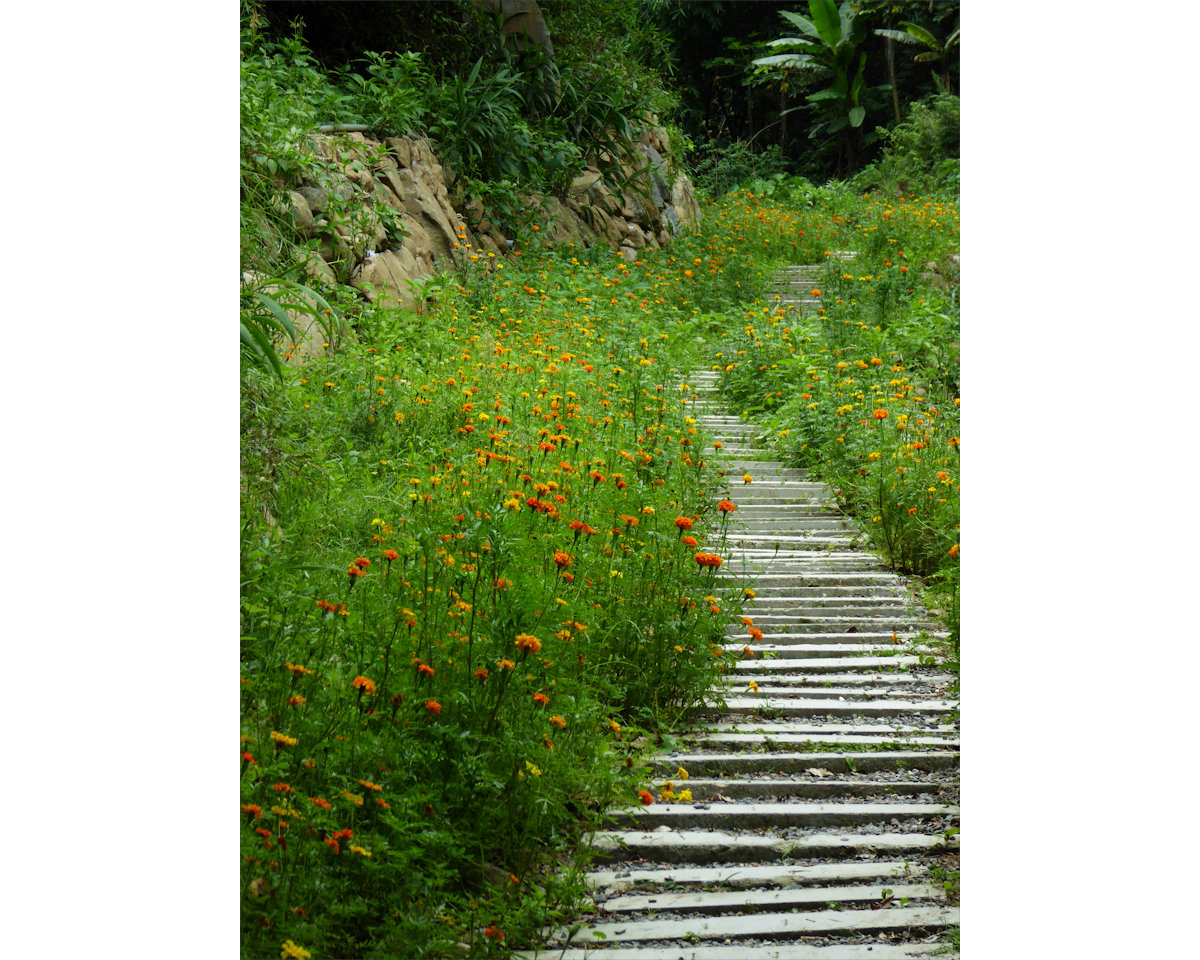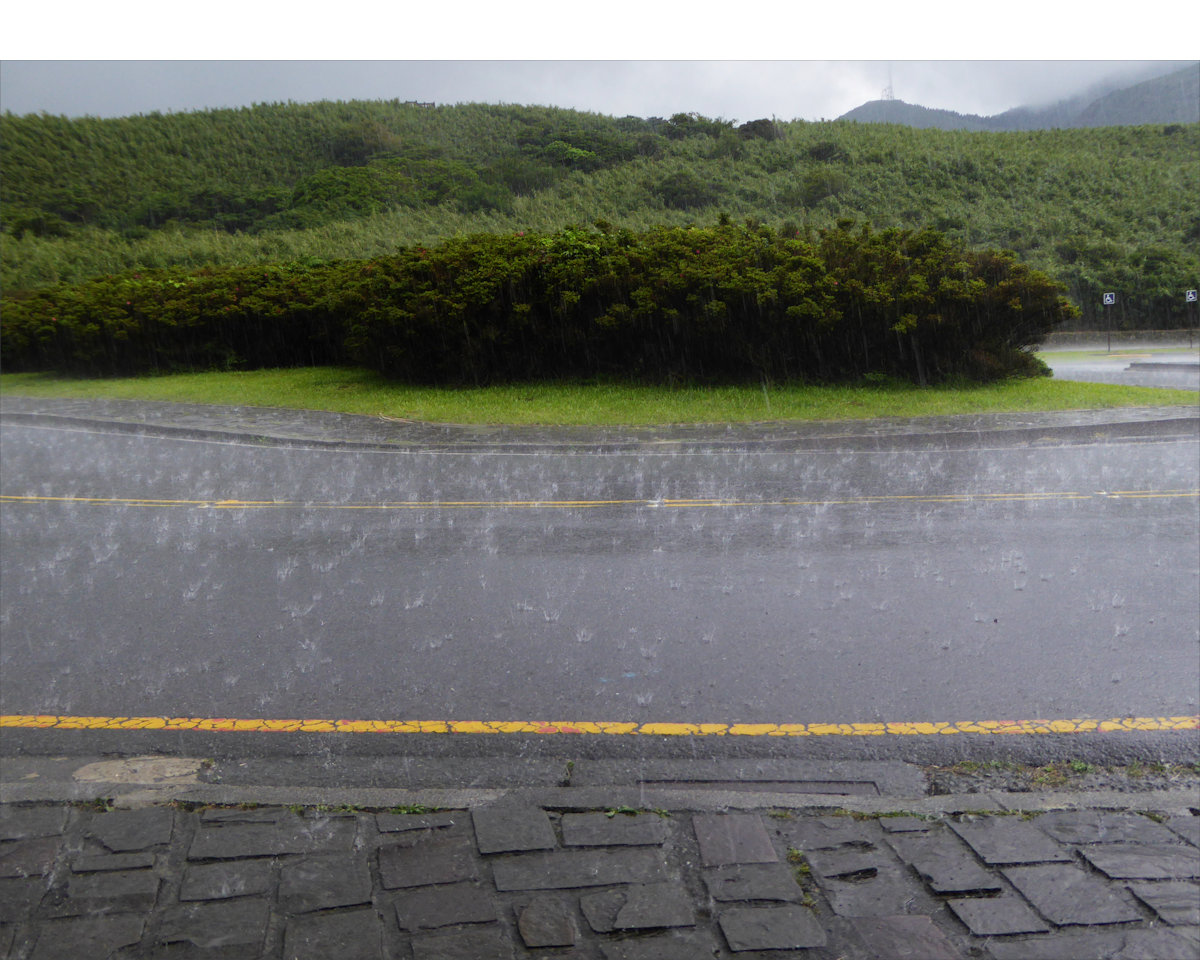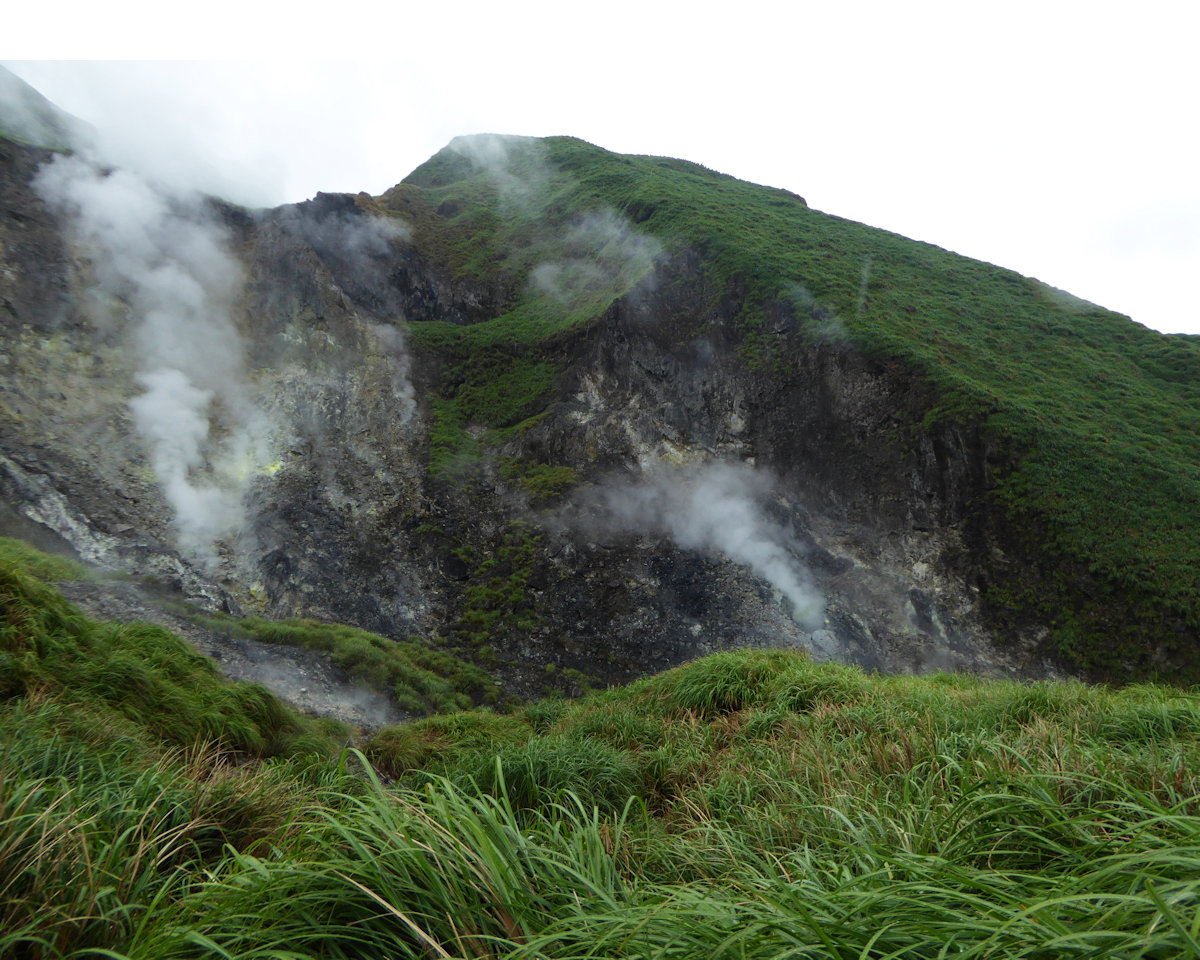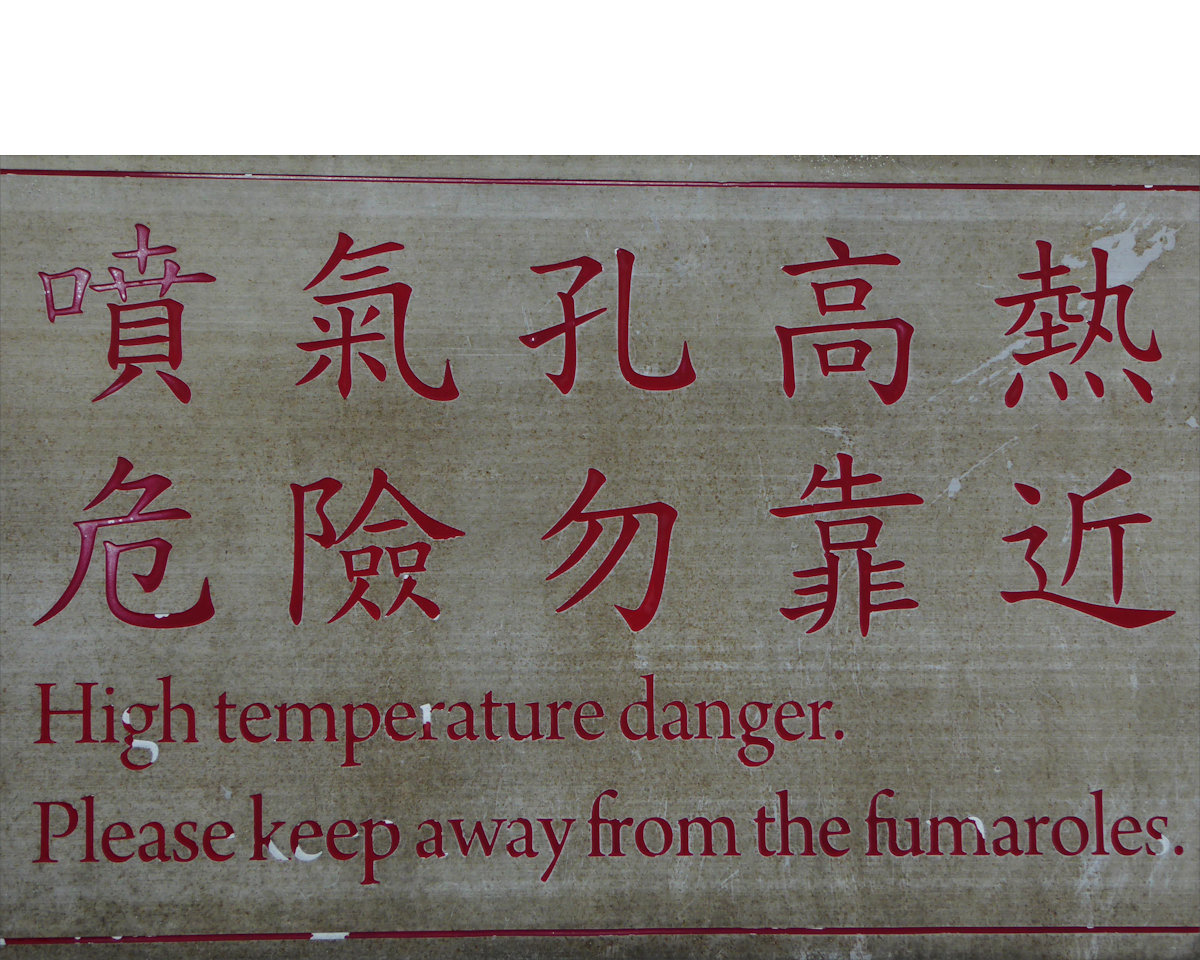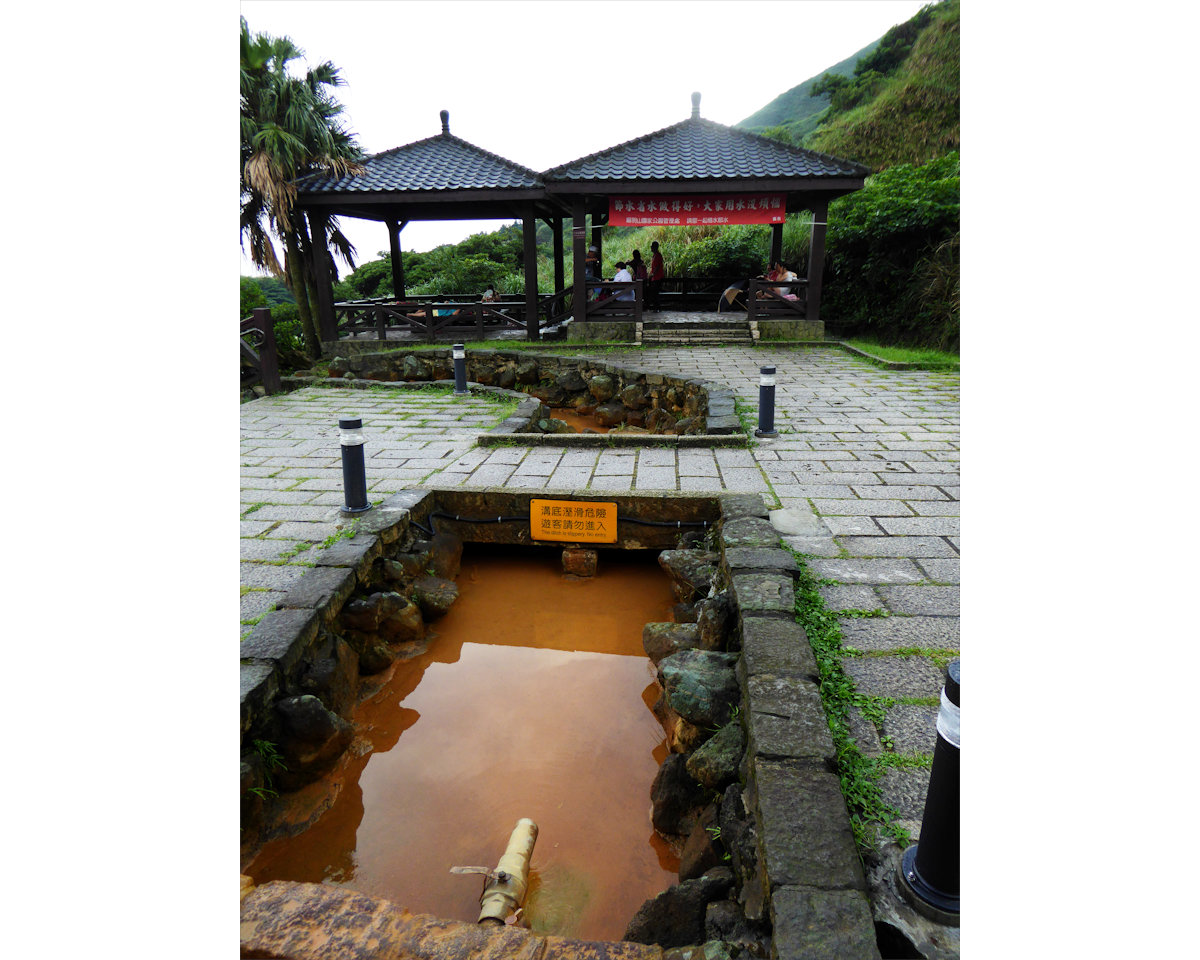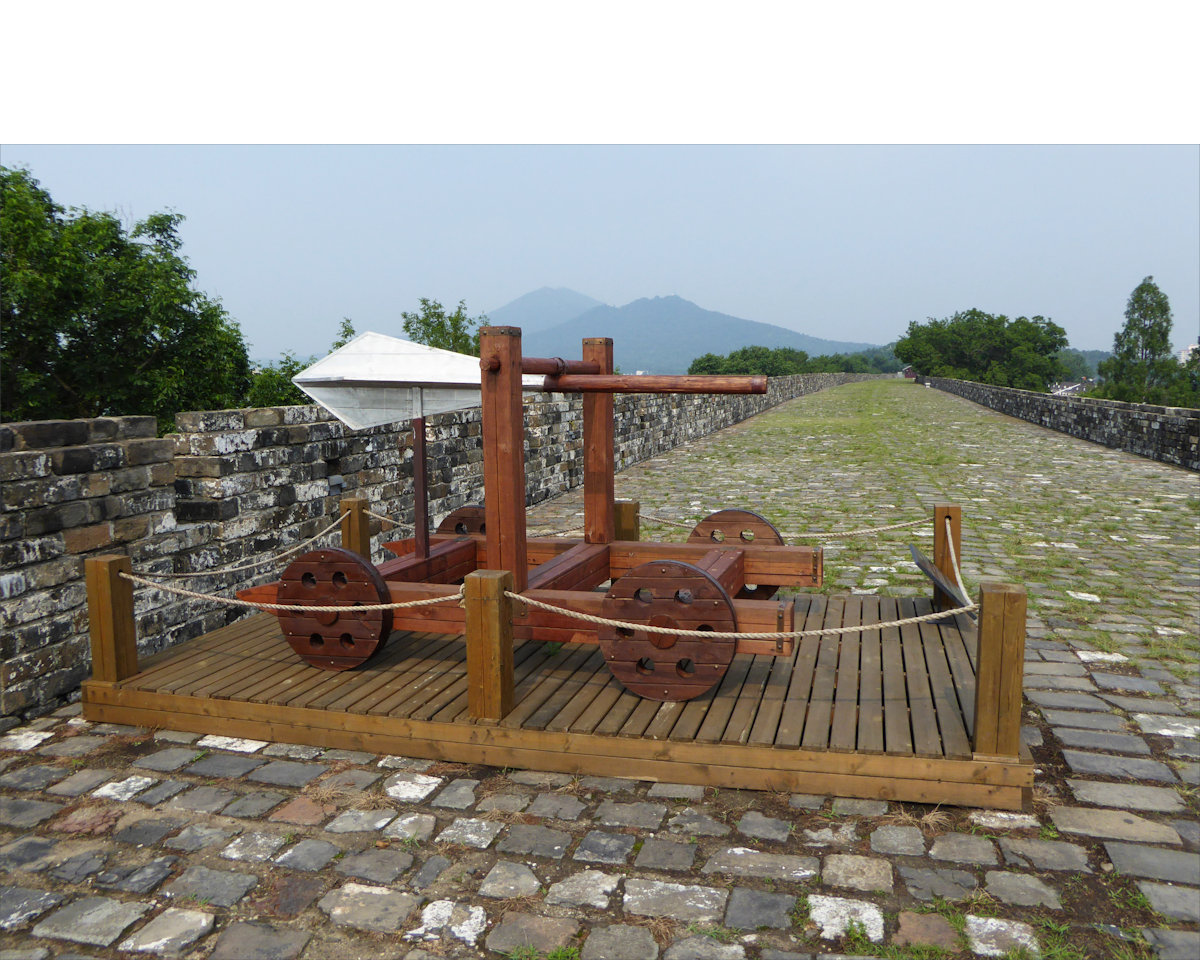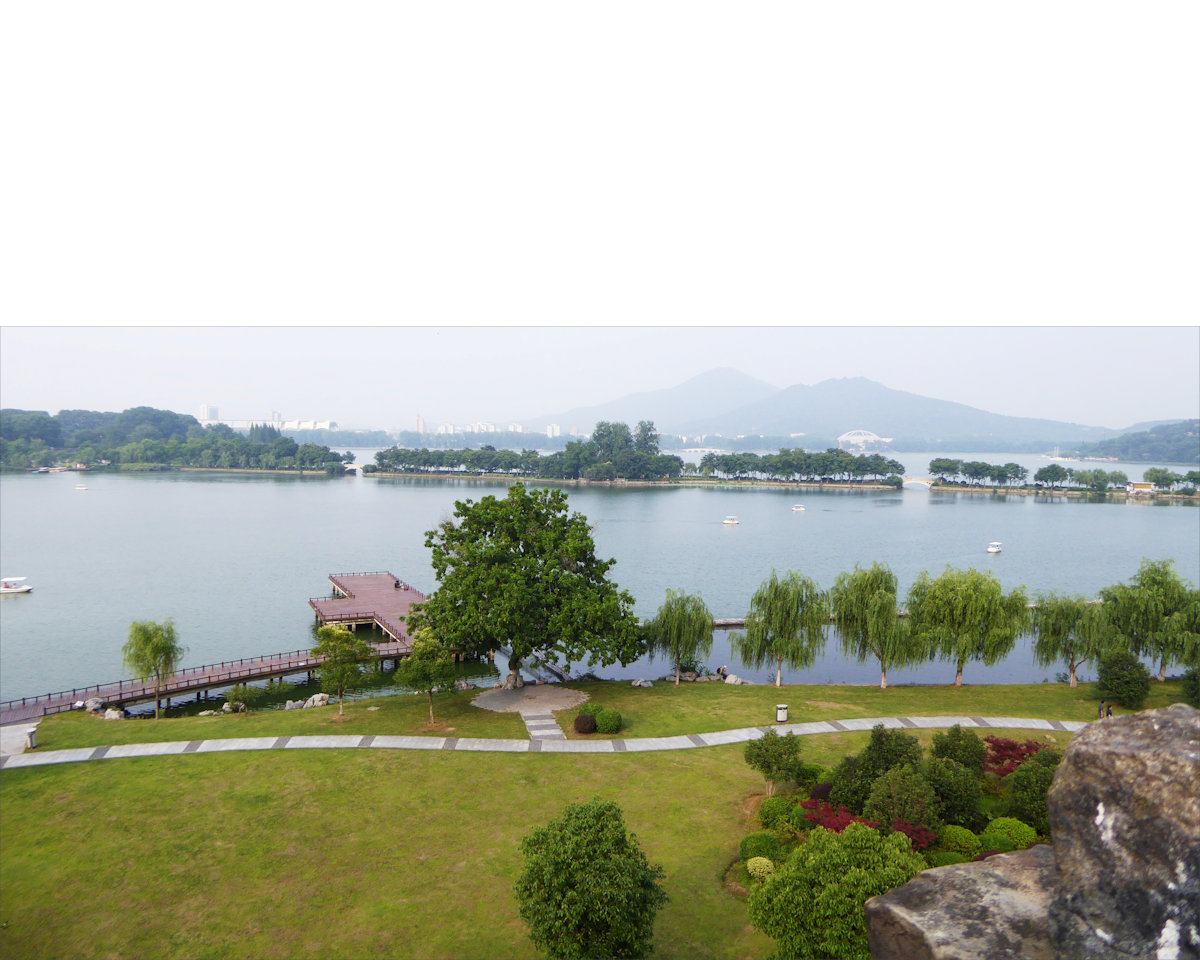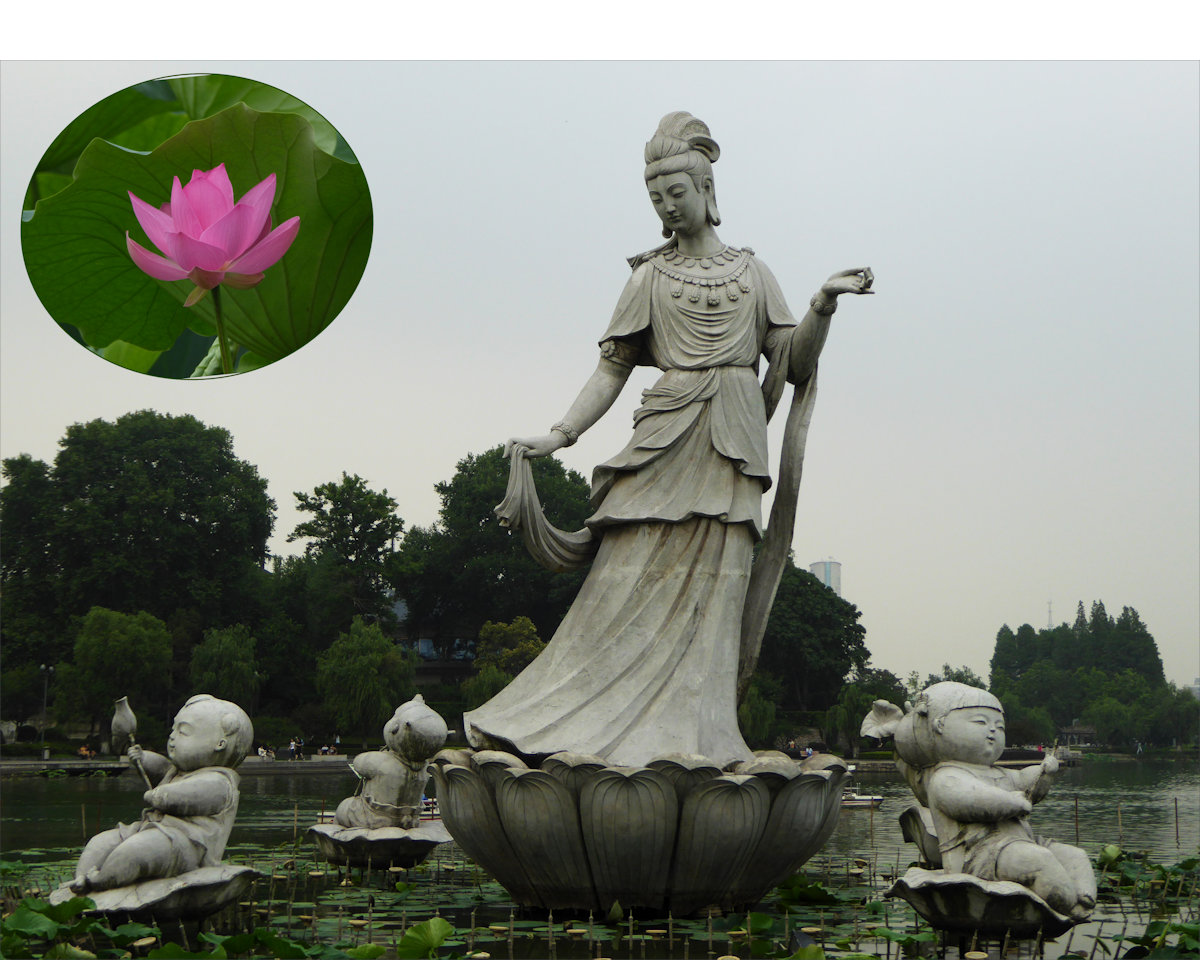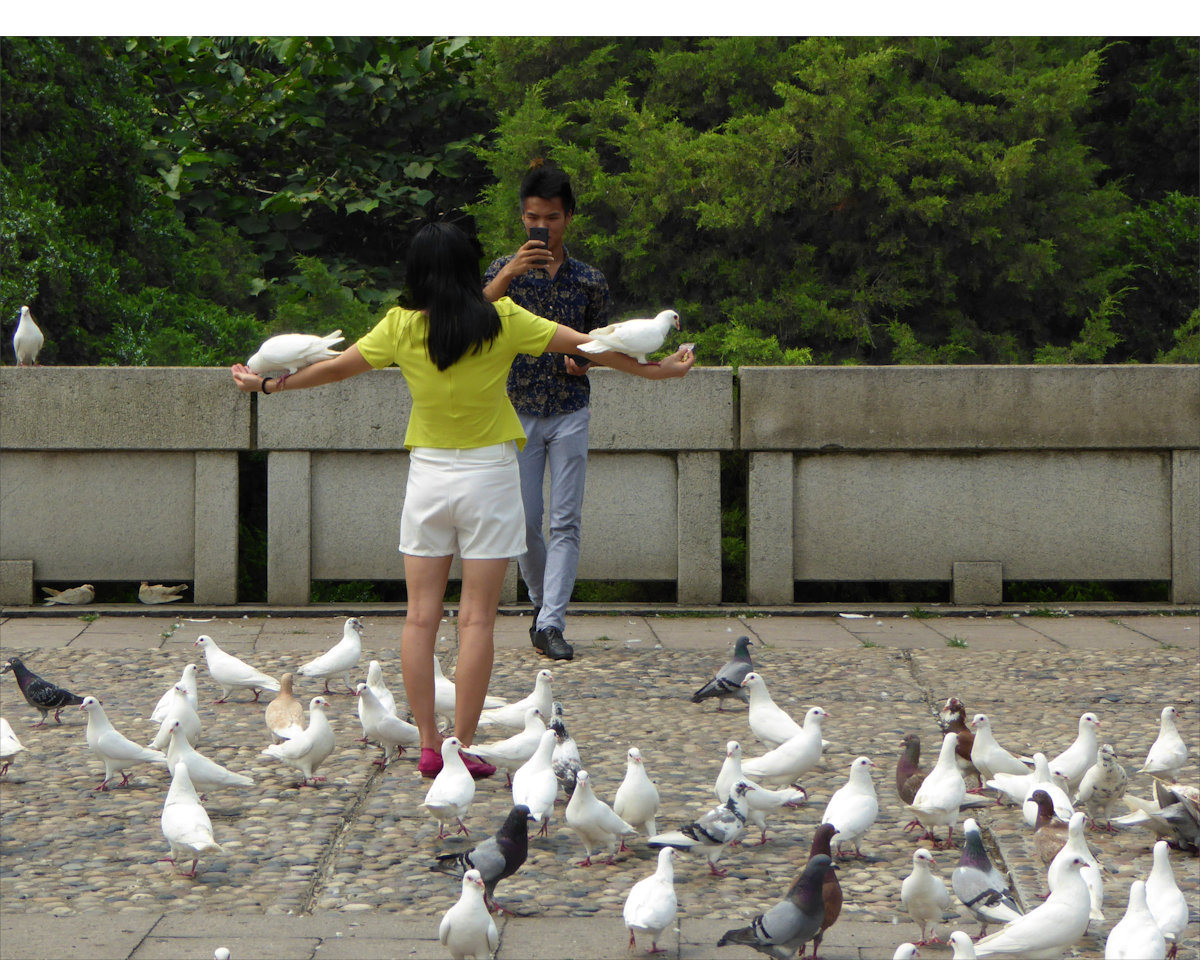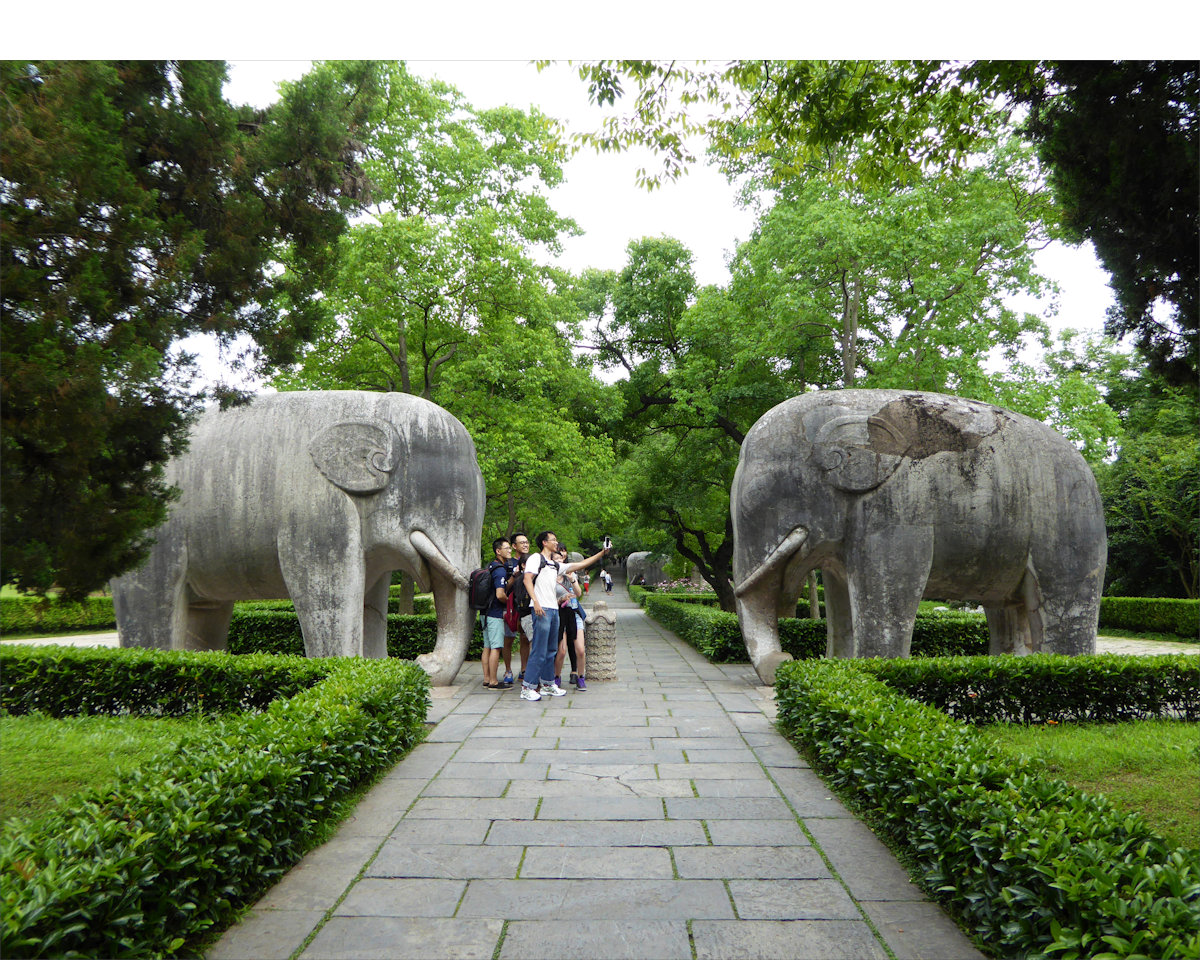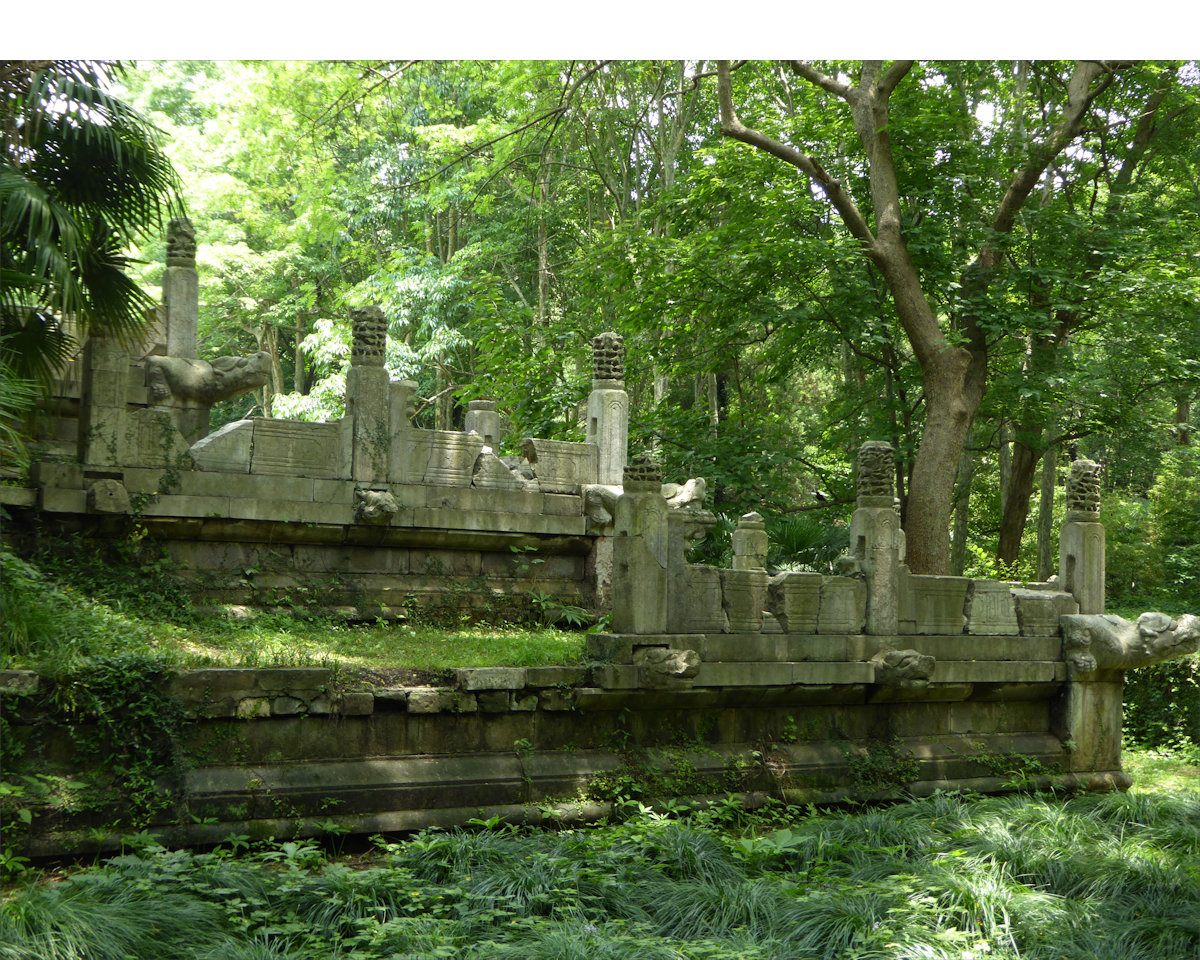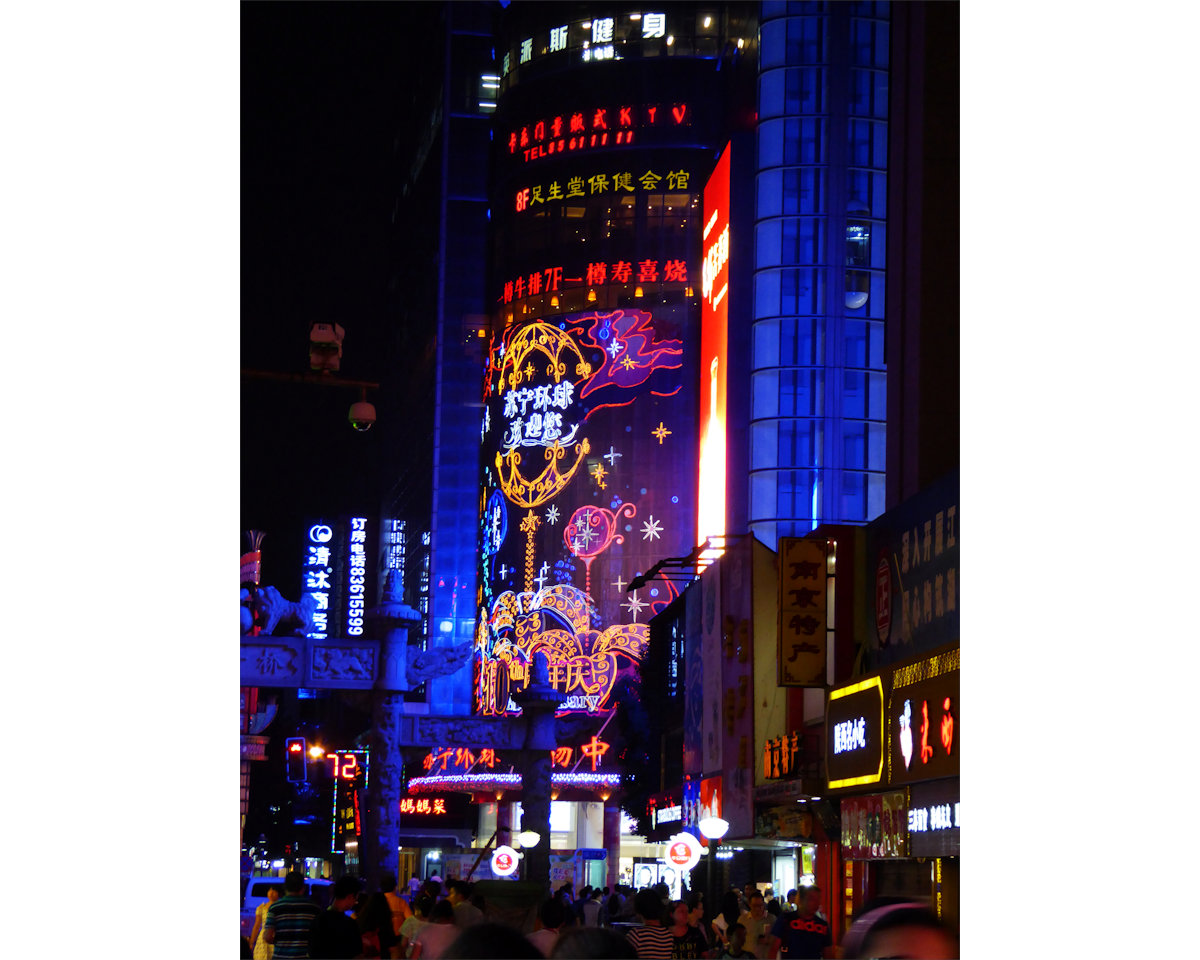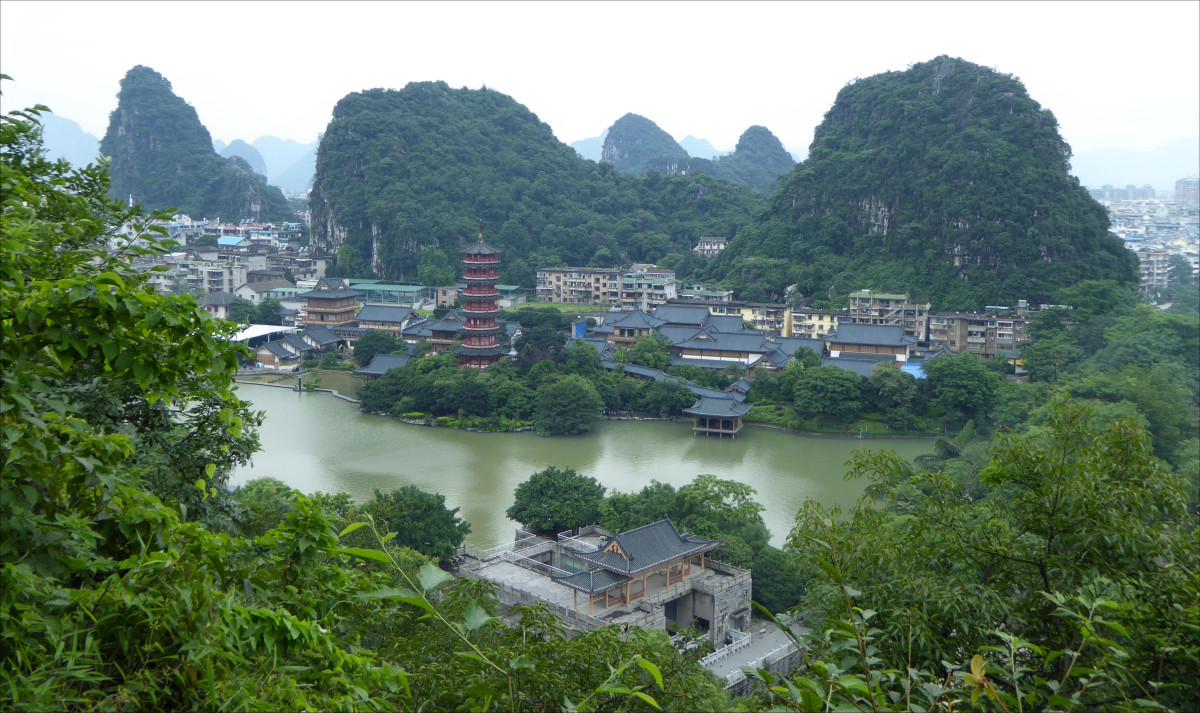
The Journey - 2015
Just like Keats in Kunming, CLI (Chinese Language Institute) in Guilin also offers one-on-one classes with accommodation at about the same price. And I had only read good things about CLI! Time to experience it myself.
After my usual four weeks of studies I flew to Shanghai to connect with my good friend Yangjie. The next day we took the train to Hangzhou to meet with his parents and spent a very enjoyable weekend together. I then had a few more days to explore Hangzhou on my own.
My next destination was Taiwan. After working together on a software project for several years, I was looking forward to finally meeting Lisi in person. Maybe go for dinner? We ended up going for many meals and even more hikes and walks during our unforgettable, action-packed week in Taipei and Taroko National Park.
Back on the mainland I stopped in Nanjing, one of the Four Great Ancient Capitals of China, for a few days before heading back home to Canada.
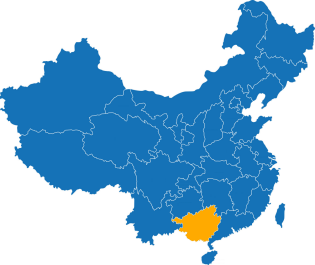
Guilin is a "small" city (population over 4.5 million) in southern China, famous for its karst topography. The land is flat except for the mountains that are poking up everywhere. Several are developed as parks. It is always worth climbing the steep stairs chiseled into the mountain. The views are spectacular.
The typical urban setting is interspersed with rural areas, unexpected little pocket villages. One of them was right behind the CLI (Chinese Language Institute) building where I spent the first 5 weeks of my stay. A half-hour walk on a small dirt road led from the school right to downtown. It was one of those places where you spend five minutes and come back with an hour of stories to tell. I'll write a separate article about this unique place on Lingjian Road and the changes over the years later.
My time and learning experience at CLI were outstanding and I highly recommend the school to anyone interested in tackling Mandarin. Just like at Keats, all my teachers were excellent. Besides that, CLI's approach is different in many ways:
Visited: Seven Star Park – Culture Street - Elephant Trunk Hill - Jingjiang Princes' Palace (Wang Cheng) - Solitary Beauty Peak - Diecai Hill - Zizhou Park - Fubo Hill
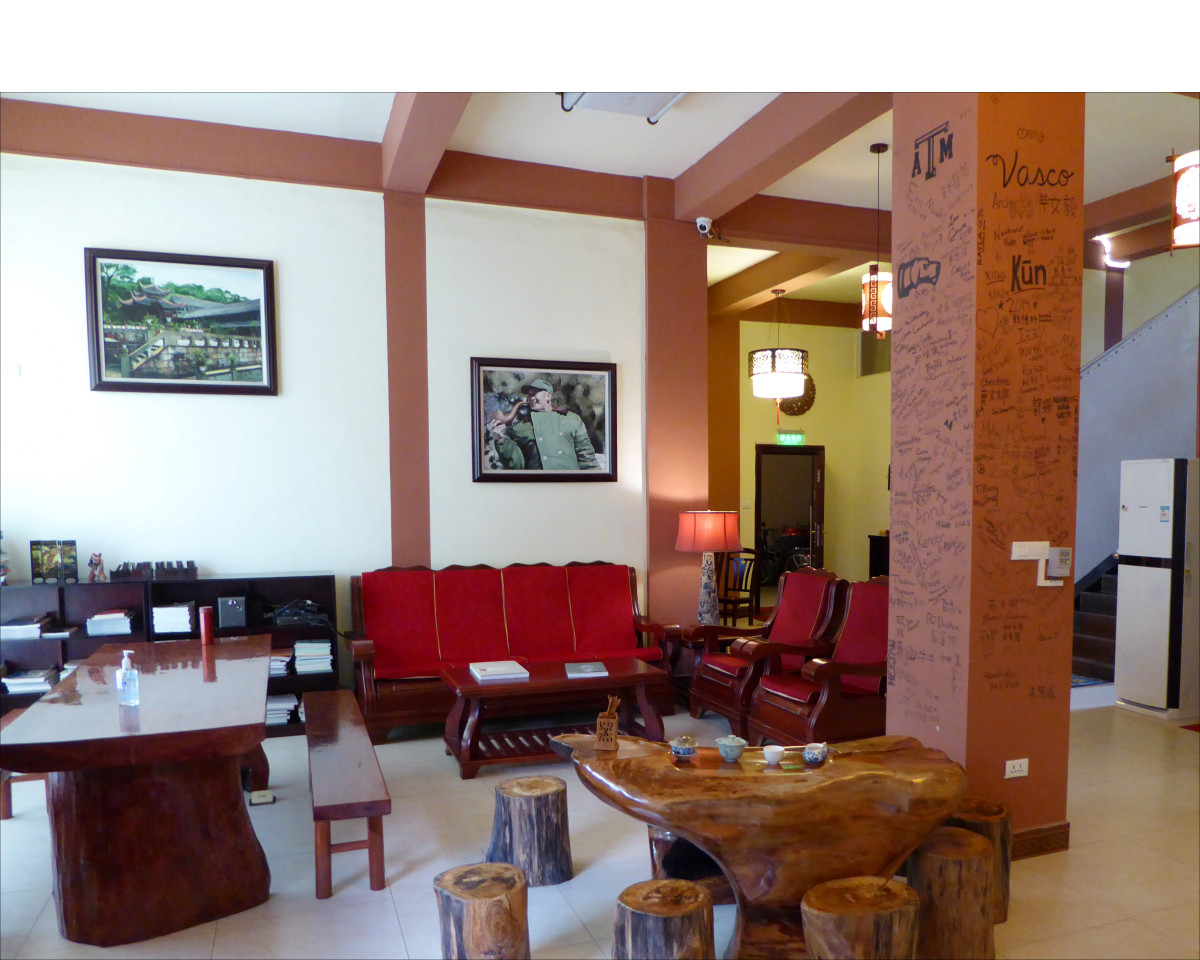
The lobby with the big signature post in the middle. If it hasn't been painted over by now, my name should be there twice.
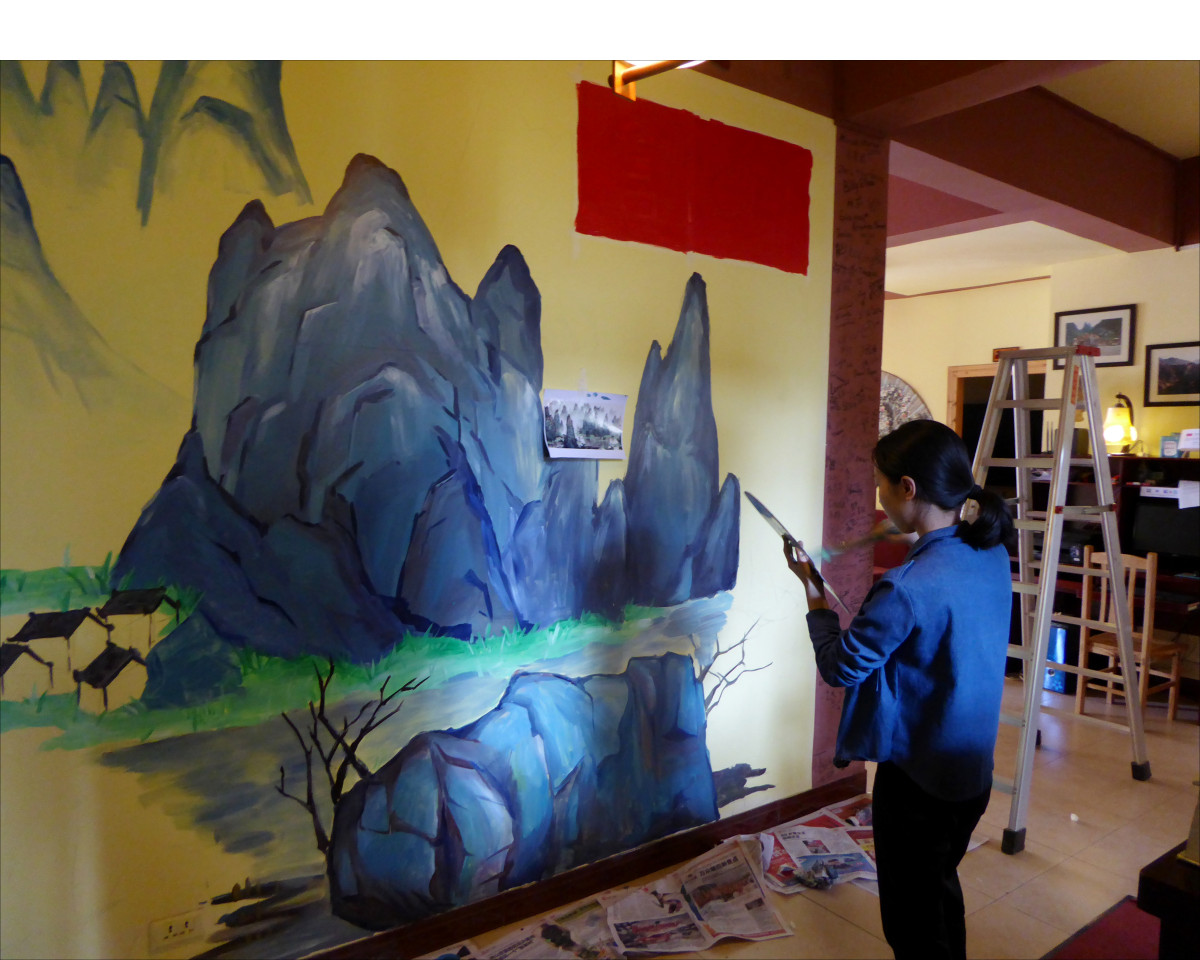
The 2nd floor hallway wall was getting new paint – actually a whole new painting! As far as I know, the artist also painted the two pictures in the lobby on the previous photo. So talented!
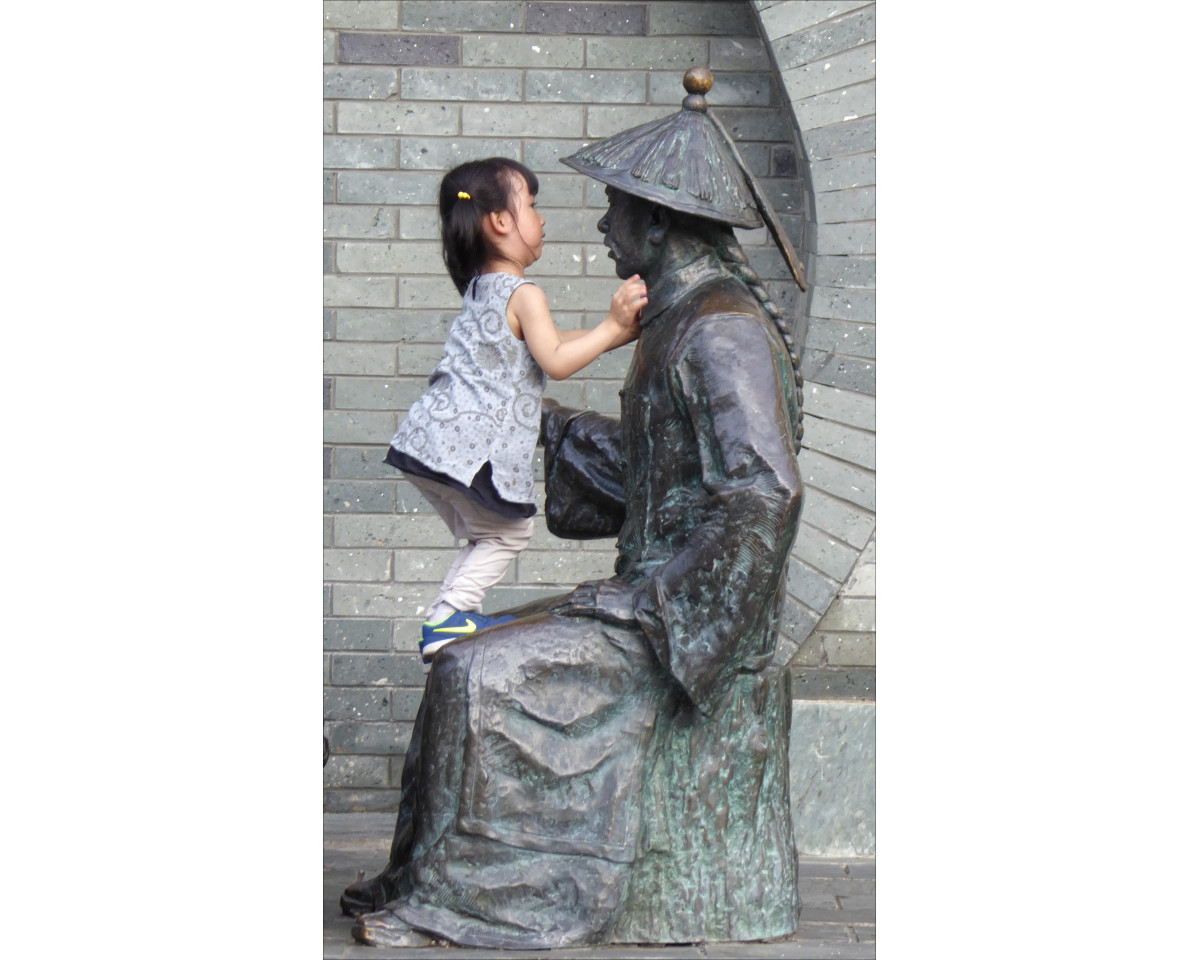
The street is filled with many historical scenes in form of bronze statues, stone reliefs, and explanations (Chinese only).
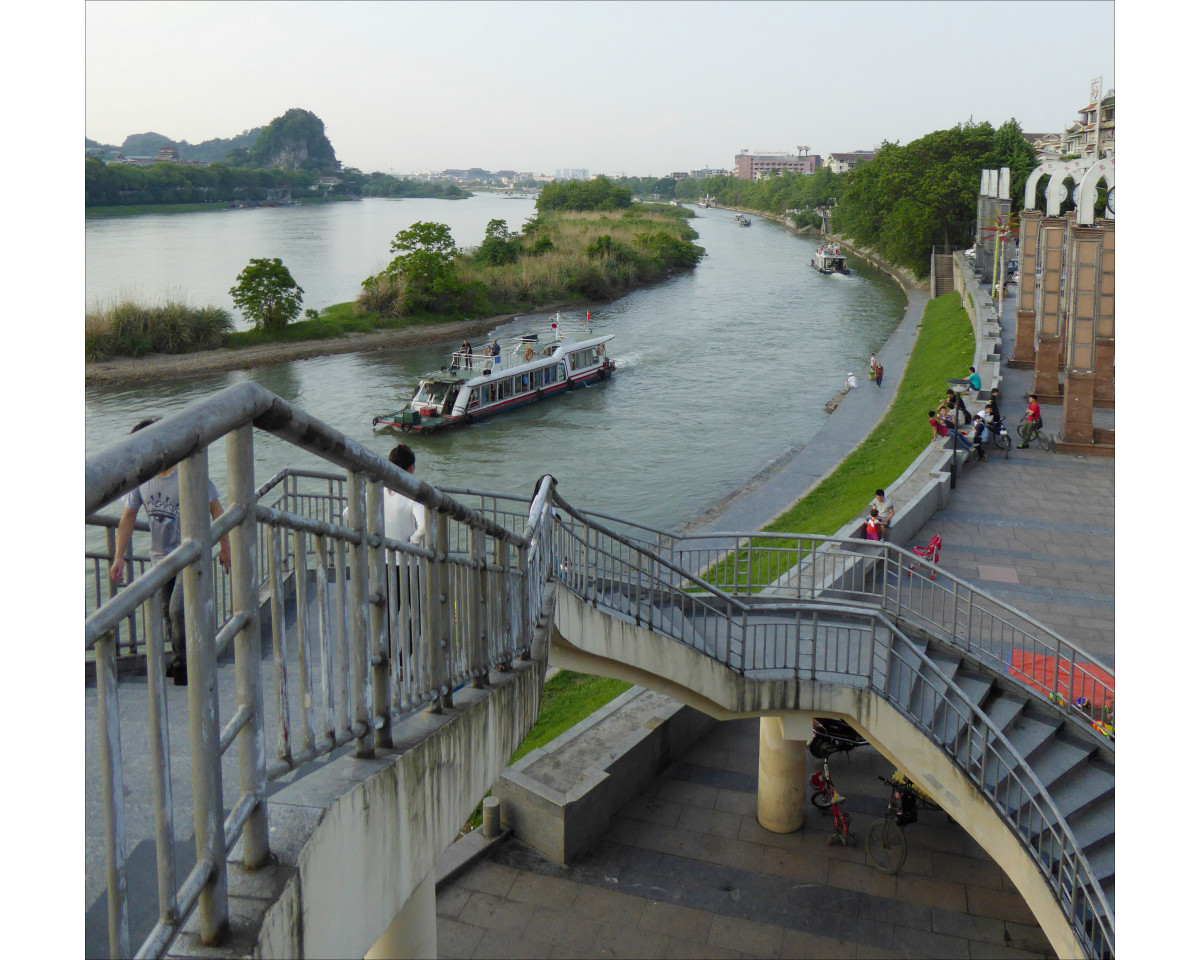
Li River near Jiefang Bridge. The pulse of the city with a constant flow of sightseeing boats, commercial vessels, bamboo rafts, and fearless swimmers.
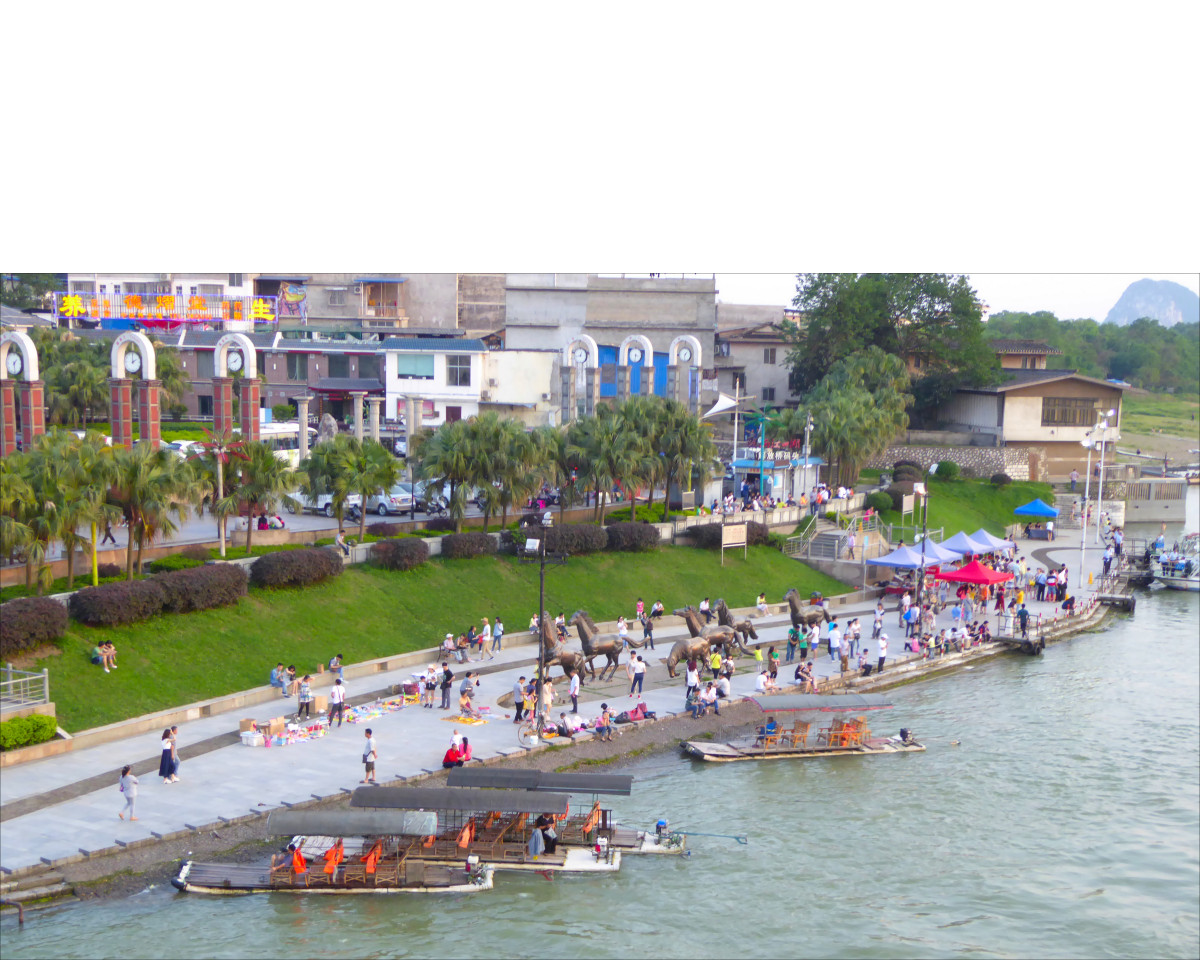
Another river view from Jiefang Bridge. Turns out that the pictures on this page are not only invaluable to me but also bring back fond memories to my friends in Guilin. Susan (picture below) wrote: "Nowadays you don't see bamboo rafts at this place anymore..."
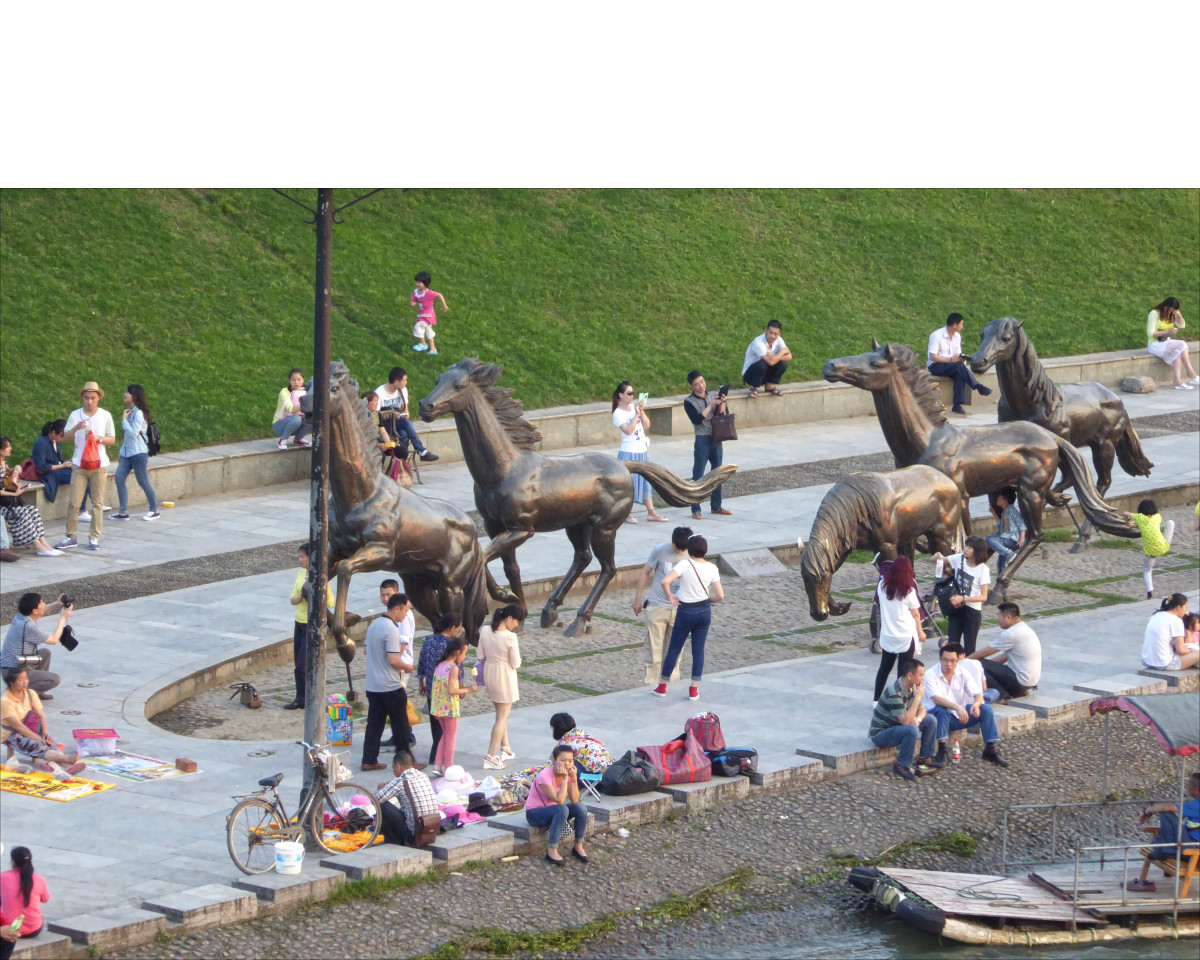
I'm not the only one enthusiastically taking plenty of pictures of this group of statues. The horses are also objective and acurate weather reporters. This image was taken on May 1, 2015…
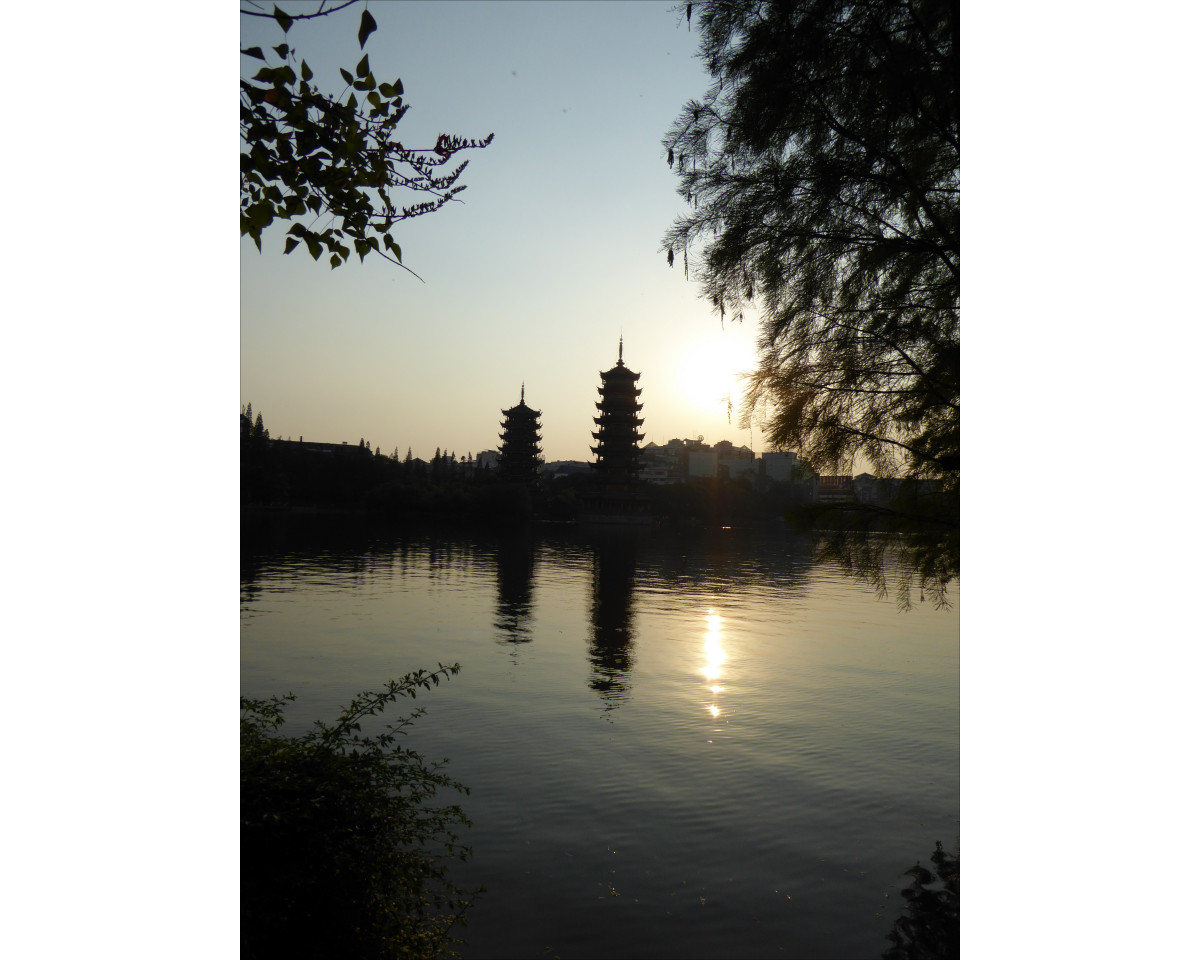
The Sun and Moon pagodas in Shan Lake (杉湖) in downtown. I'll have a nice night shot to share on the 2018 page.
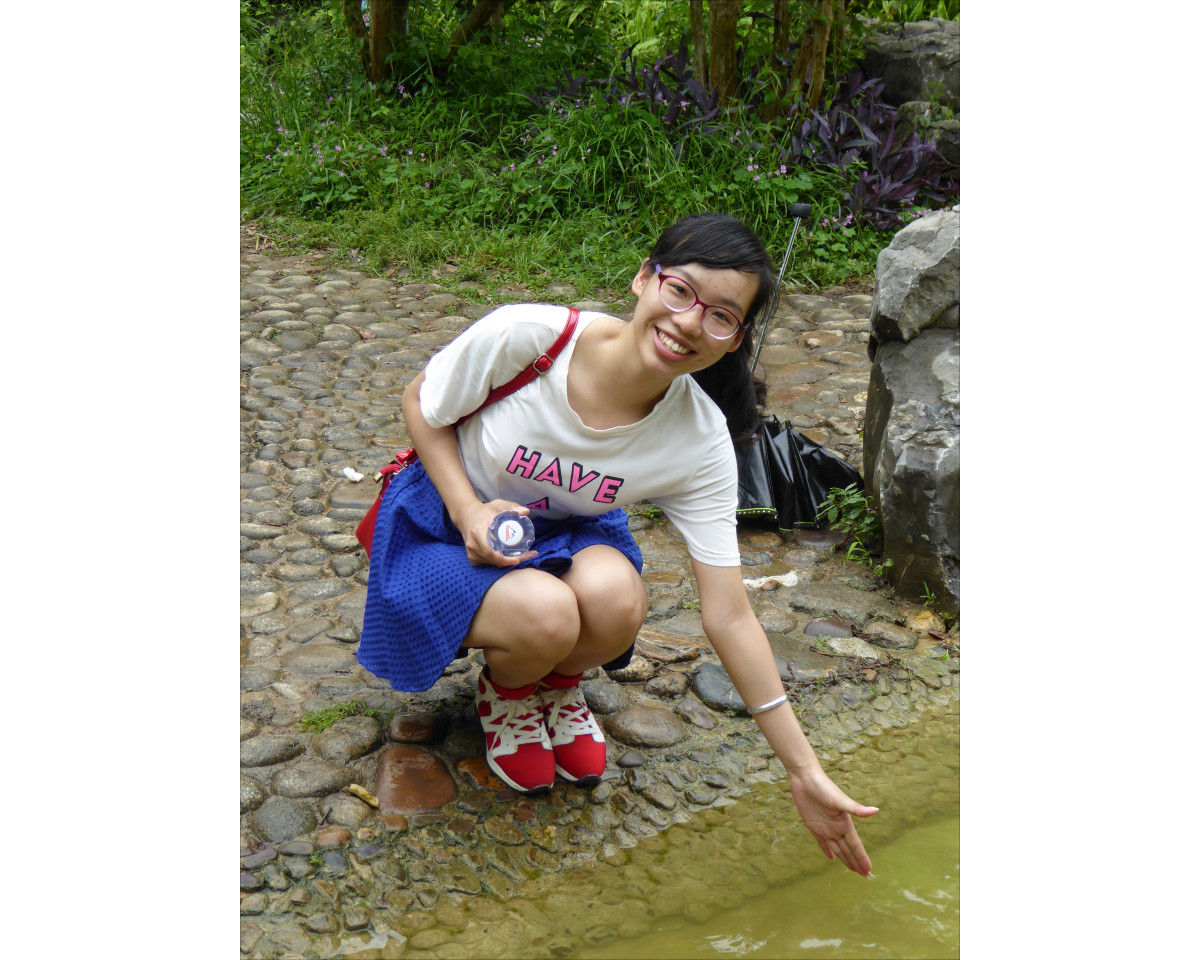
Sisi, one of the interns at CLI and my good companion on so many joyful occasions. This photo was taken during our visit at Seven Star Park. She later became a schoolteacher and now divides her time between China and England where her boyfriend resides.
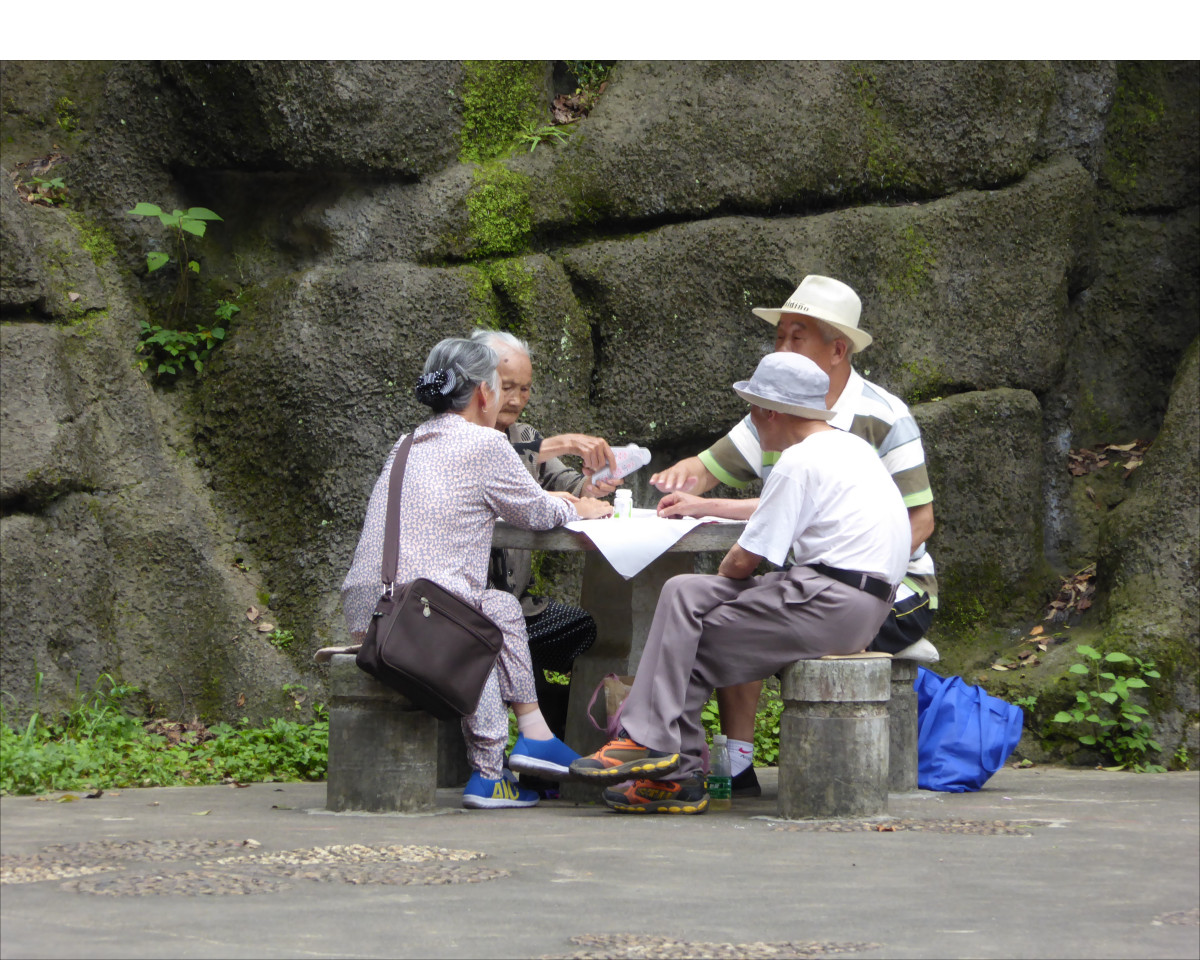
A typical sight at every park in China: older people meeting for a game of cards, mahjong, or (Chinese) chess.
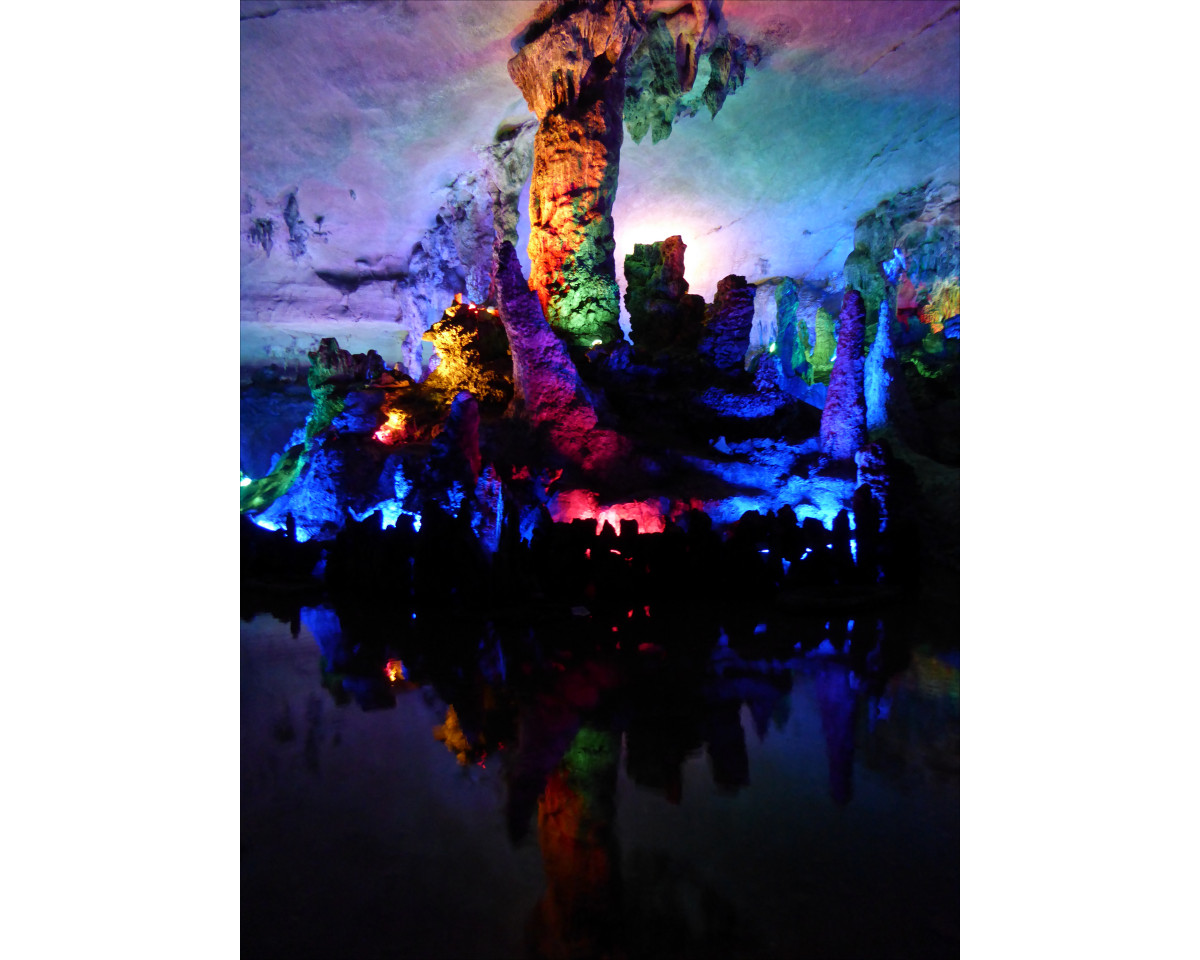
Seven Star Park has many attractions, including a zoo and this cave. The colorful display is similar to Jiuxiang Caves in Yunnan. Definitely worth a visit.
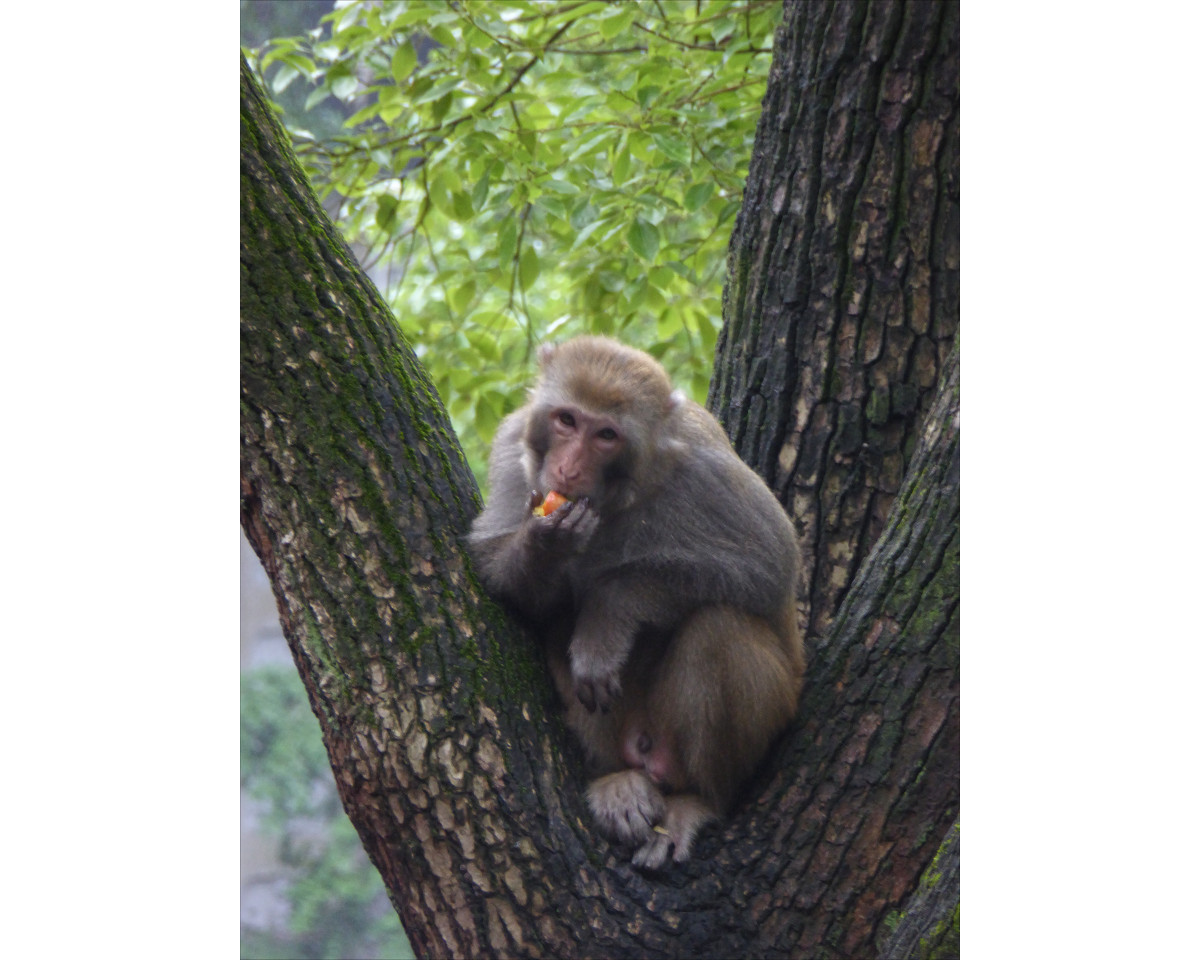
I mentioned the little village close to CLI in the introduction. That's where I spotted my first wild monkey. Somebody must have given it a piece of fruit, which prompted one older local to scold ME! I didn't have anything edible with me and stood rather back, relying on my zoom for these shots. I pleaded innocent - to no avail...
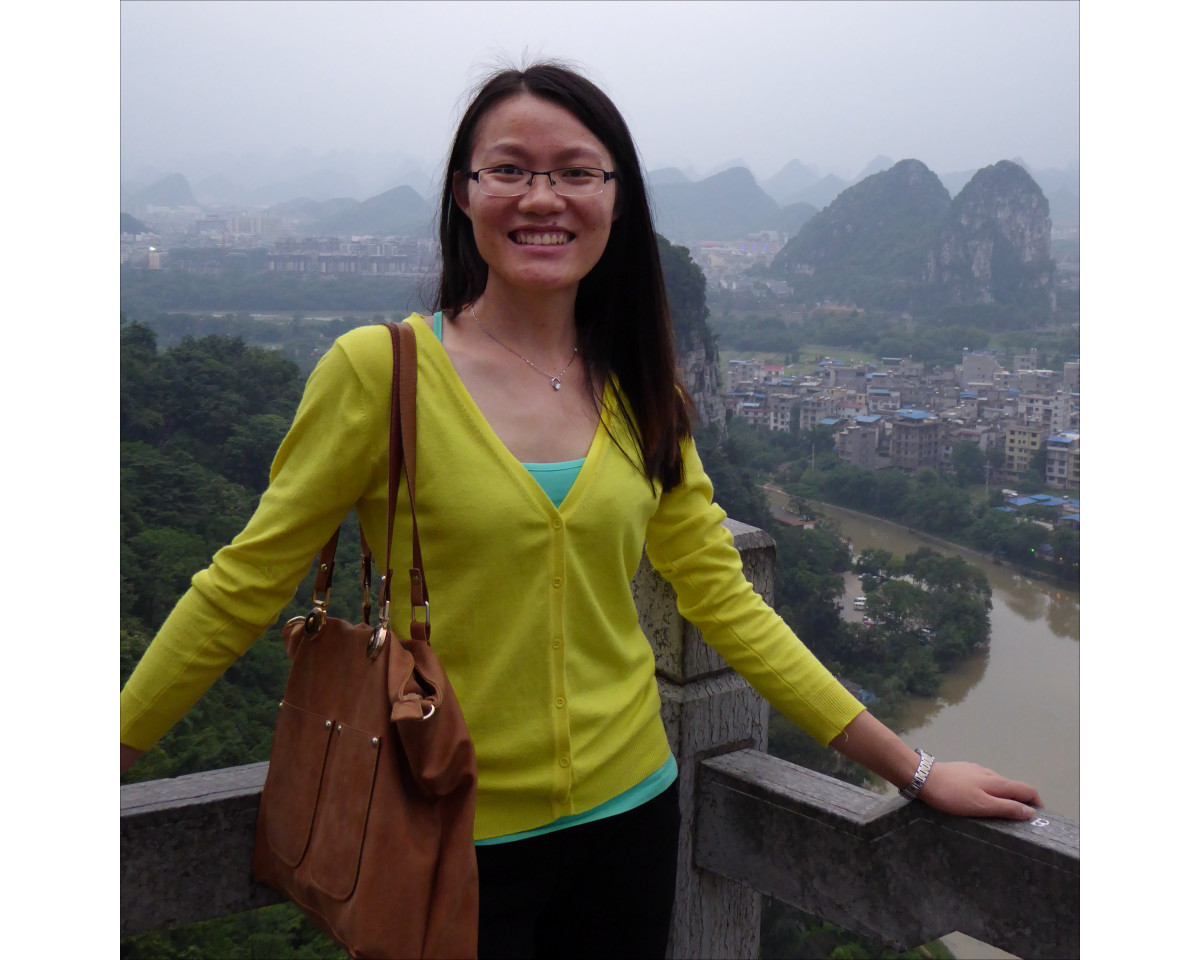
Susan —then CLI's Study Abroad Manager, since Covid also an online teacher— made me feel welcome from the moment I arrived. We enjoyed this view together from one of her favorite mountains. Miss you, Susan!
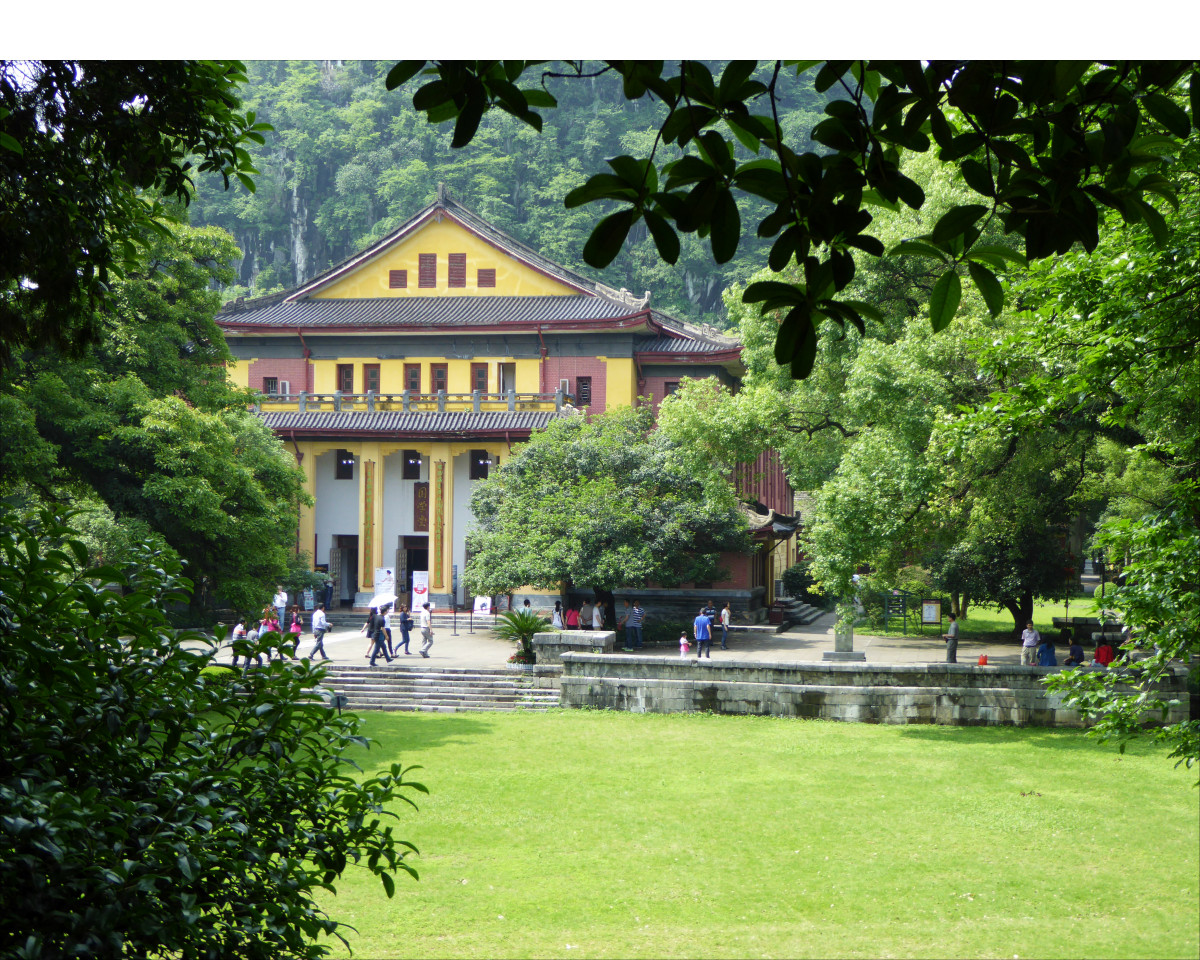
Jingjiang Princes' Palace or Wang Cheng is a historical site and park with —you guessed it— yet another mountain with the fancy name Solitary Beauty Peak that offers great views. In the background is Chengyun Palace.
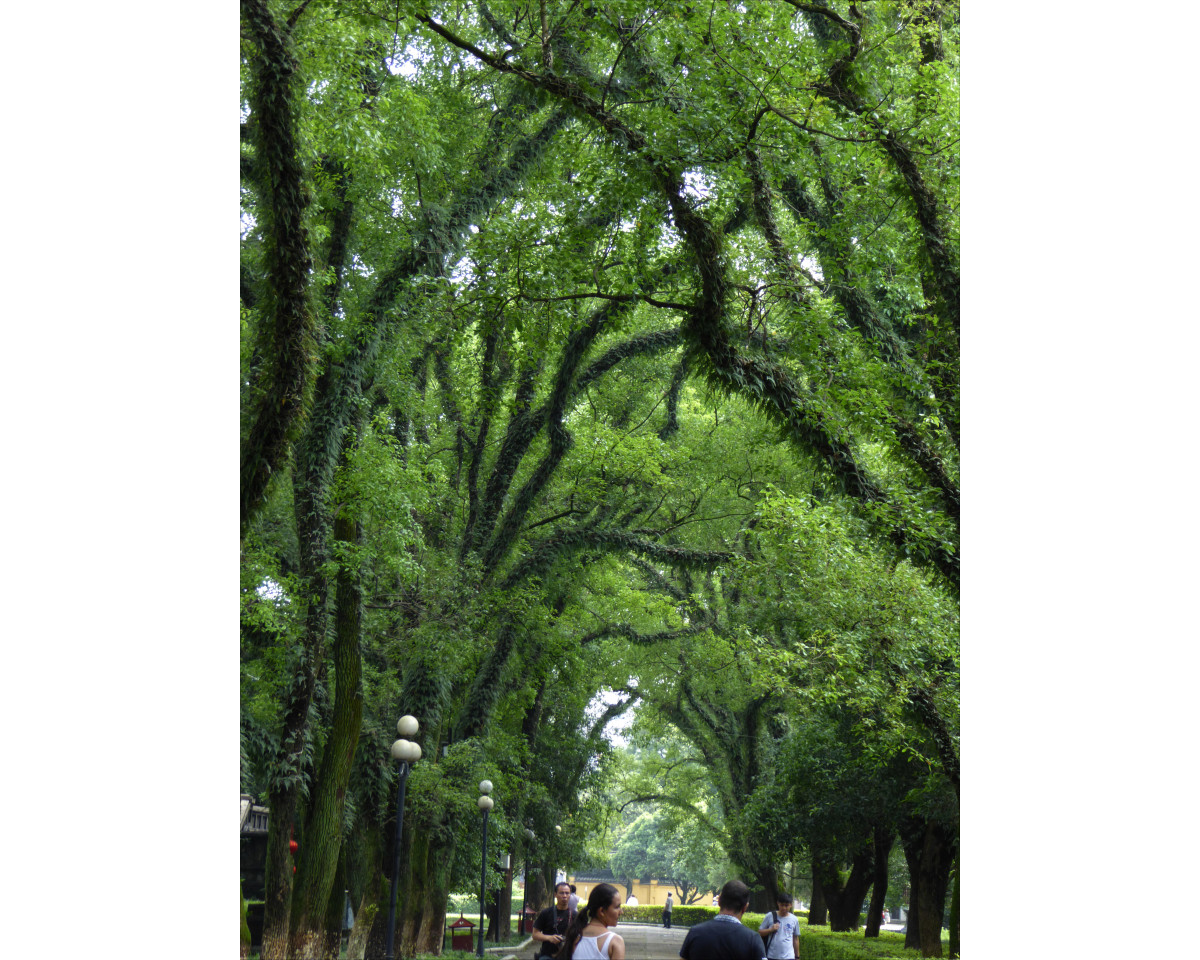
Wang Cheng is now part university and part tourist attraction. Entrance fee to the palace was rather high and not worth it, but I loved the surrounding park with its old trees, especially this avenue.
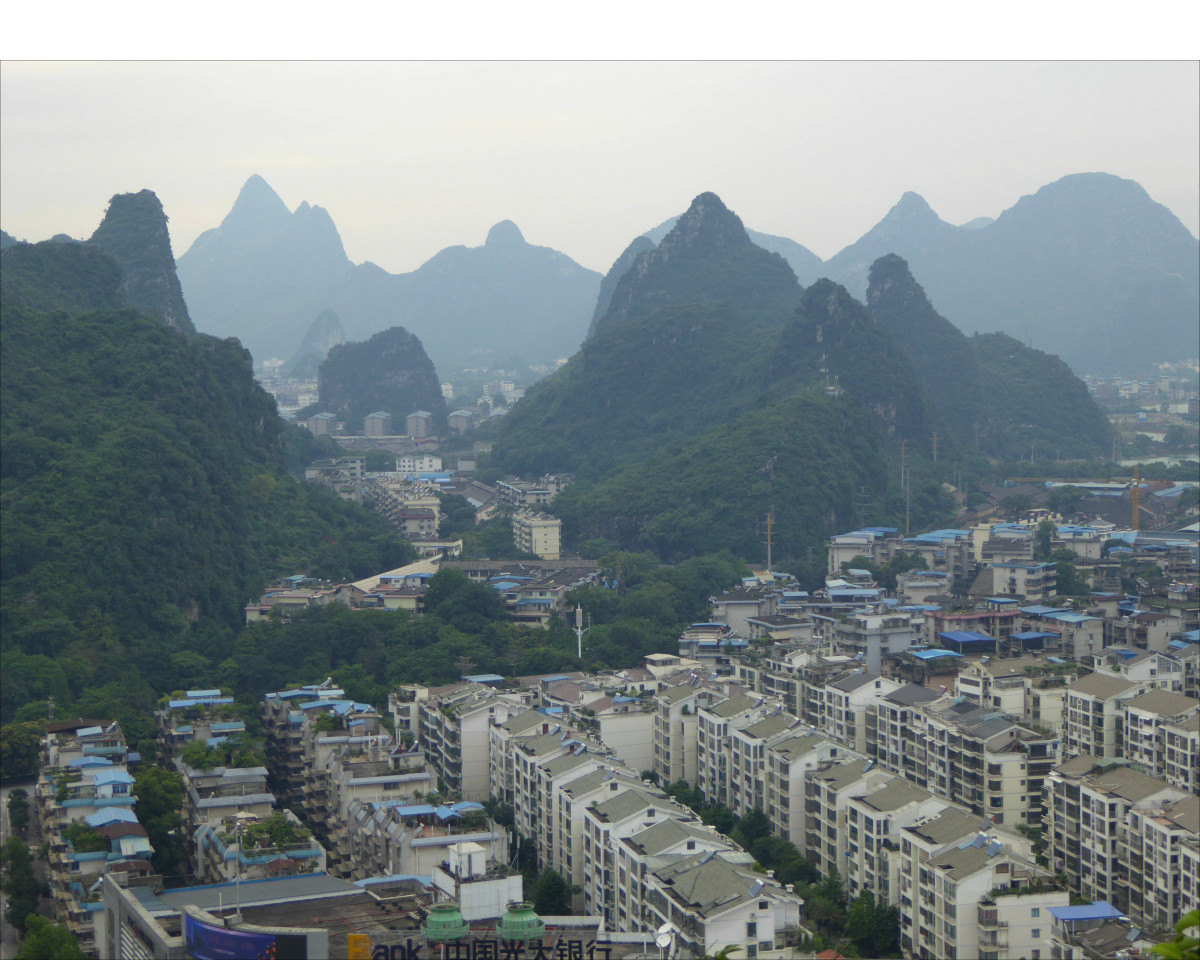
At Diecai ("Folded Brocade") Hill Park. This picture illustrates well the "flat-except-for-the-hills" karst mountain phenomenon I mentioned earlier.
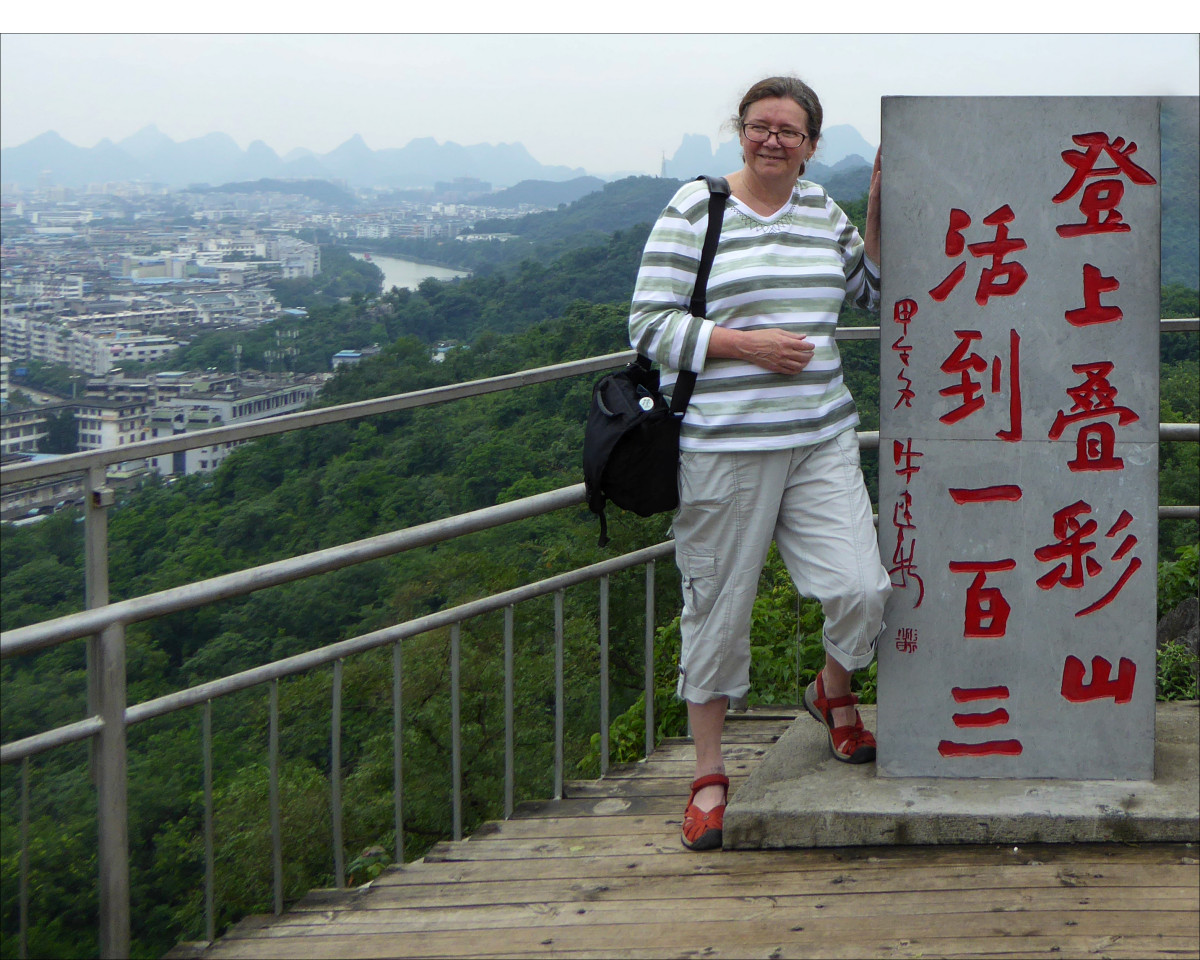
A stone tablet with the words "Climb up to Diecai peak and you'll live to 103" 登上叠彩山活到一百三 "dēng shàng dié cǎi shān huó dào yī bǎi sān". Why 103? Probably just because shan (peak) and san (3) rhyme… I made it, so I should still be around for a while 😉
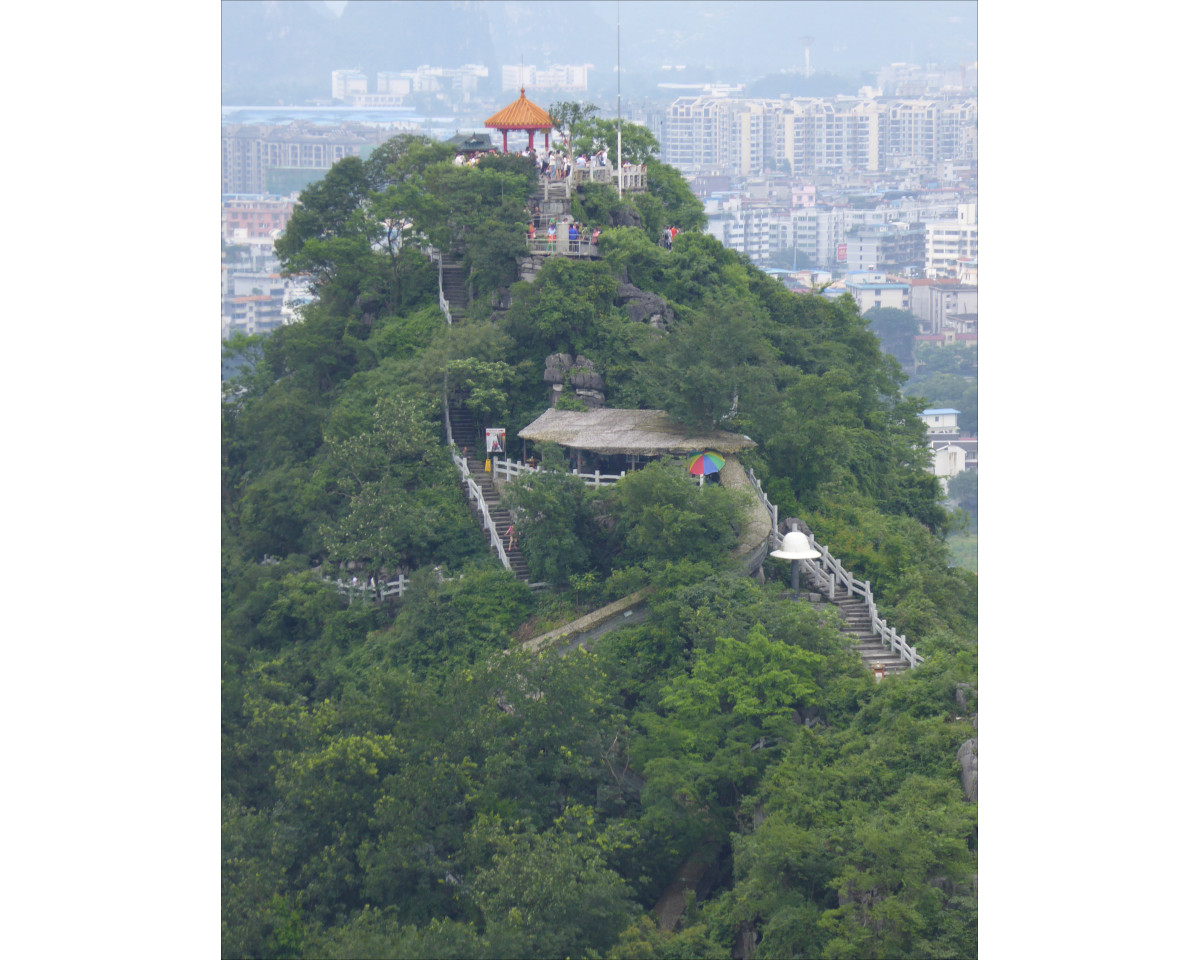
Diecai Hill consists of three peaks. This is one of them. The photo shows the typical steep stone stairs leading to the top.
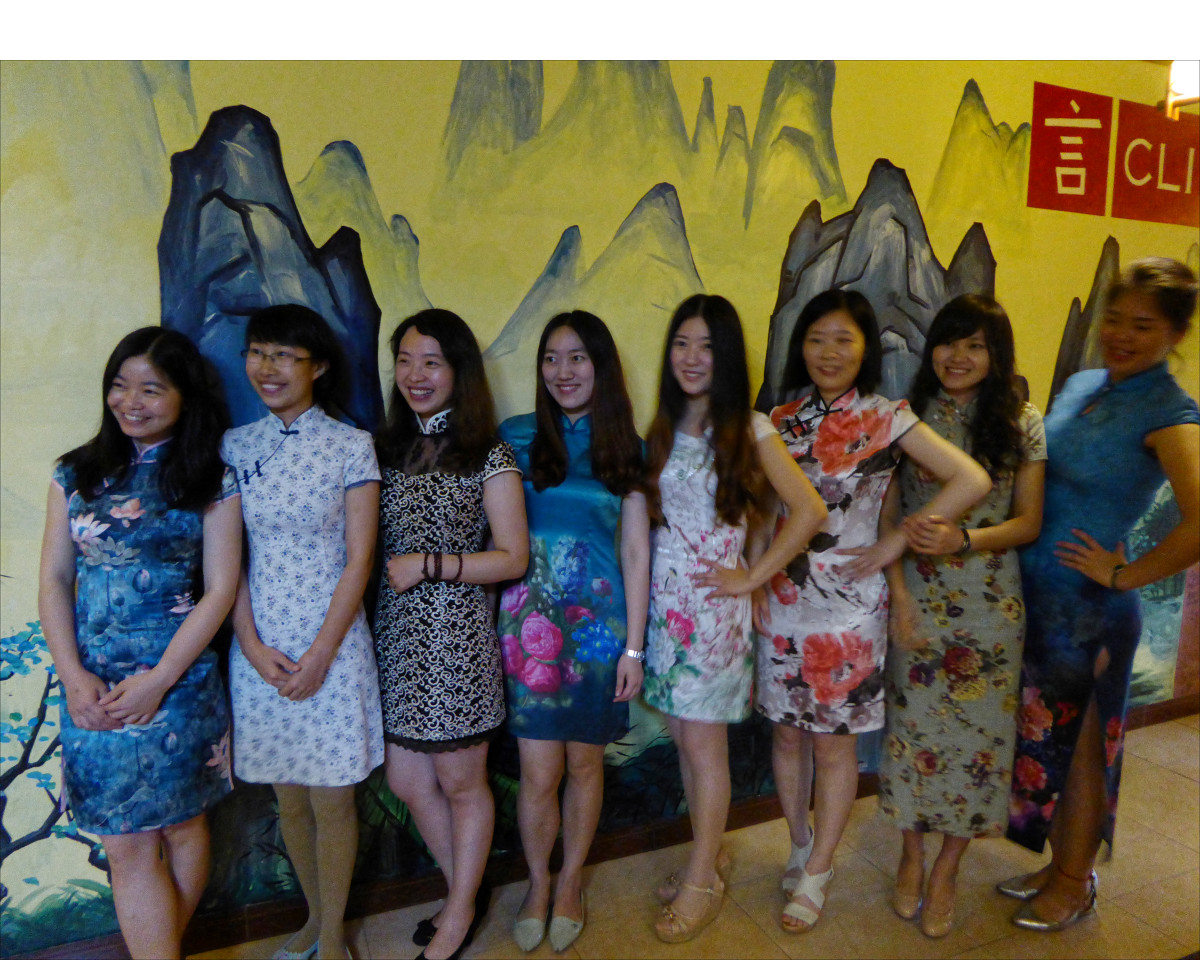
Qipao (cheongsam) night at CLI. What a fun event! CLI's teachers showing off the finest. (Unfortunately, my photos didn't turn out very well.)
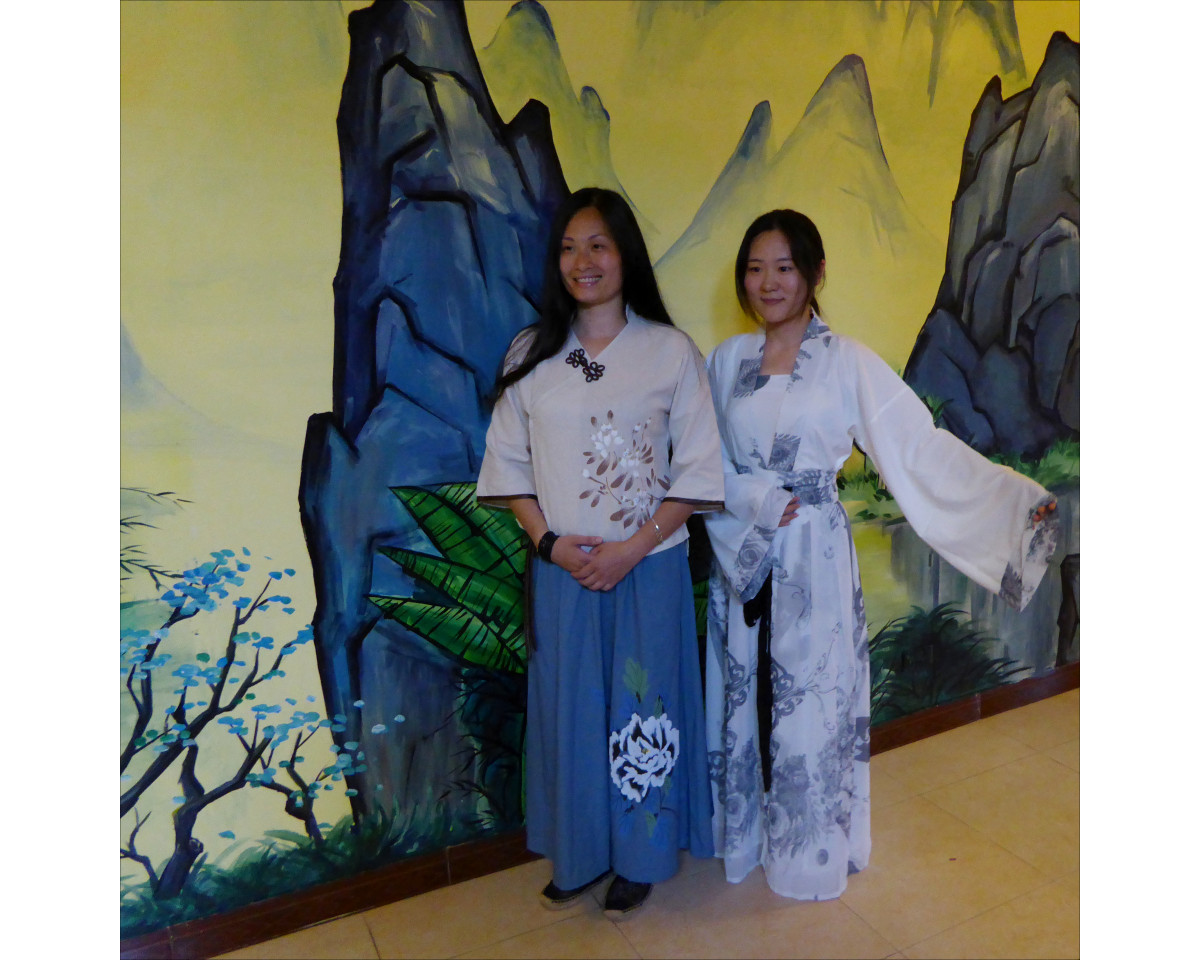
It doesn't have to be a qipao. These traditional outfits are just as beautiful! Molin, on the left, was my travel companion in Gansu for a few days in 2016 – lots of great memories! The lady on the right played the guqin for us, a plucked seven-string Chinese musical instrument…
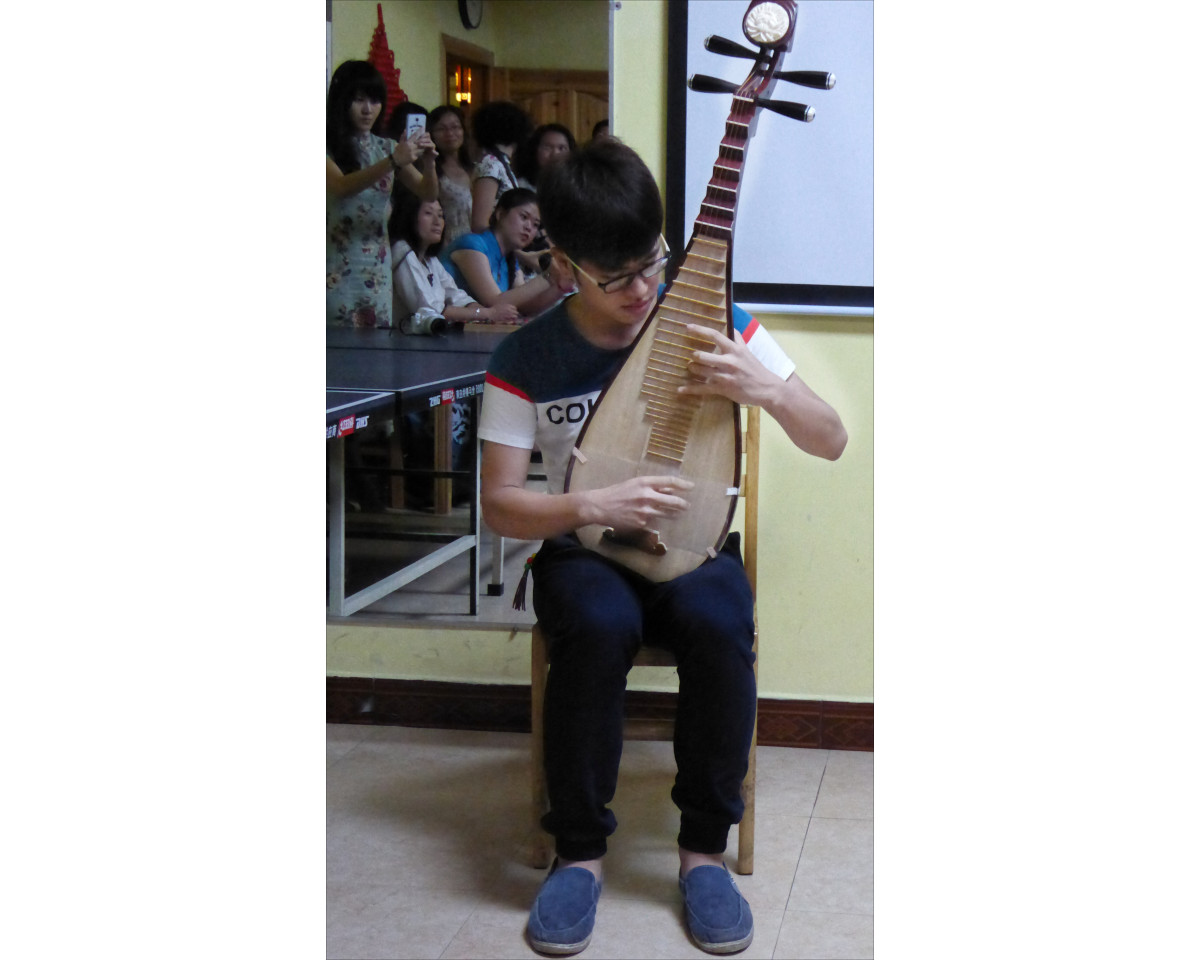
… and Joshua —then an intern, later a teacher at CLI— played the pipa. I could have listened for hours!
He welcomed me to CLI on arrival and took me for dinner at a nearby restaurant. I let him pick the dishes. That's when I first
tasted century egg 皮蛋 (pí dàn) and became a big fan of it.
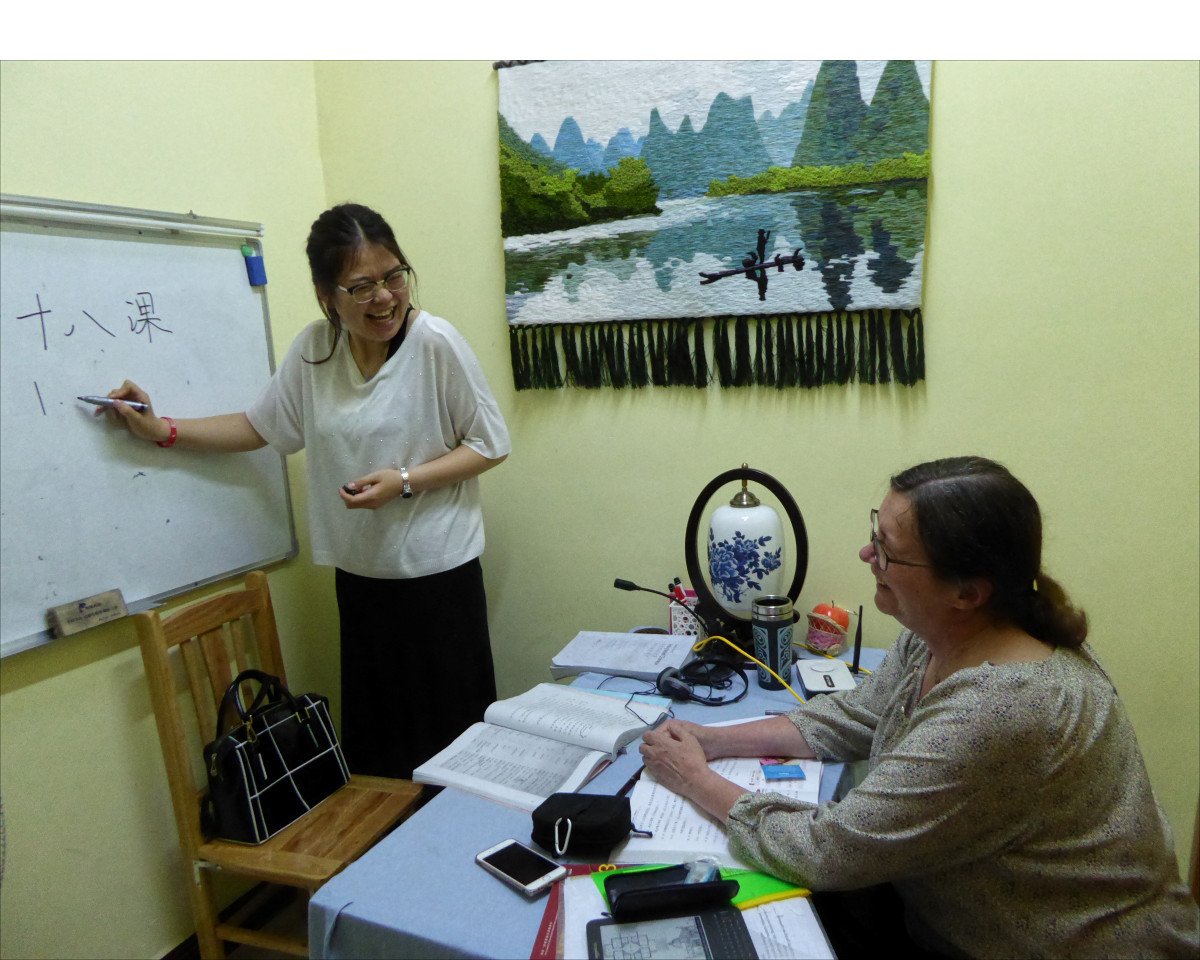
Me, hard at work ;-) Here with my teacher June. We met many more times in the following years: in Shanghai, Suzhou, and even Kunming. In 2018, she came for a visit to Canada and we spend unforgettable days in Vancouver and many places on Vancouver Island.
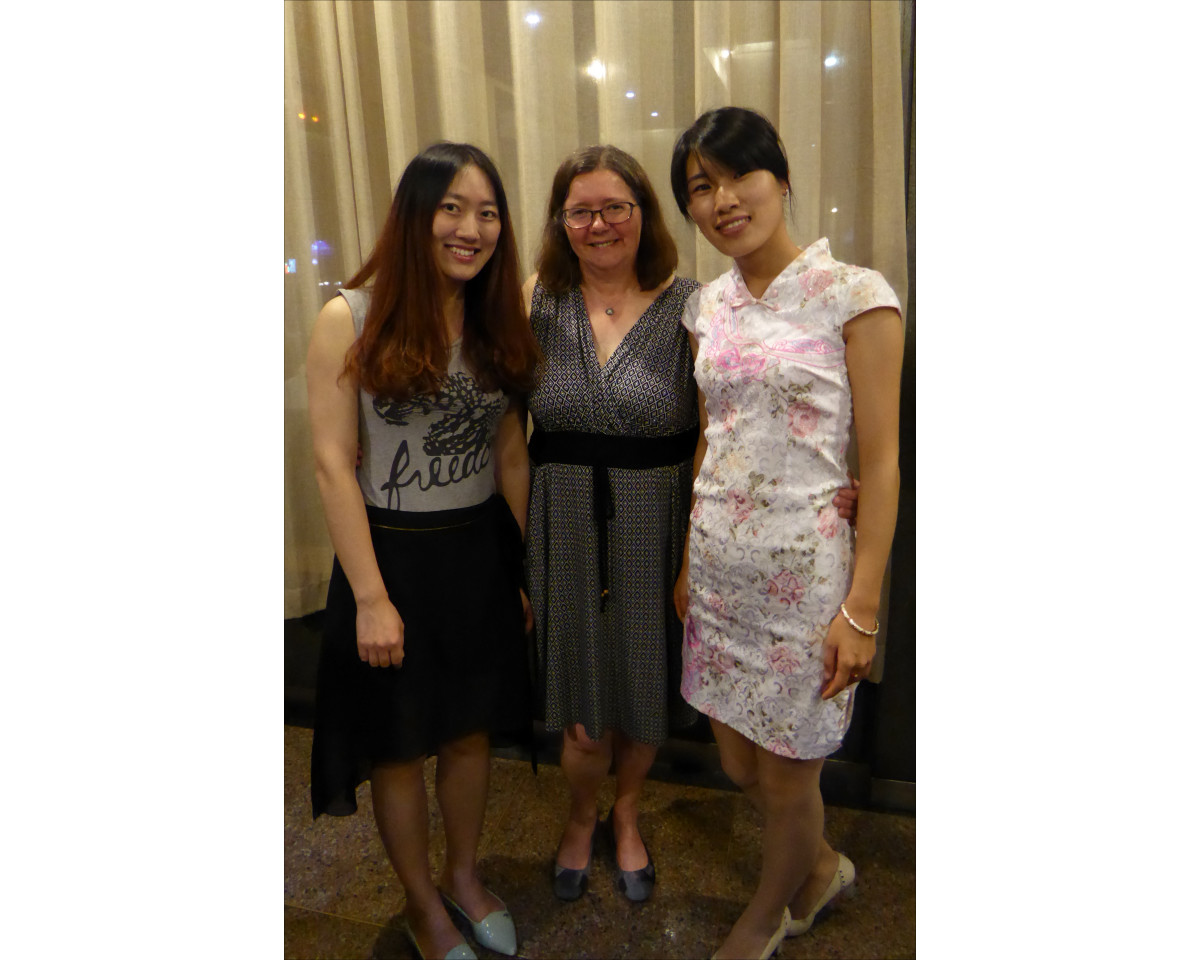
At the farewell dinner that CLI organizes for every student, with my teachers Katherine and Wendy. It made me very happy that Katherine was again one of my teachers in 2016. In 2017 she gave birth to the most adorable twin girls who speak English amazingly well. Wendy moved to Shandong and is now mom of a sweet little boy!
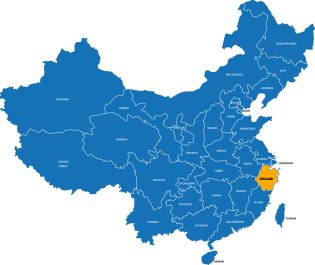
Let me start with an unbelievable true story:
At our last class at CLI in Guilin, my teacher June and I talked about our next plans. She was wrapping up things in Guilin to take on a new position in Shanghai. I was going to fly to Shanghai the week after, meet there with my friend Yangjie, stay for one night, and leave for Hangzhou the next morning. Too short for a visit in Shanghai, so we said our good-byes on that day.
I arrived in Shanghai on Friday night. After a lovely evening with a delicious dinner, a short tour at Nike where Yangjie was working at that time, and so much to catch-up on, Yangjie and I headed to the metro station the next morning. Guess, who we met when we entered the subway car? Exactly, June with a group of her new students!
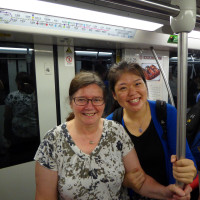
Yangjie – very punctual by nature – had arrived about 20 minutes late at my hotel. While waiting for the next subway, we changed our line-up position
several times for no particular reason. Coincidence or - as all my Chinese speaking friends would exclaim - yuanfen*?
* 缘分 yuán fèn: fate or chance that brings people together; predestined affinity or relationship; (Budd.) destiny
With both living in the same city and after adding each other on WeChat, I was sure that they would stay connected. It wasn't meant to be. A year
later, the three of us met again in Shanghai and we enjoyed a fun-filled day, but that was the end of their strange "yuanfen".
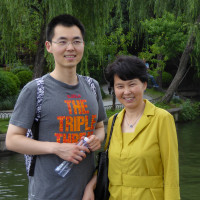
Yangjie's parents met us in Hangzhou. We spent the weekend together, walked part of the famous West Lake, climbed the Six Harmonies Pagoda, and enjoyed delicious meals together. Thanks to their arrangements I could stay at the Hupao Mountain Resort which is surrounded by tea plantations in a picturesque mountainous area. Over the years Yangjie's family has done so much for me, taken me to places I would have never been able to discover by myself, introduced and invited me to kind-hearted relatives and friends, and just let me be part of their lives for a while. I know that I will never be able to repay their hospitality and generosity, but I still hope that one day I can welcome them on Vancouver Island and play my part in creating an unforgettable time for them on our beautiful coast.
I then explored Hangzhou on my own for another week.
Visited: West Lake - Six Harmonies Pagoda - Dreaming of the Tiger Spring (Hupao) Park – Zoo - Zhejiang West Lake Gallery - Wushan Square and Wushan Hill - Eight Diagrams Field - Lingyin Temple
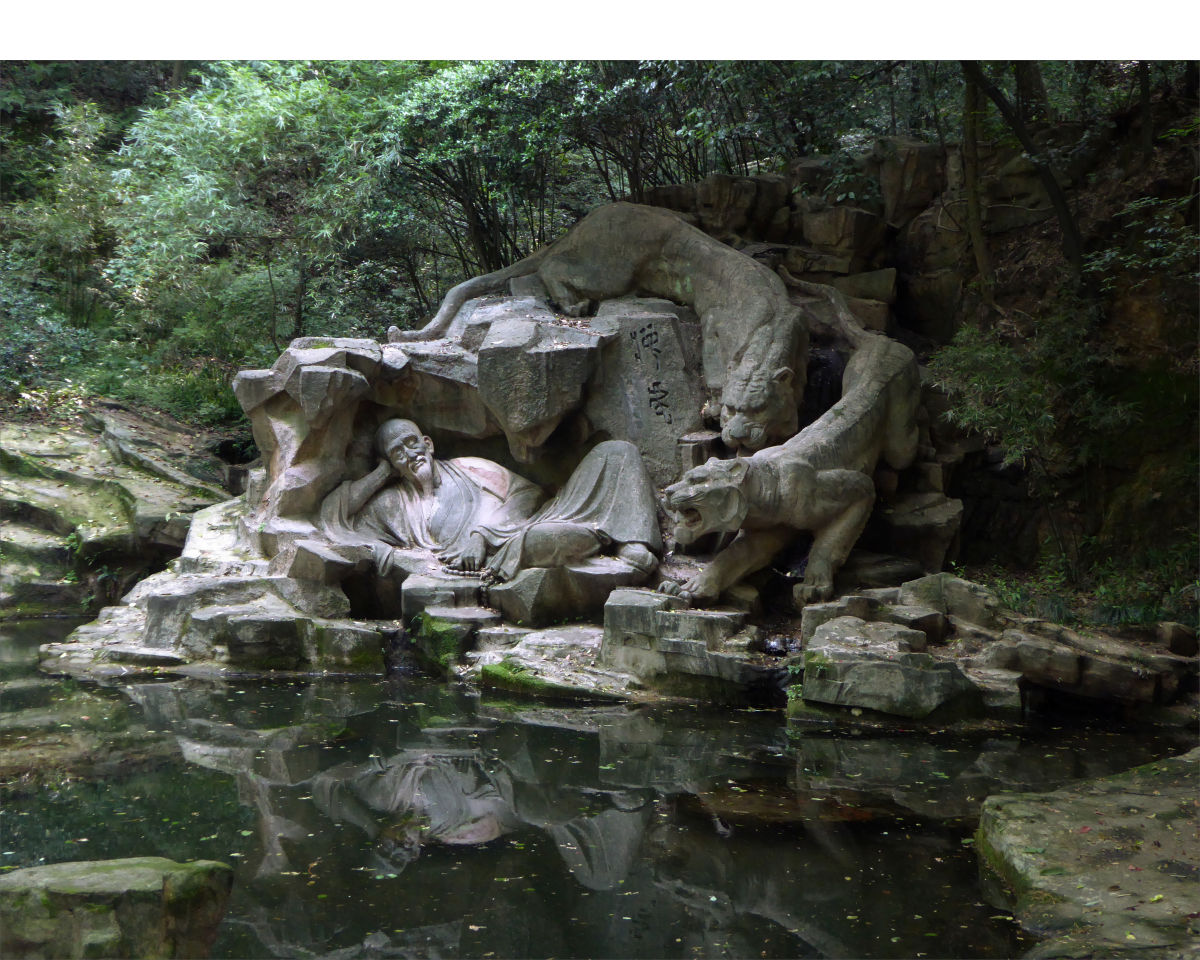
The name of the park comes from a legend: Some 1300 years ago during the Tang dynasty, Hangzhou was suffering from a draught. Just when great master Xing Kong was about to leave the city, he met an immortal in his dream who promised to send two tigers help dig a spring at Daci Mountain. And sure enough, the next morning he saw spring water gushing out from a hole seemingly dug out by two tigers at exactly the location from his dream.
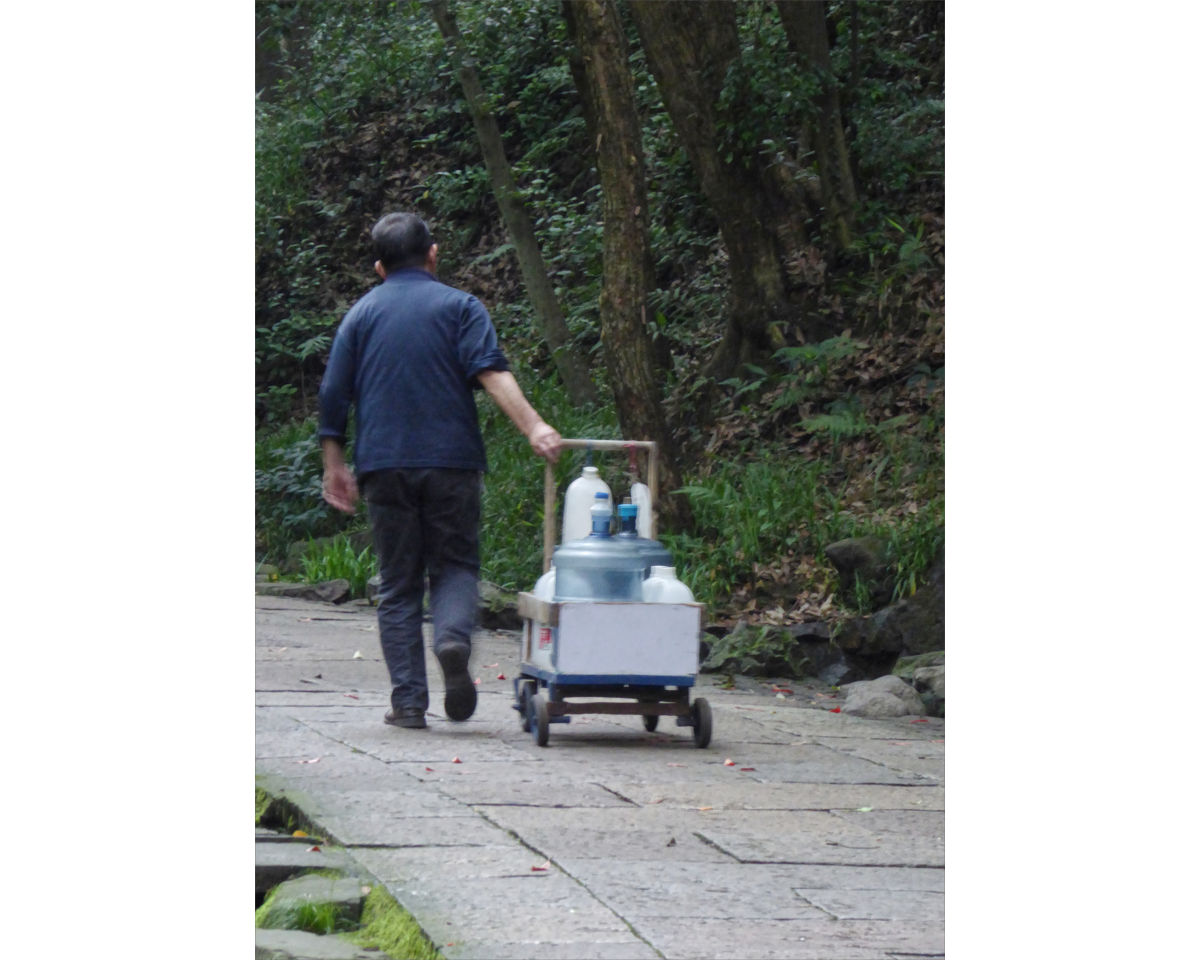
The water from the spring still gurgles and is regarded as among the finest in China. It is popular for brewing teas, in particular the local specialty, Longjing tea. Any time of the day you'll see long lines of locals with large canisters waiting to get their fill.
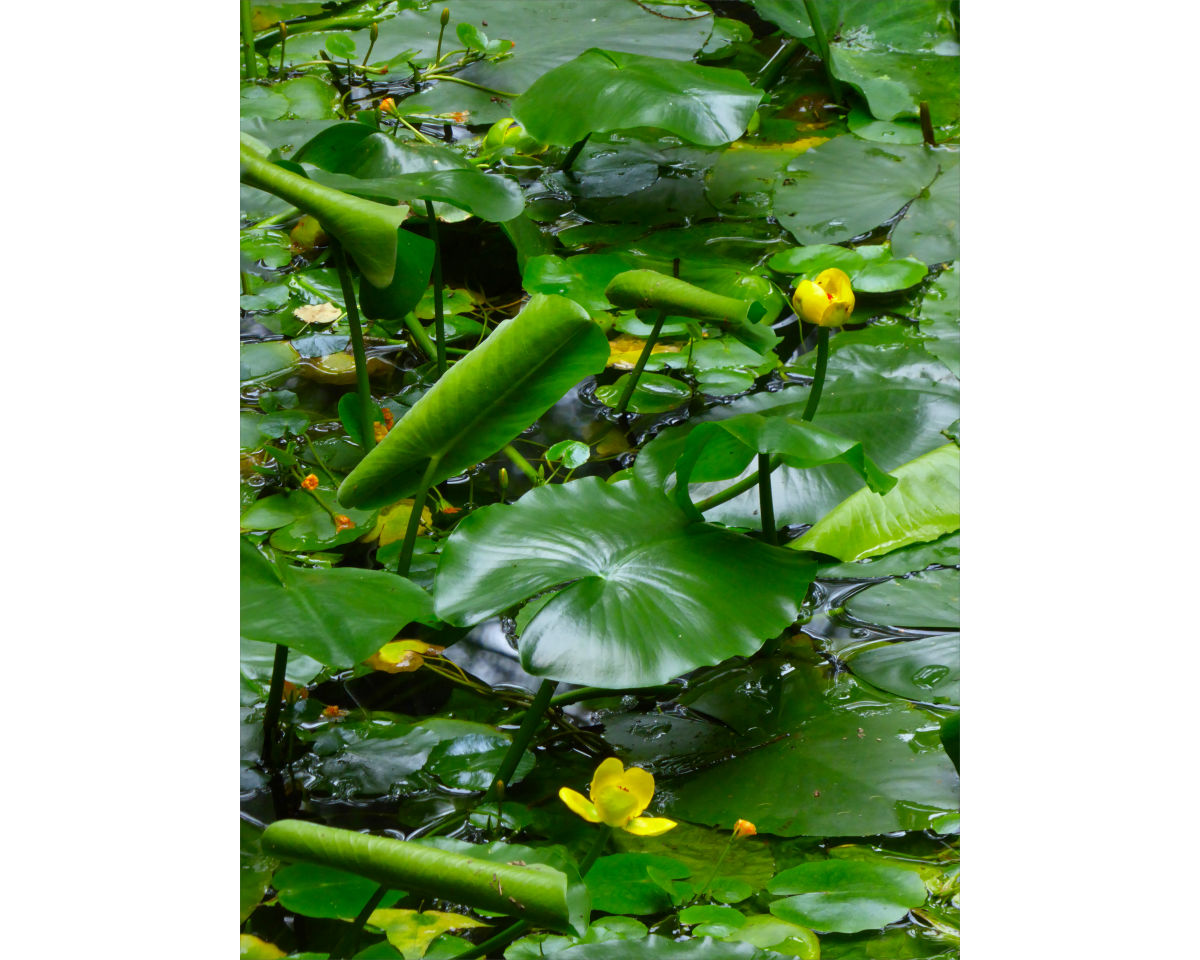
Hupao Park was just a few minutes from the resort. After weeks of studying and constantly taking in new impressions without the time to really let them sink in, I loved the tranquility of the park and went there a few times. There are little trails leading off the main paths up the mountains and into the wilderness. Curious, I once followed some rough stone steps. About 1200 steps later I got rewarded with a fantastic 360° view over Hangzhou – that equals close to 60 floors.
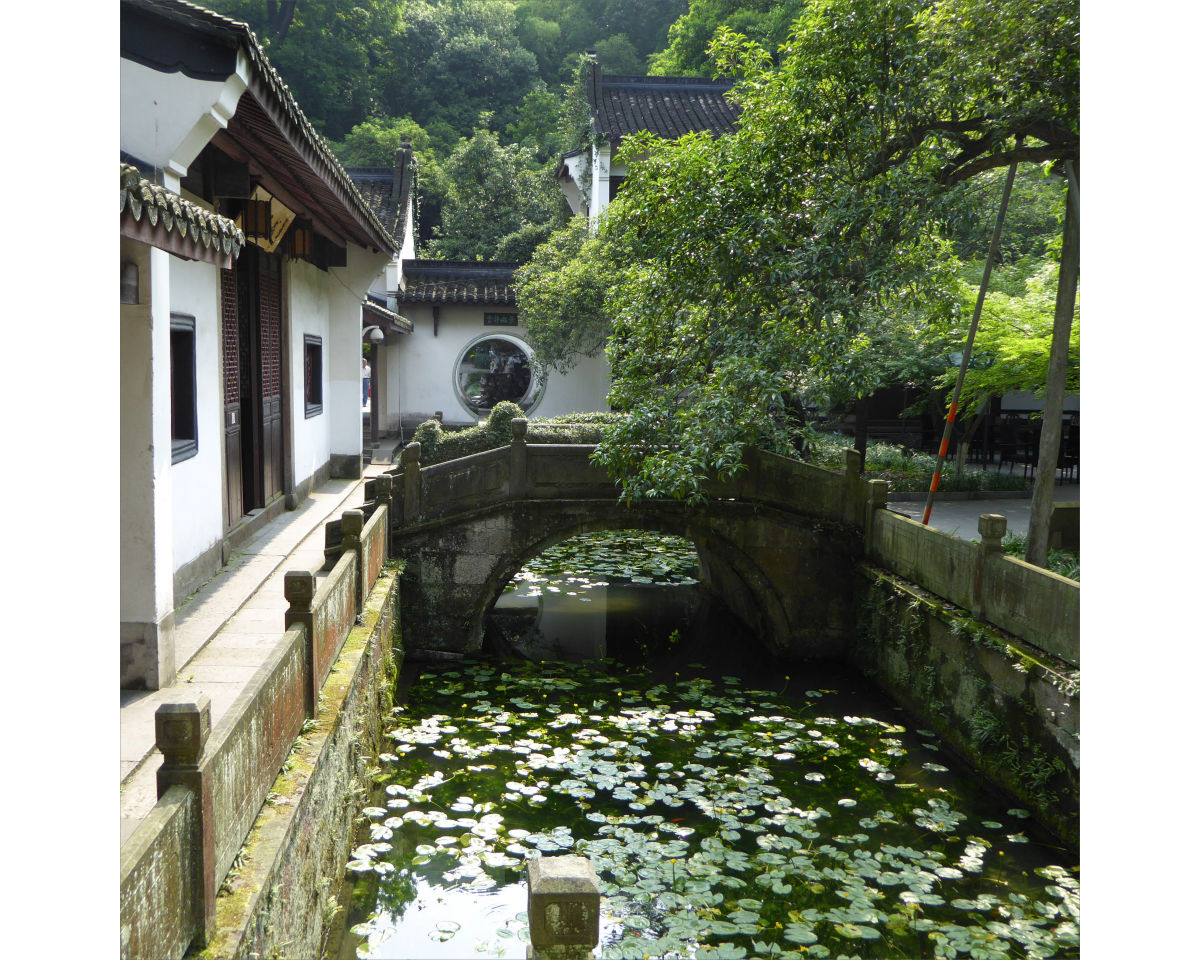
Temple buildings, statues, inscriptions, tea house, bridges, ponds, bamboo forests… so much to see and to discover in Hupao Park.
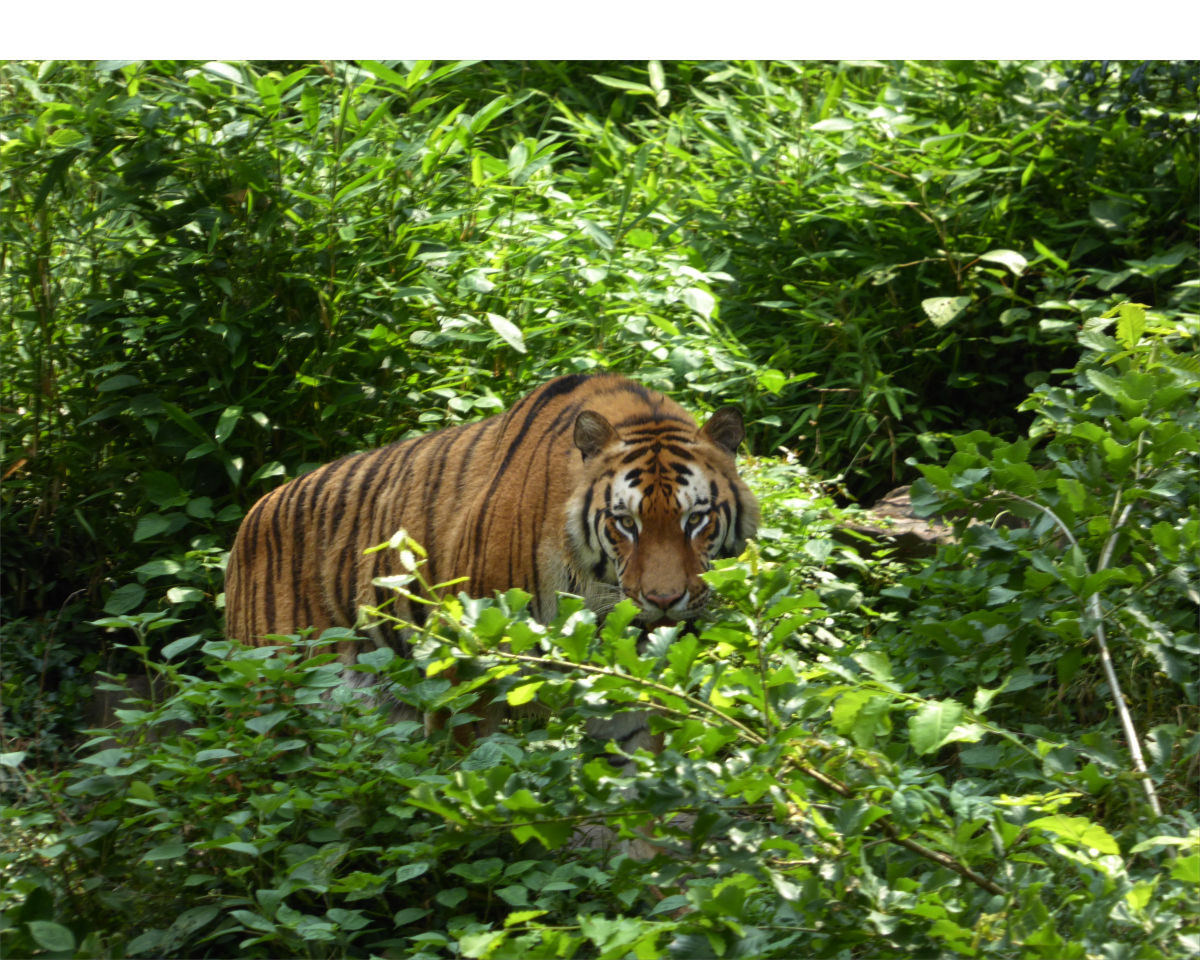
The tigers that gave Hupao its name are nowadays roaming Hangzhou Zoo, located next to the park, no longer digging for springs. There's even a convenient side entrance to the zoo directly from the park.
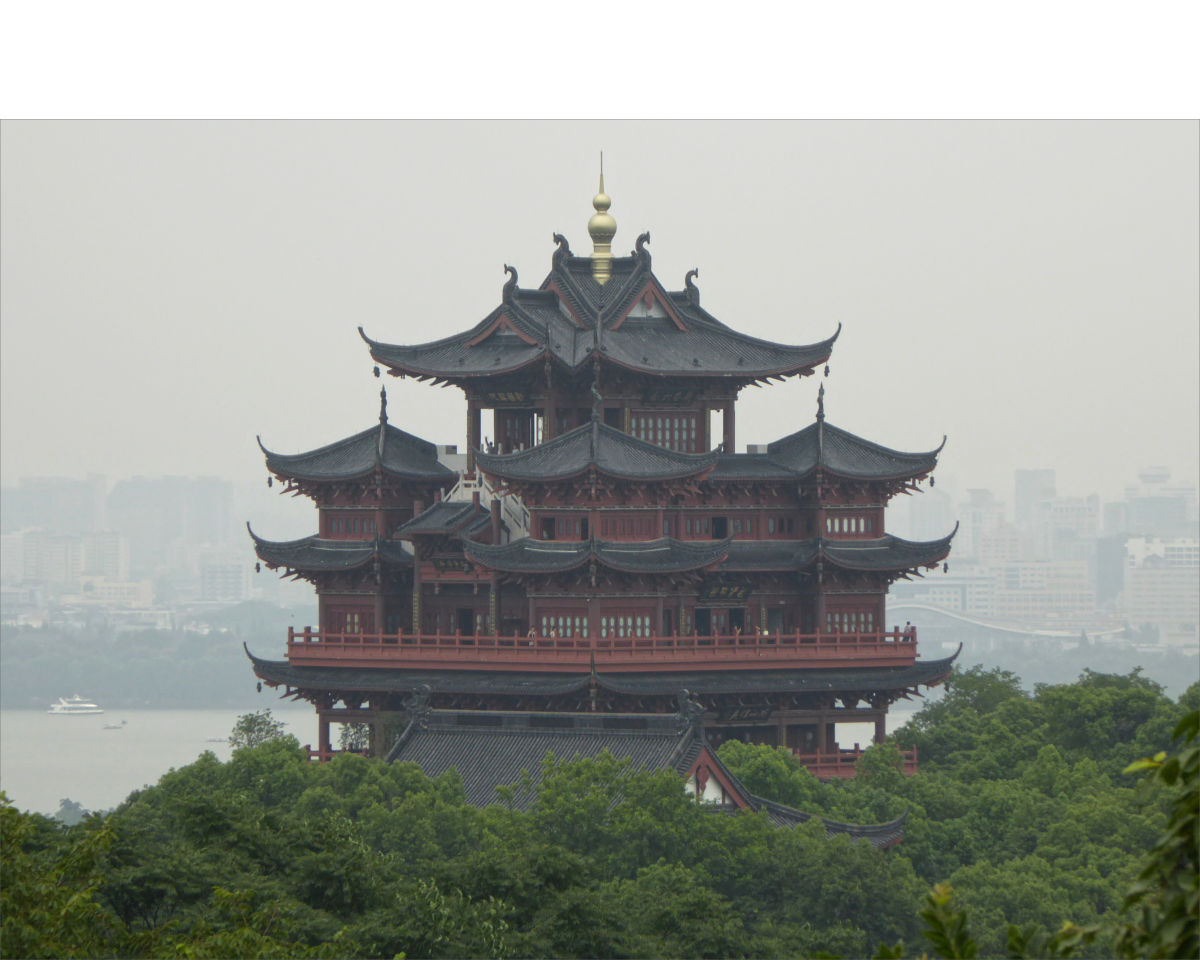
Chenghuang or City God Pavilion on top of Wushan, the only mountain located in the downtown area.
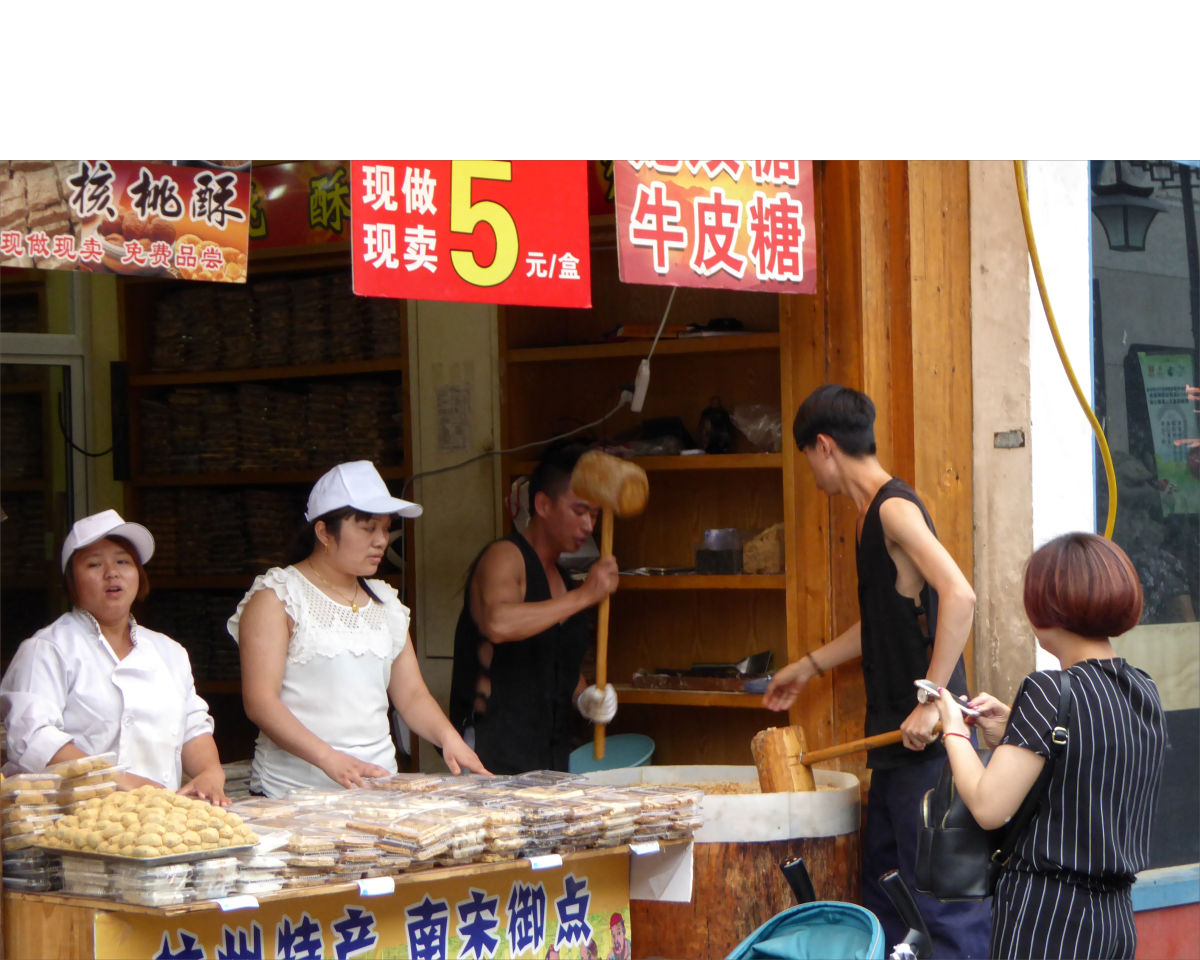
A sweets shop at Wushan Square. These guys are pounding a handmade sesame and peanut paste treat, that is then rolled, diced, packaged, and sold right at the store.
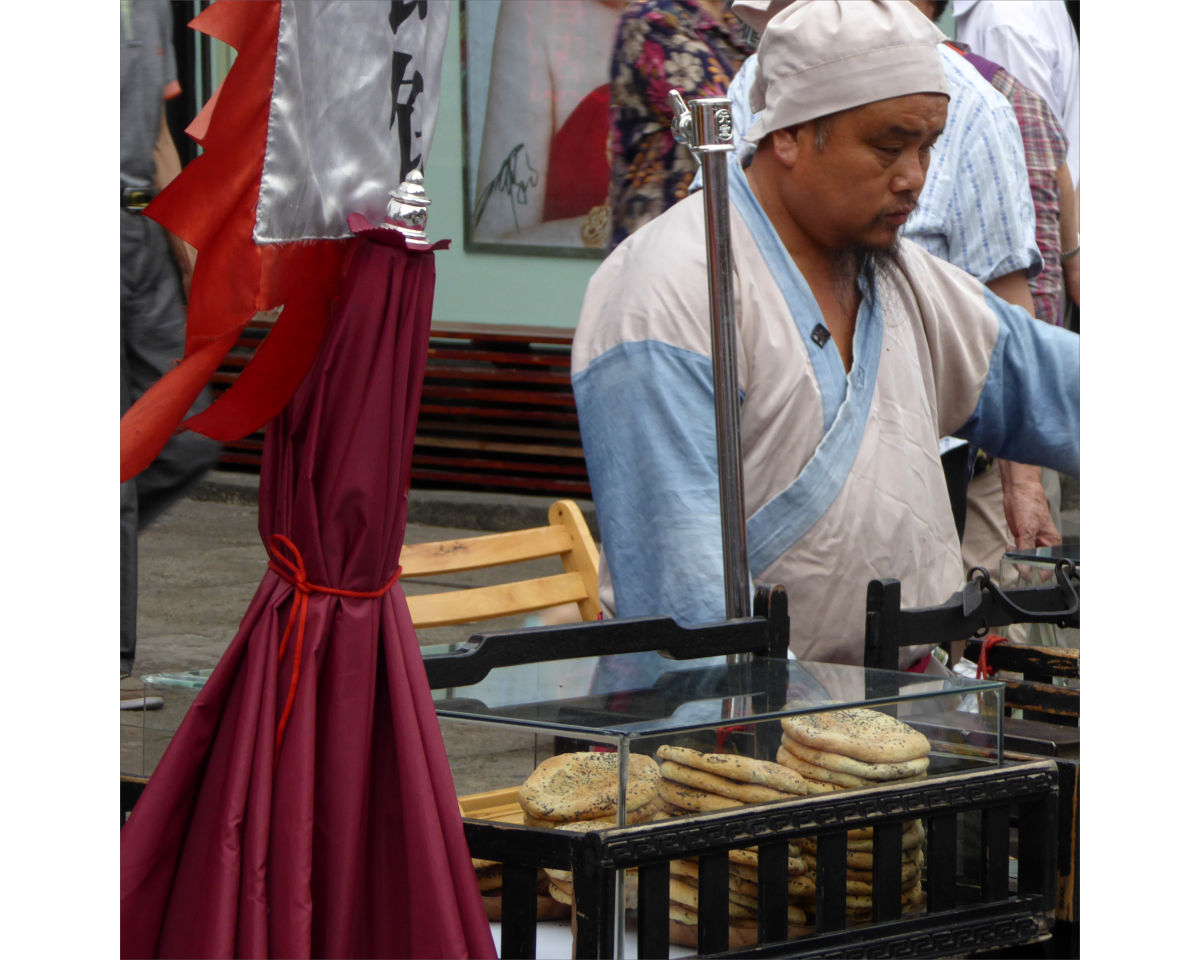
I think it's called shaobing, sold with or without filling, savory or sweet, with or without sesame… Yummy!
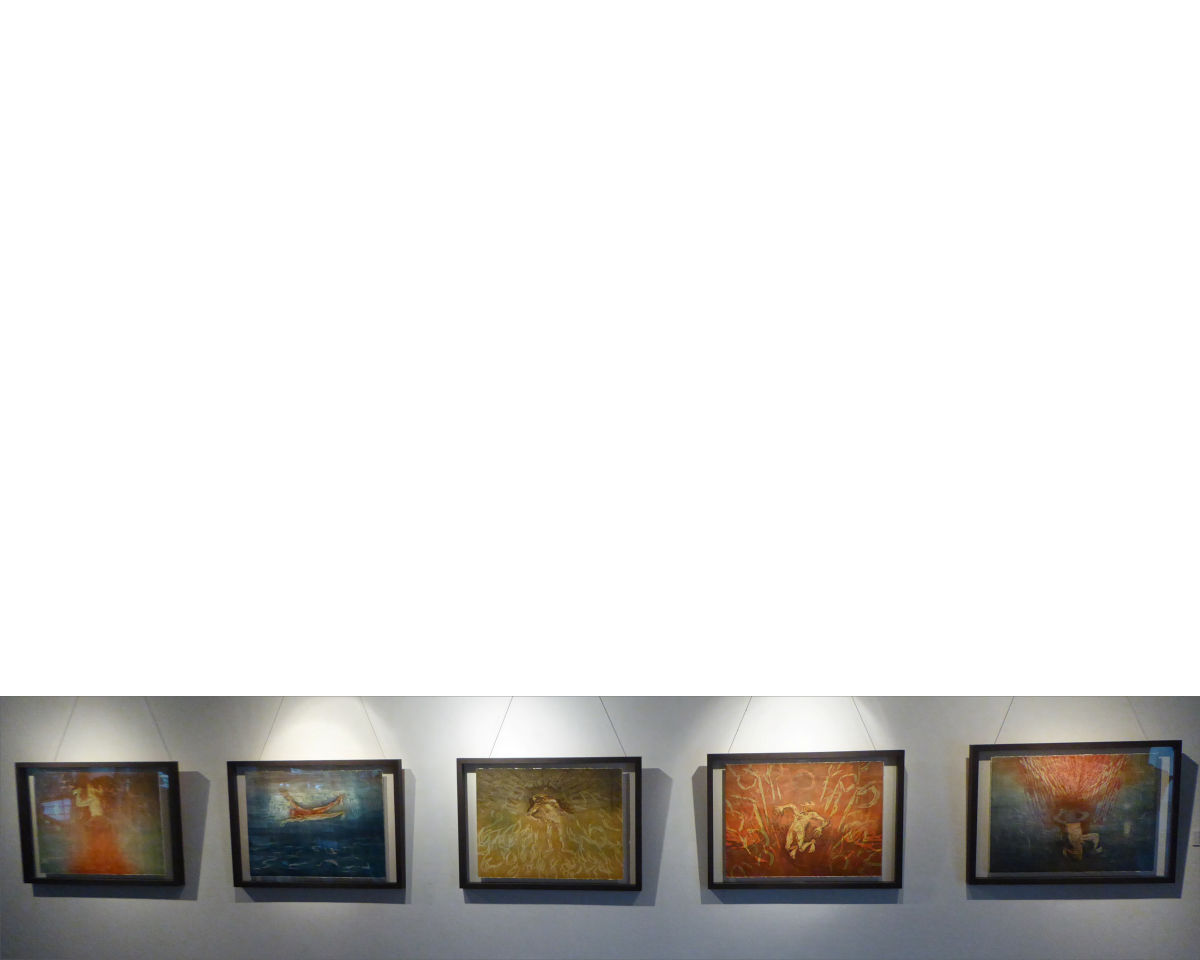
The Zhejiang West Lake Gallery featured the 2015 Graduation Exhibition at the China Academy of Art. It surprised me that most paintings had very dark subject matter: lots of black and white, drowning, fear, etc.
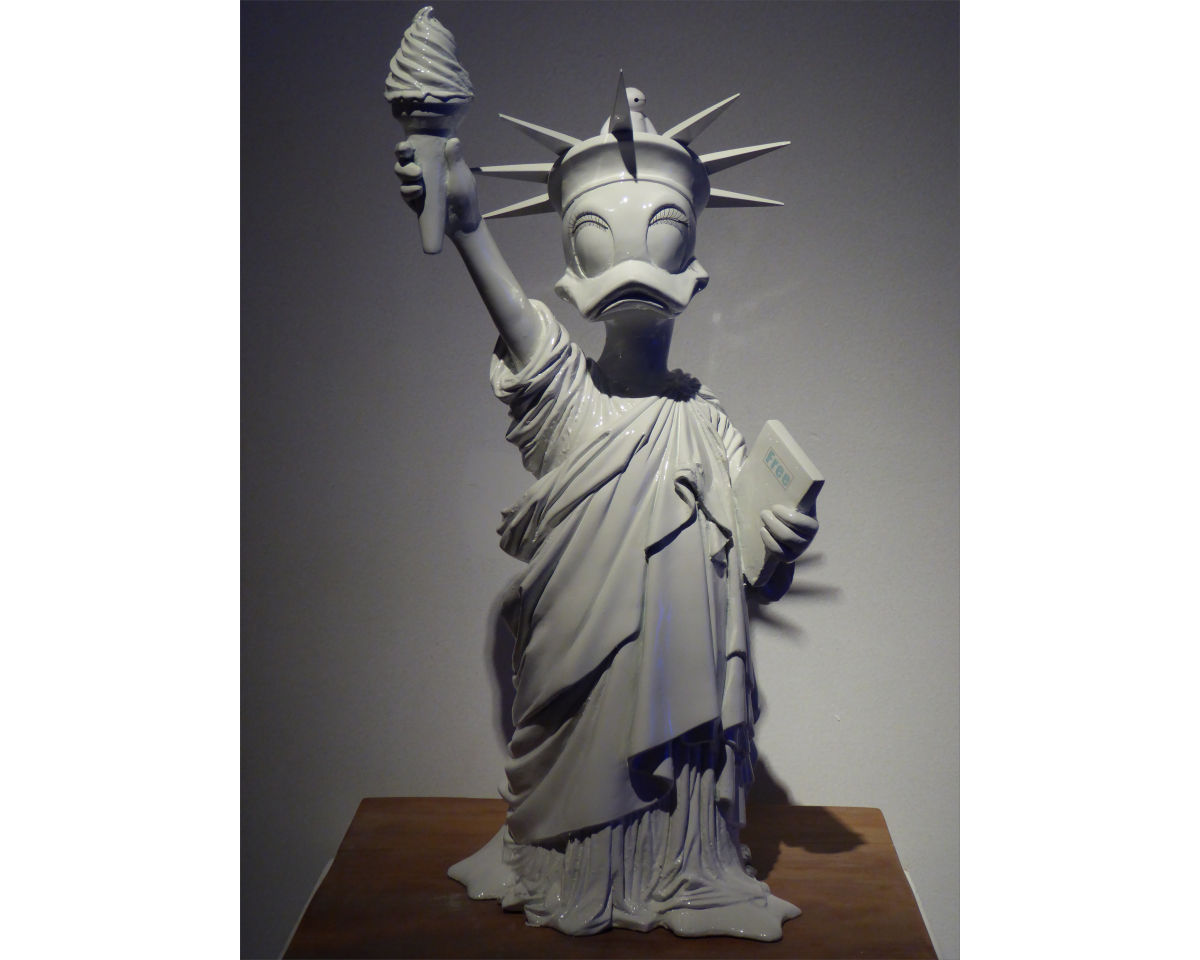
And this was my favorite, still makes me laugh out loud. But it also perfectly represents a question that I have been asked many, many times by friends in China: "What do people in the west mean by 'we have no freedom'?" Good question...
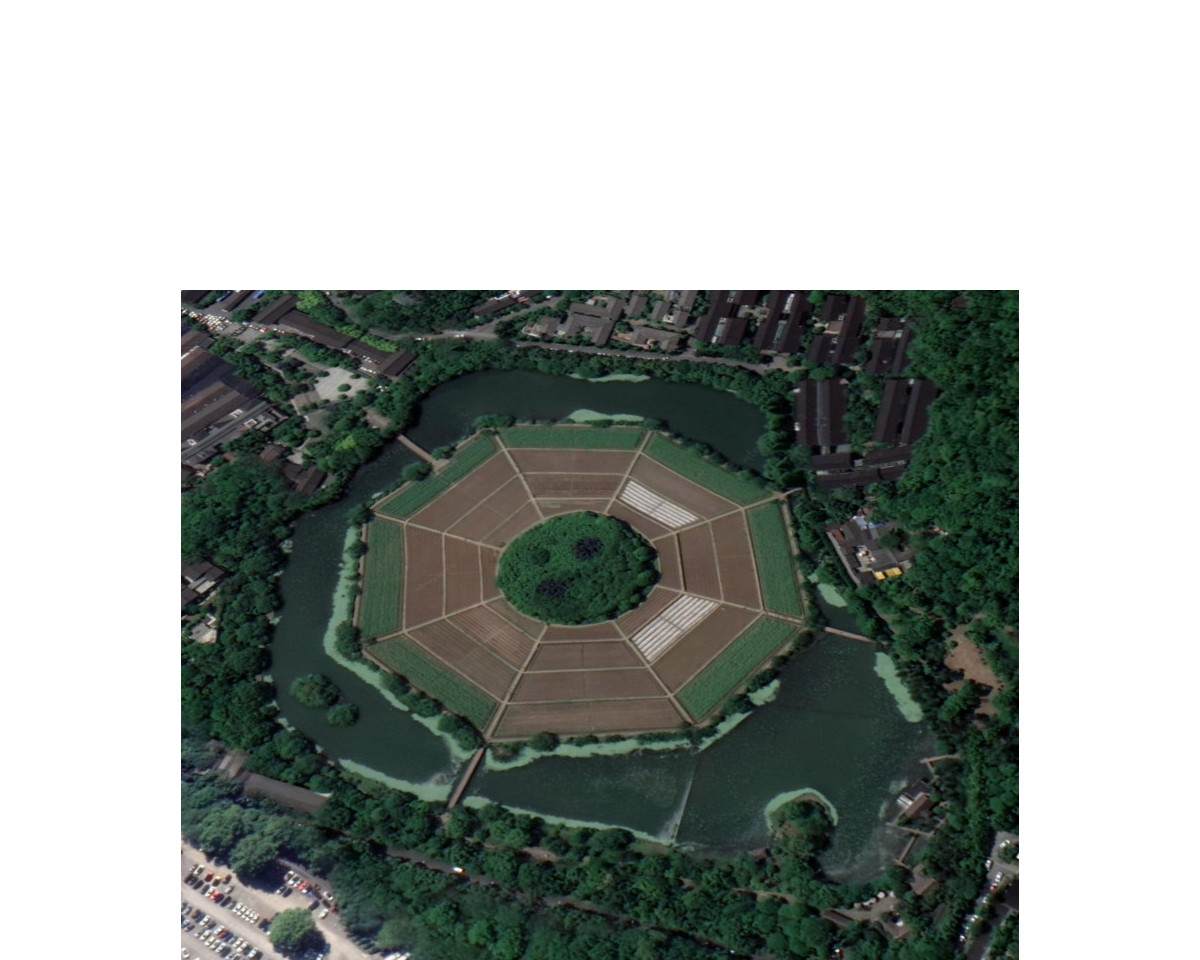
The next few pictures are all from Eight Diagrams Field (Bagua Tian), another one of my Hangzhou favorites! It's a huge field in the shape of an octagon and a complex philosophy of when to plant what. This screenshot from a Google Earth shows the entire area in relation to buildings and cars.
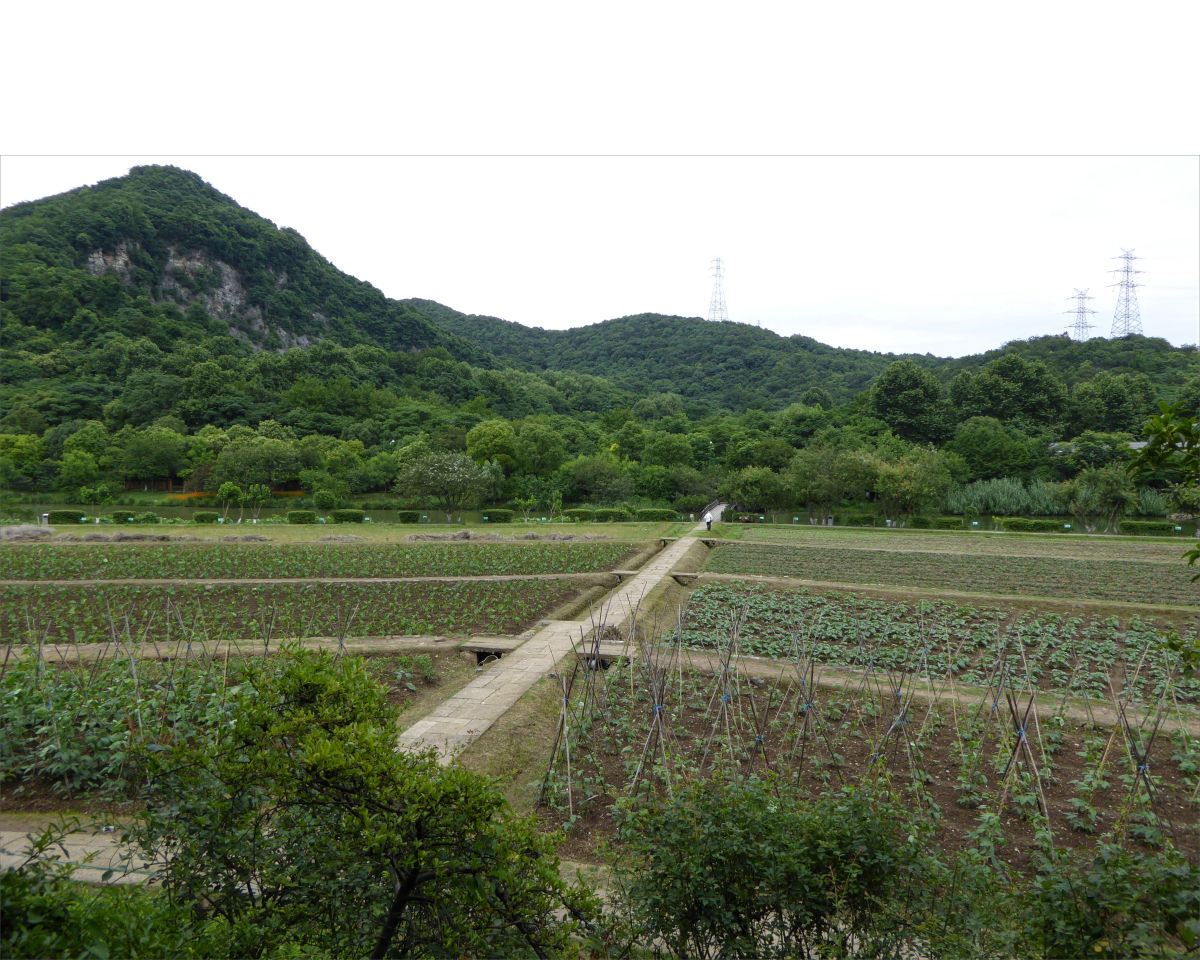
Each section has a different crop. Depending on the time of the year, it can get quite colorful. Bagua Tian is a working farm, not just an outdoor museum.
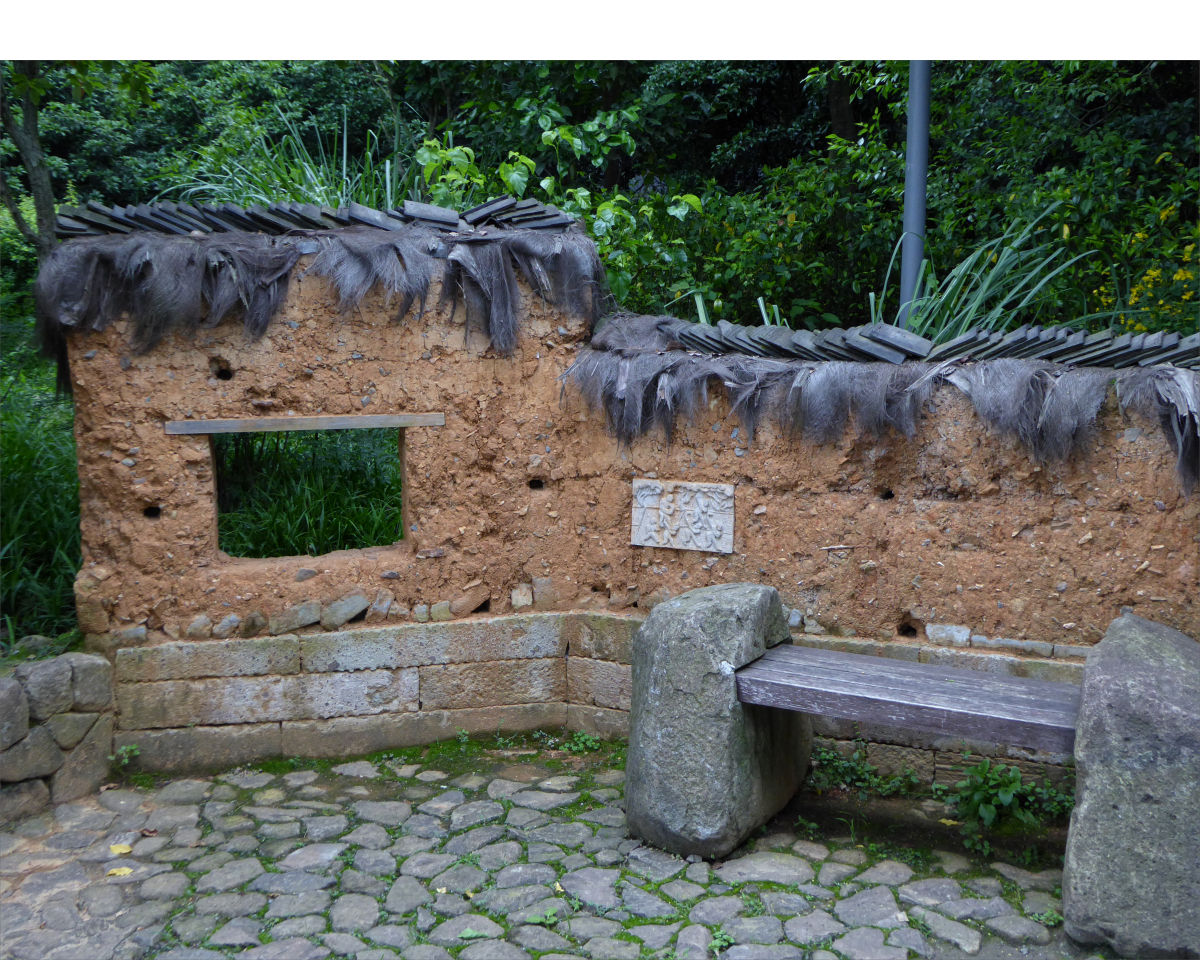
What exactly is this black stuff? Skin and feathers of birds? Why are they here? Just random art or a deeper meaning?
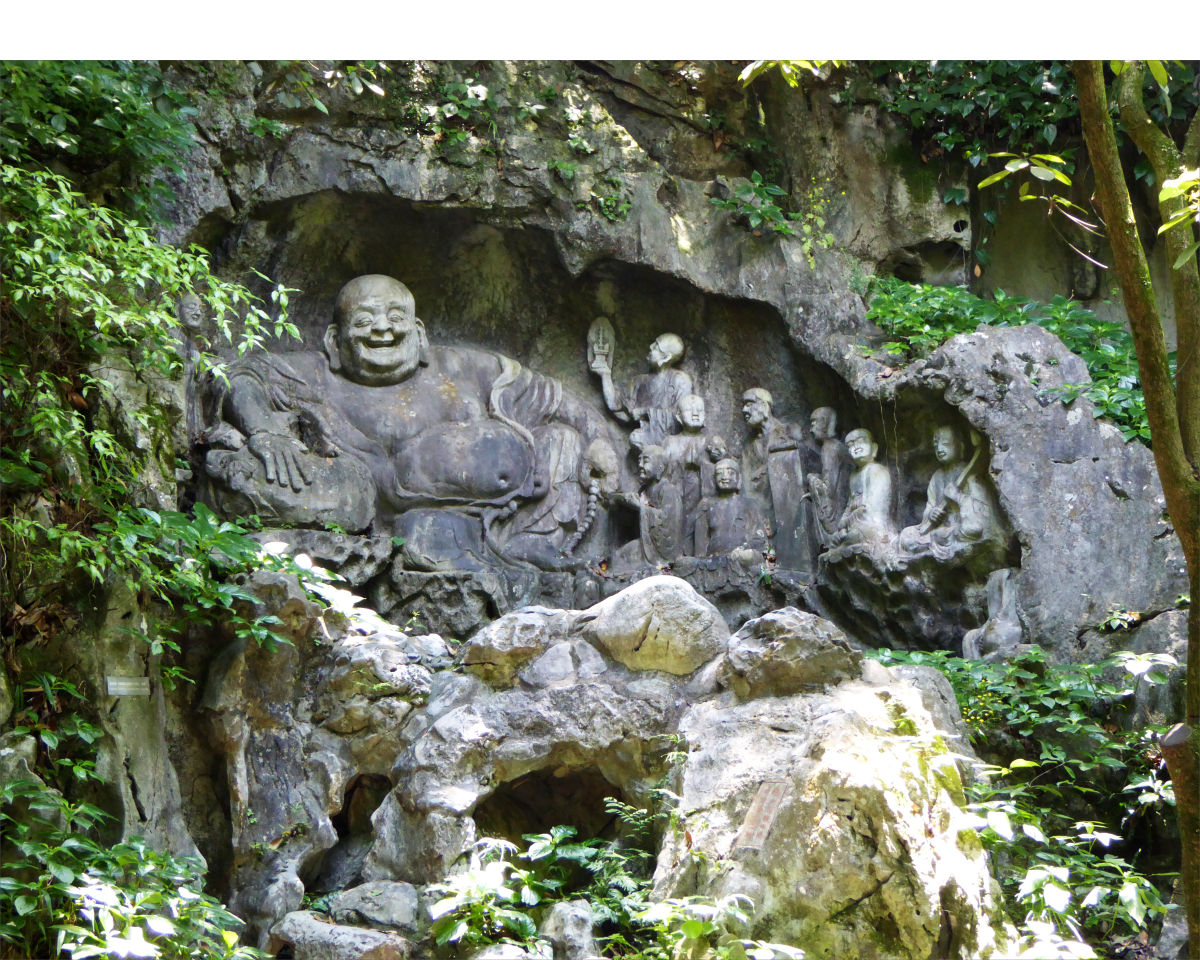
The Lingyin Temple or Temple of Soul's Retreat is one of the largest wealthiest Buddhist temples in China.
It contains numerous pagodas and Buddhist grottoes with detailed stone carvings.
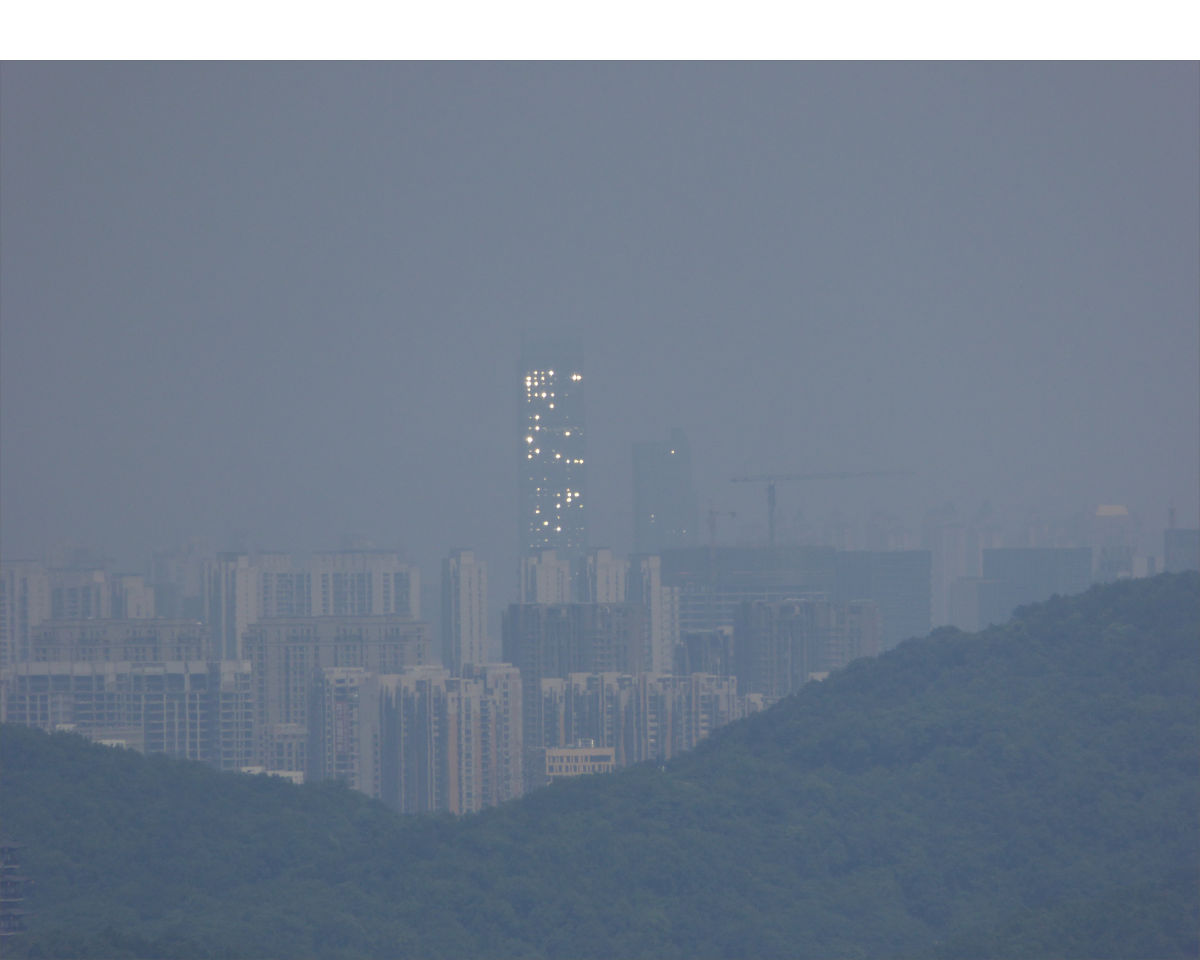
Up to now I've only shown the beauty of Hangzhou. Most places I visited were on the outskirts in densely forested areas. But the city also has its BIG challenges, namely pollution. It's real and it's urgent and there is no easy solution.
I wrote an article about Hangzhou and its environmental challenges a while ago:
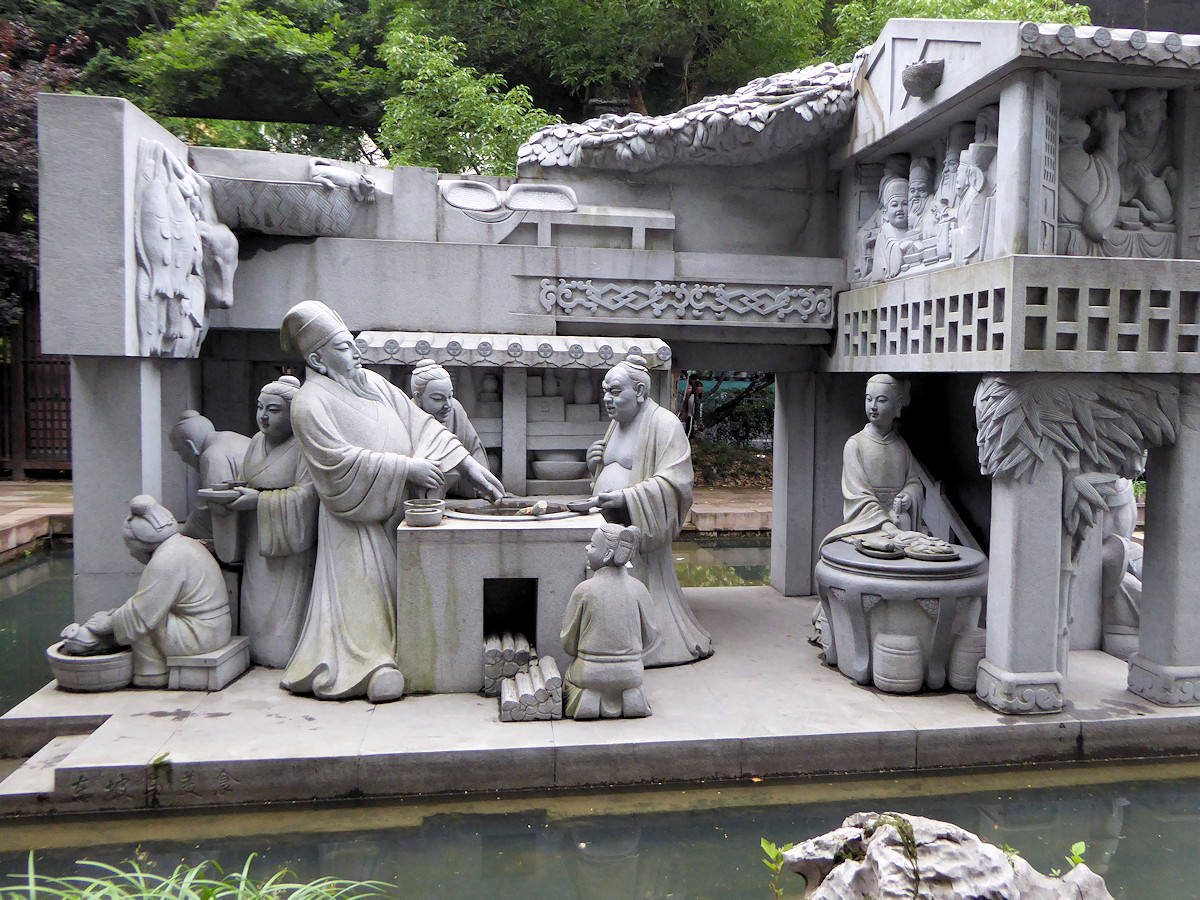
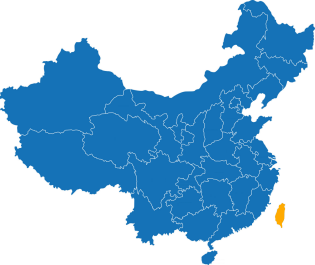
Less than a week, impressions as if I had stayed for a month, memories for a lifetime!
Taiwan was such a big surprise, so different from what I had envisioned. With a little over 36,000 km2, Taiwan is only 5,000 km2 larger than Vancouver Island. Taiwan's population is over 23 million, while Vancouver Island's is less than 1 million. Before visiting and looking closer, I thought that Taiwan must be more or less one huge city with hardly any untouched wilderness left. I was so wrong! There's spectacular nature everywhere!
My friend Lisi welcomed me in Taipei, and the next day we were on the train to Taroko National Park.
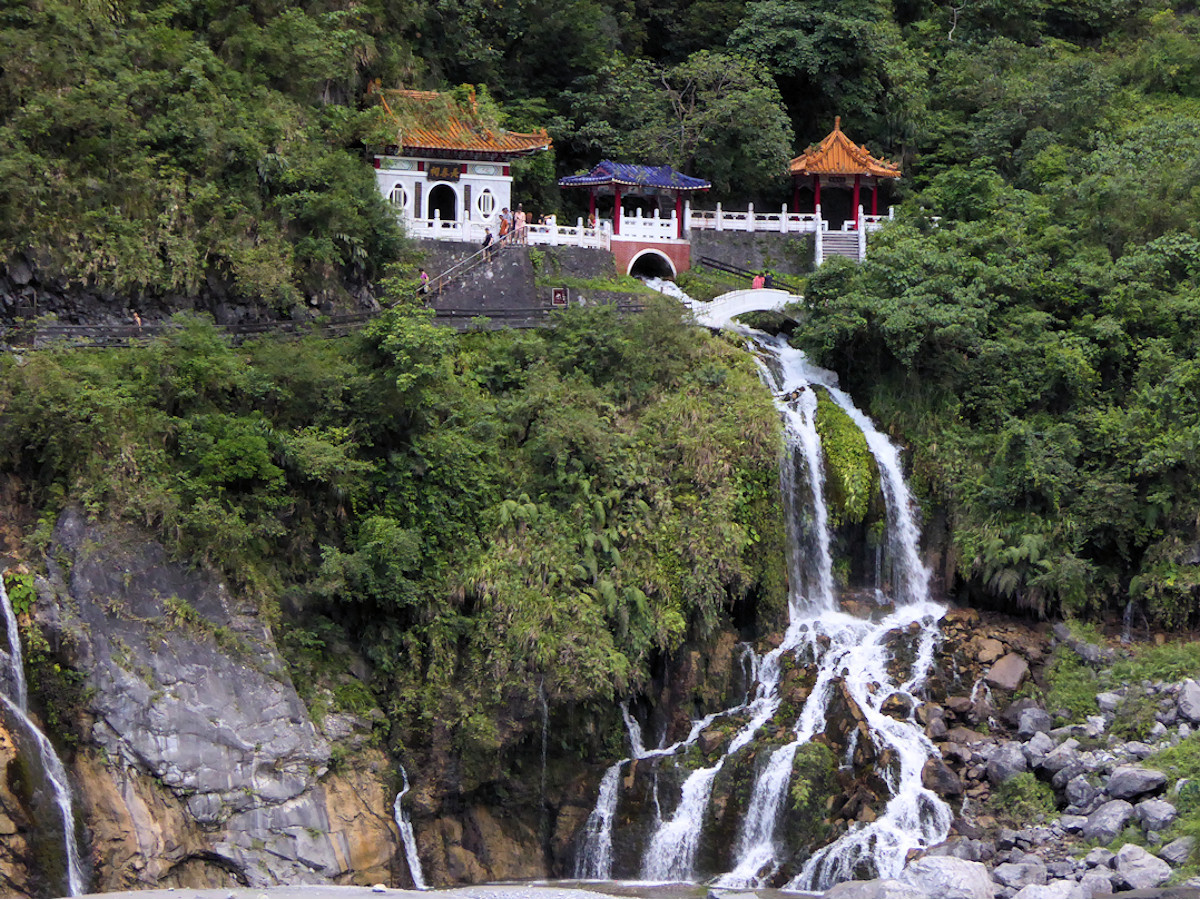
I only had time to visit a few of Taipei's many famous sights and places. The National Palace Museum is home to nearly 700,000 pieces of ancient Chinese imperial artifacts and artworks, making it one of the largest of its type in the world. The museum's exhibits continuously rotate, as only a small percentage of the collection is displayed at any given time. Photography is strictly forbidden. Lacking visual memory, I'm left with a blank page. I only remember that I was mighty impressed!
In 2010 I met Wang Yu, a young Taiwanese woman at Beomo Temple in Busan, South Korea, and we ended up spending the rest of the day together. Five years later, we reconnected in Taipei, and she invited me to come along to a local Martial Arts competition. Love it when I'm simply included in whatever is happening.
My last day was again action-packed. Lisi and I took the subway to the terminal station Xin Beitou. One moment we were in the middle of the big city, the next we were in the middle of Yangmingshan National Park!
Visited: Longshan Temple Night Market – Hualien / Taroko National Park – National Palace Museum – Shilin Night Market – Taipei 101 – Beitou – Hot Spring Museum – Yangmingshan National Park - Xiaoyoukeng – Menghuan Lake
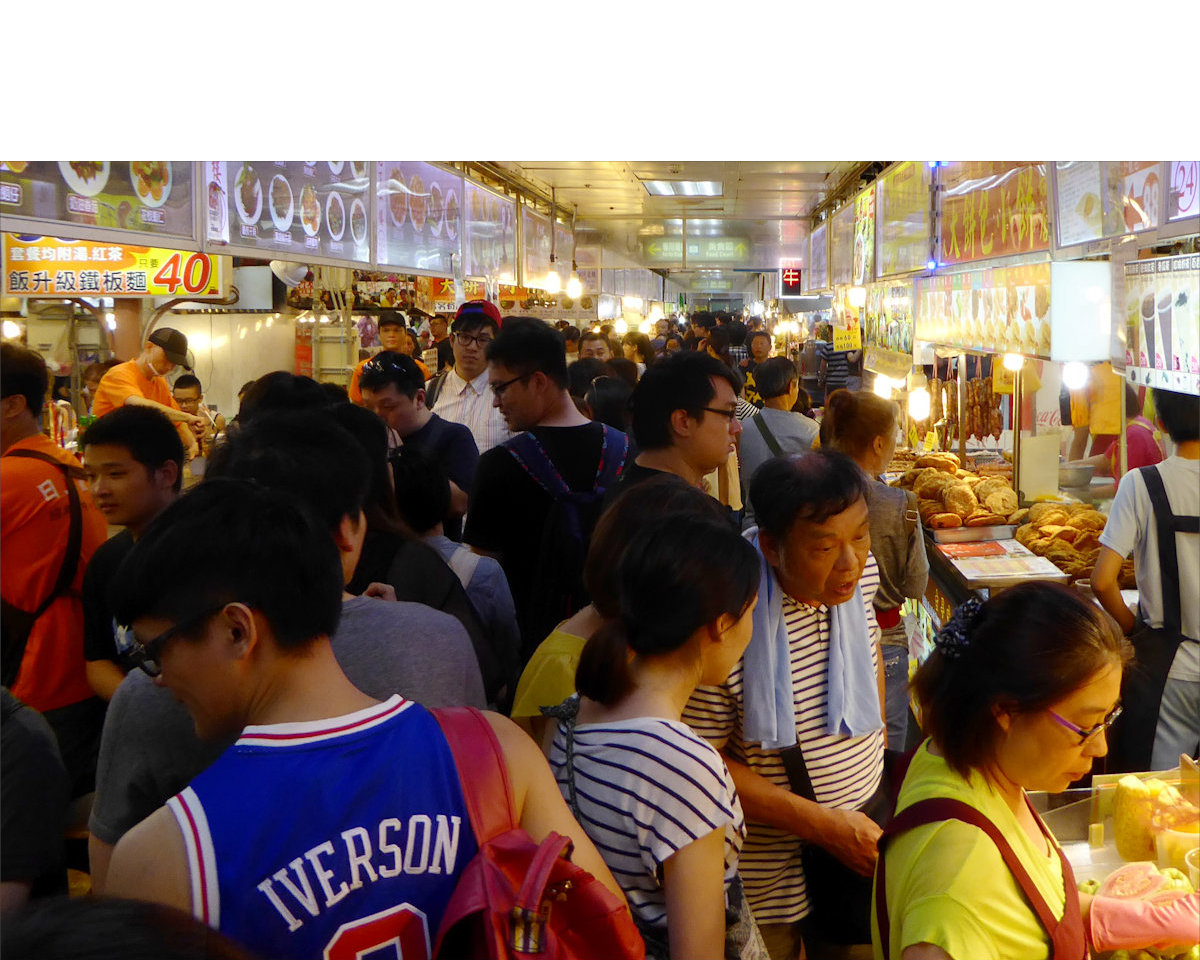
Shilin Temple Night Market – I miss being submerged in the relaxed, curious crowds found at markets everywhere.
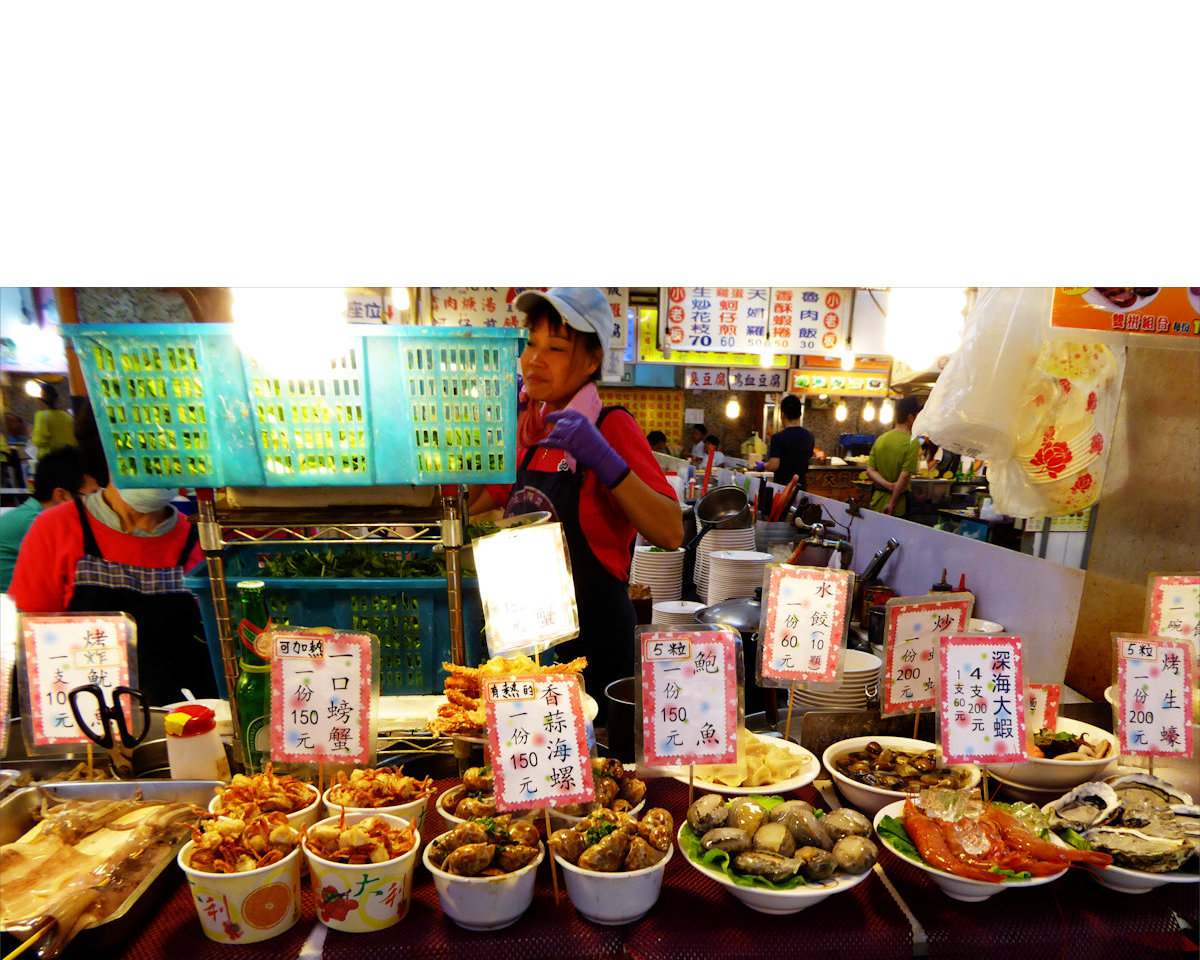
A paradise for foodies. The minor question: what is all this? The major question: how to eat it?
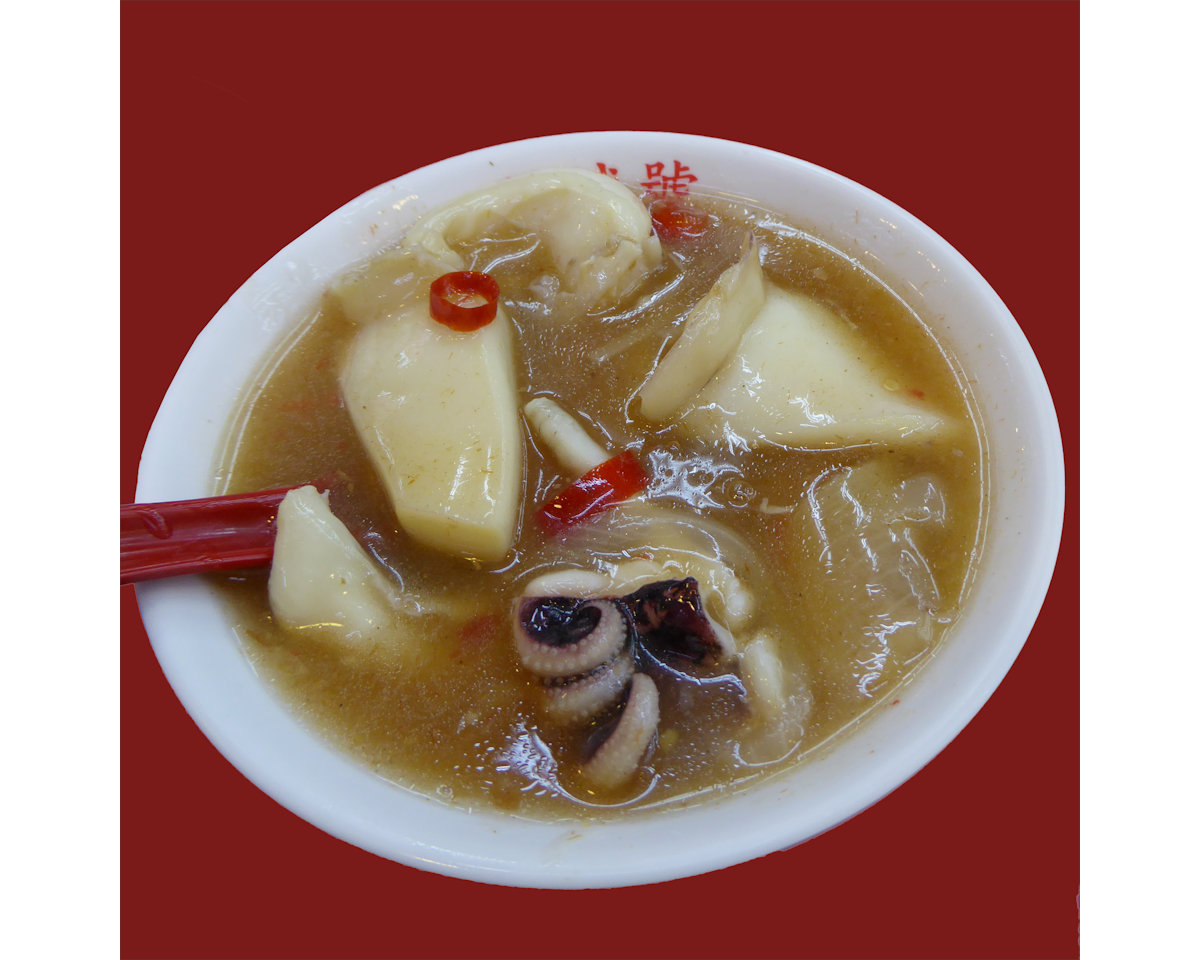
Whenever I'm with local friends, I happily let them pick our food. On my own, I miss out on a lot. Looking at the picture, I can almost taste it once again.
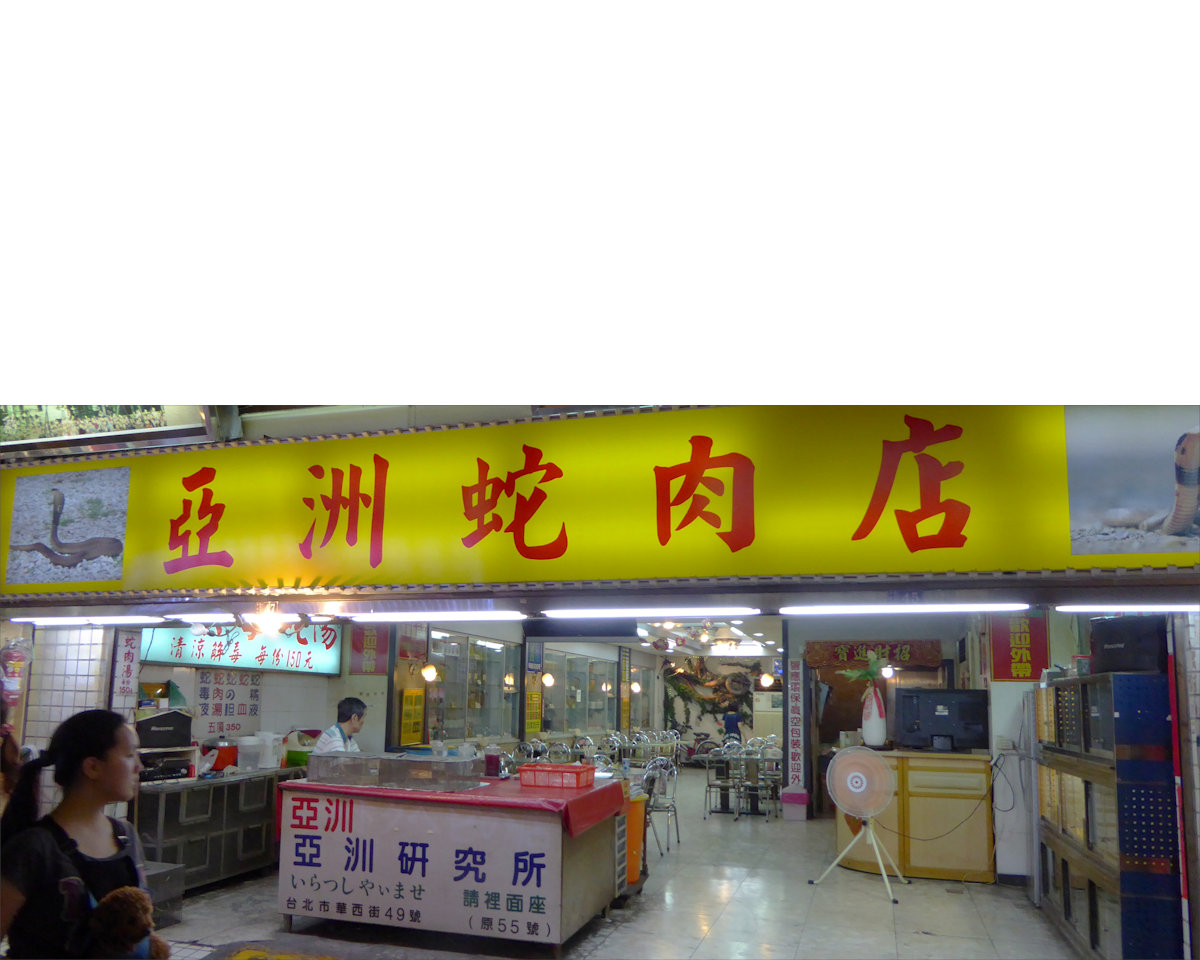
This restaurant specializes in snake meat and dishes. Demand doesn't look all that high! I haven't tasted snake meat yet, but it's on my list…
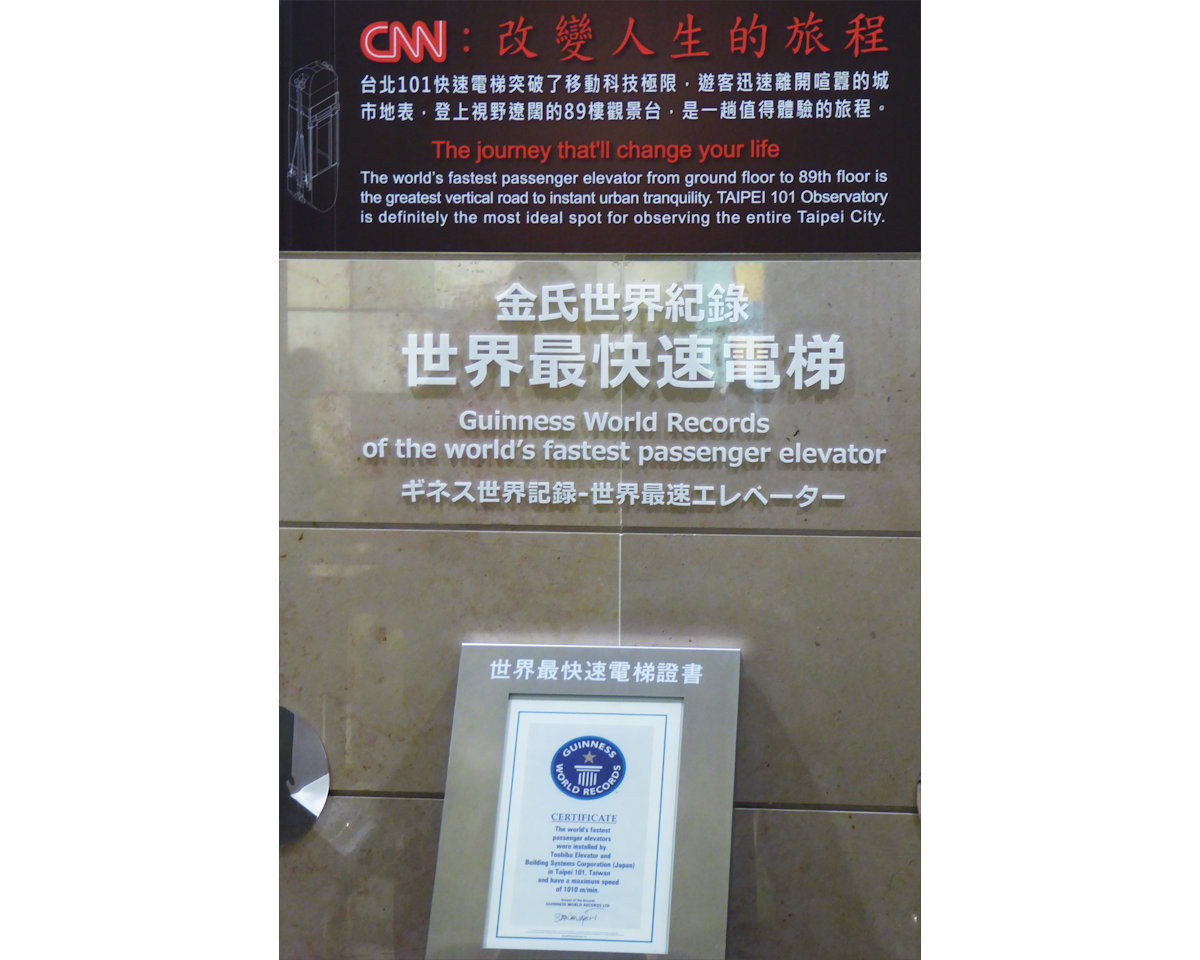
A ride on the world's fastest passenger elevator got me to the top of Taipei 101 in just 24 seconds.
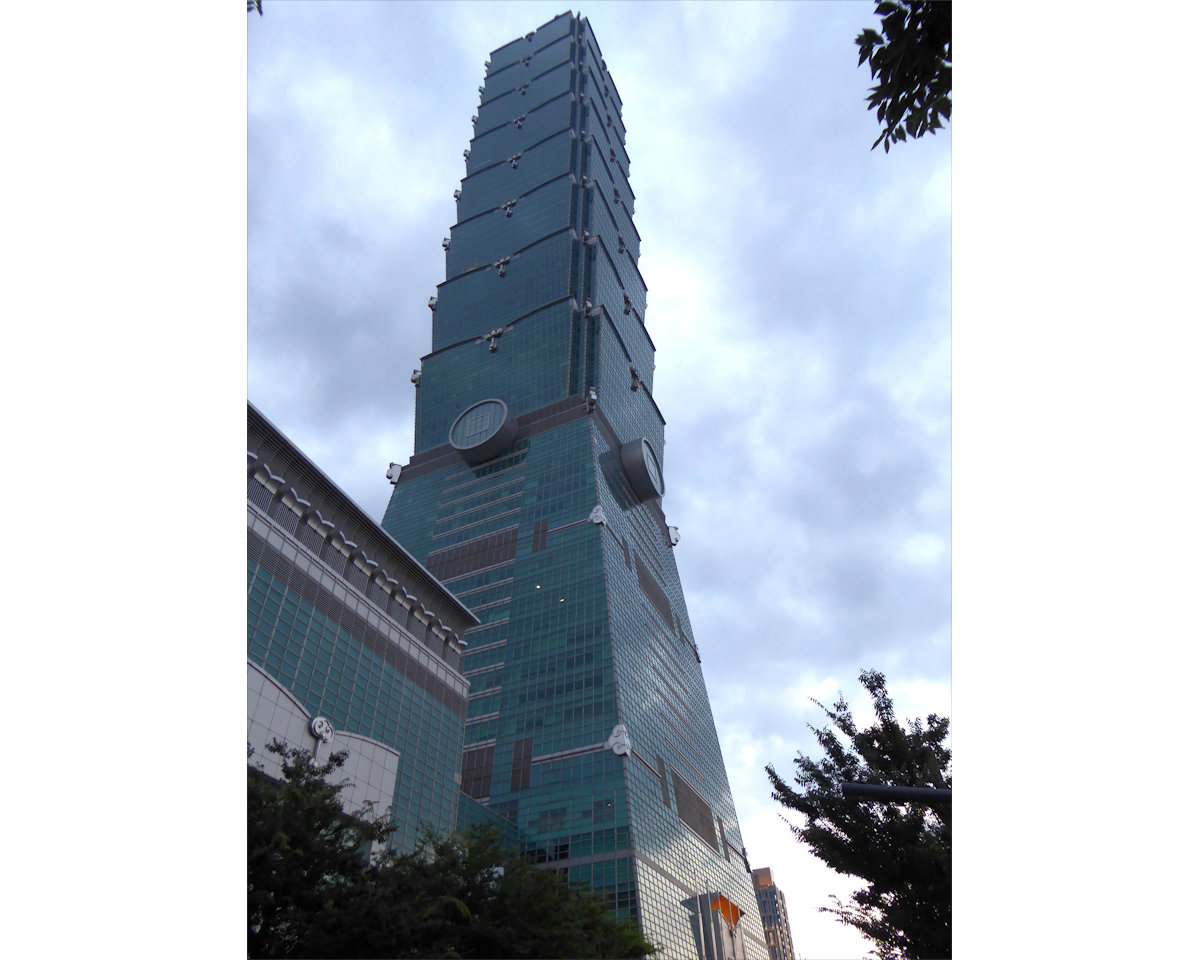
From 2004 to 2009 the Taipei 101 was officially classified as the world's tallest building, until the Burj Khalifa in Dubai, UAE, took over this record.
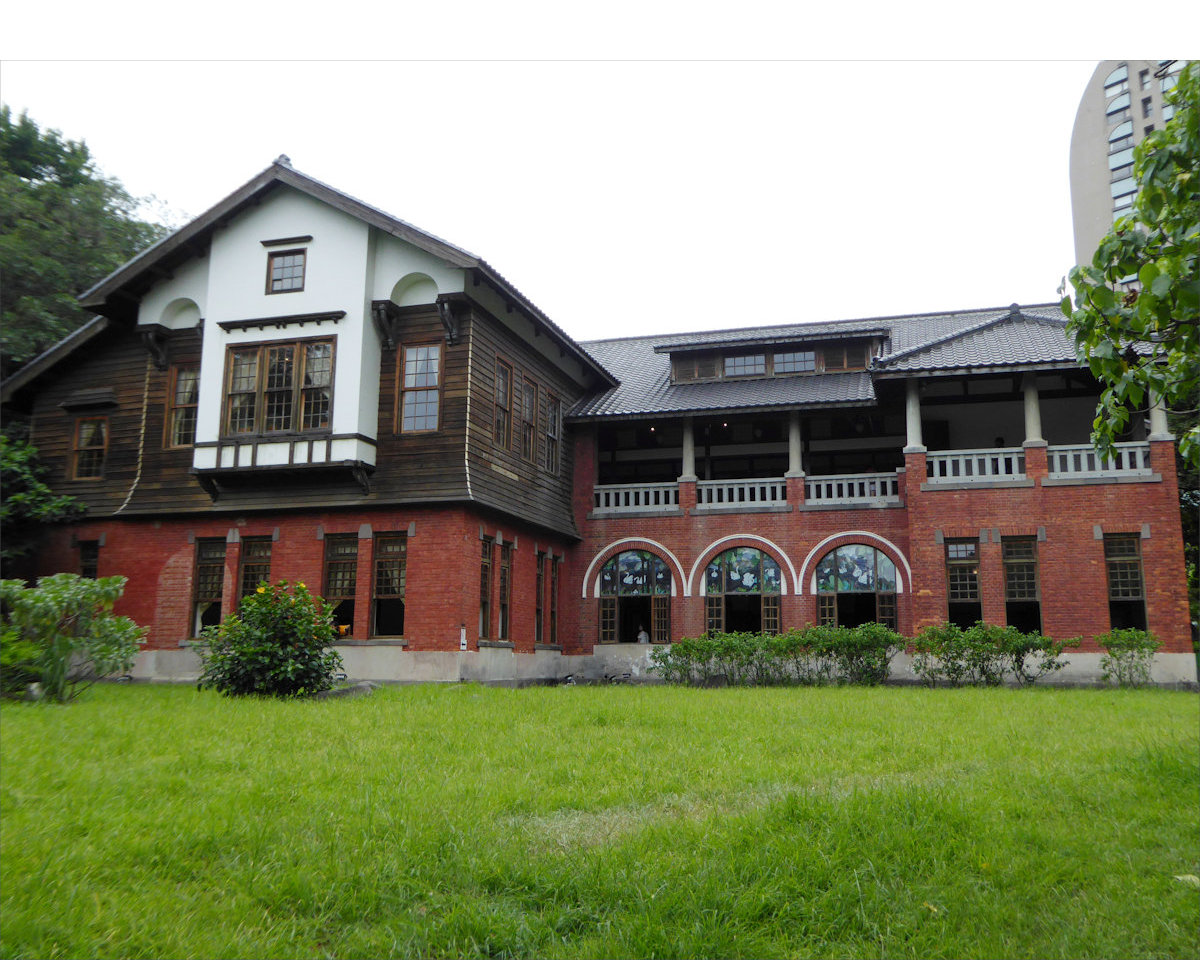
The building was completed in 1913 during the Japanese rule of Taiwan. It was initially built as Hokutō Public Bathhouse, the largest bathhouse in East Asia at that time.
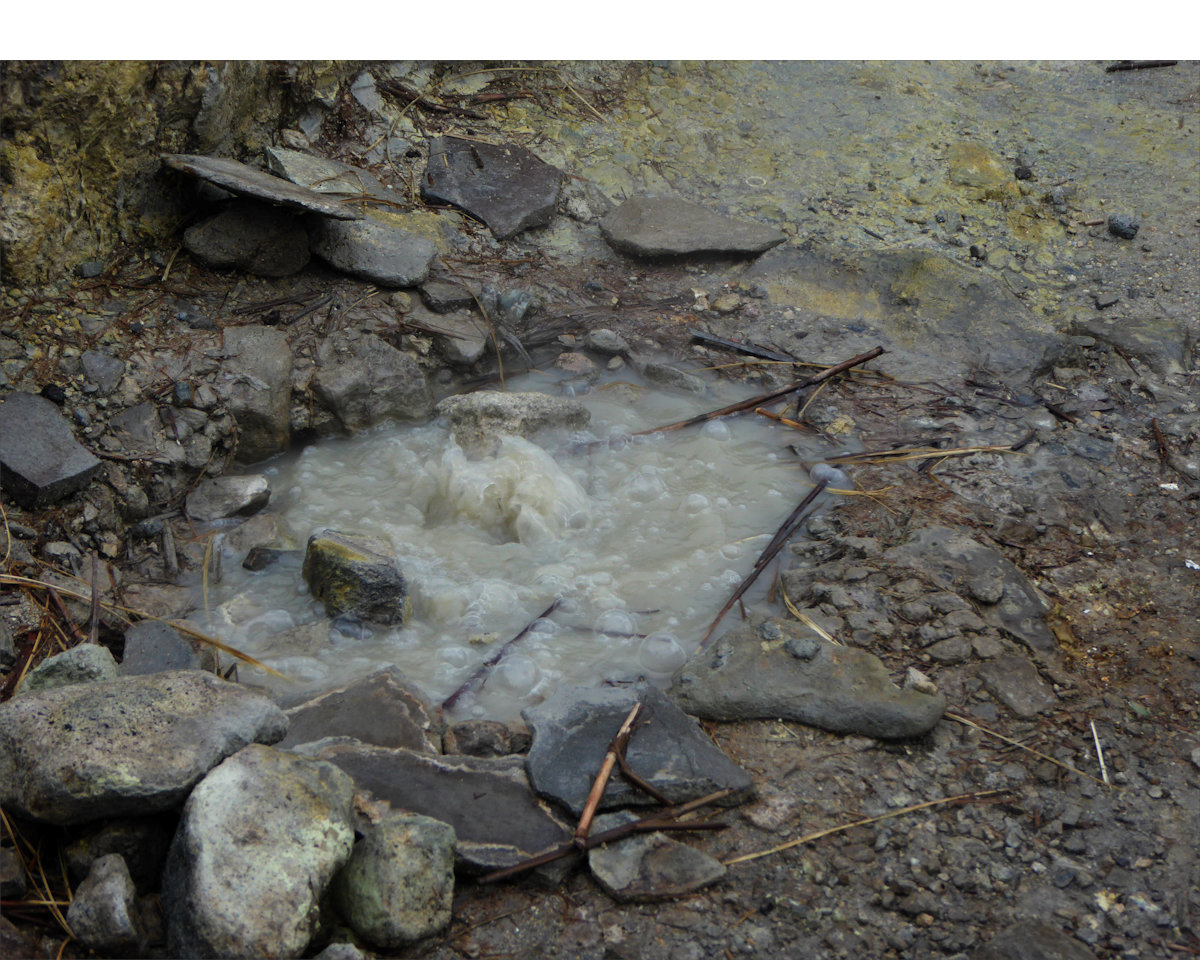
Xiaoyoukeng is a landscape of post-volcanic activities and features sulfur fumaroles, sulfur crystals, hot springs, and landslide landforms.
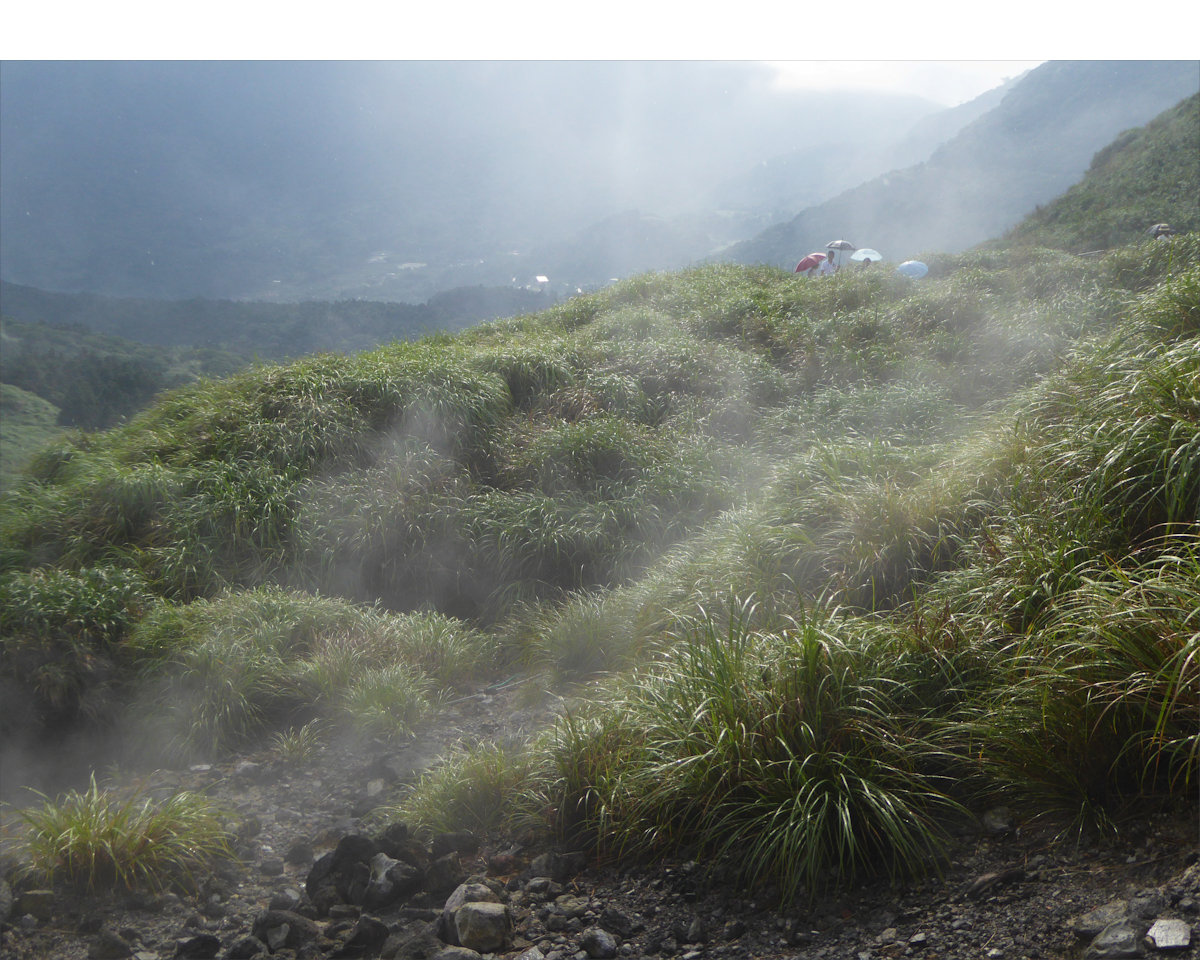
"Post-volcanic activity" refers to the continued heating of underground water by residual heat following a volcanic eruption.
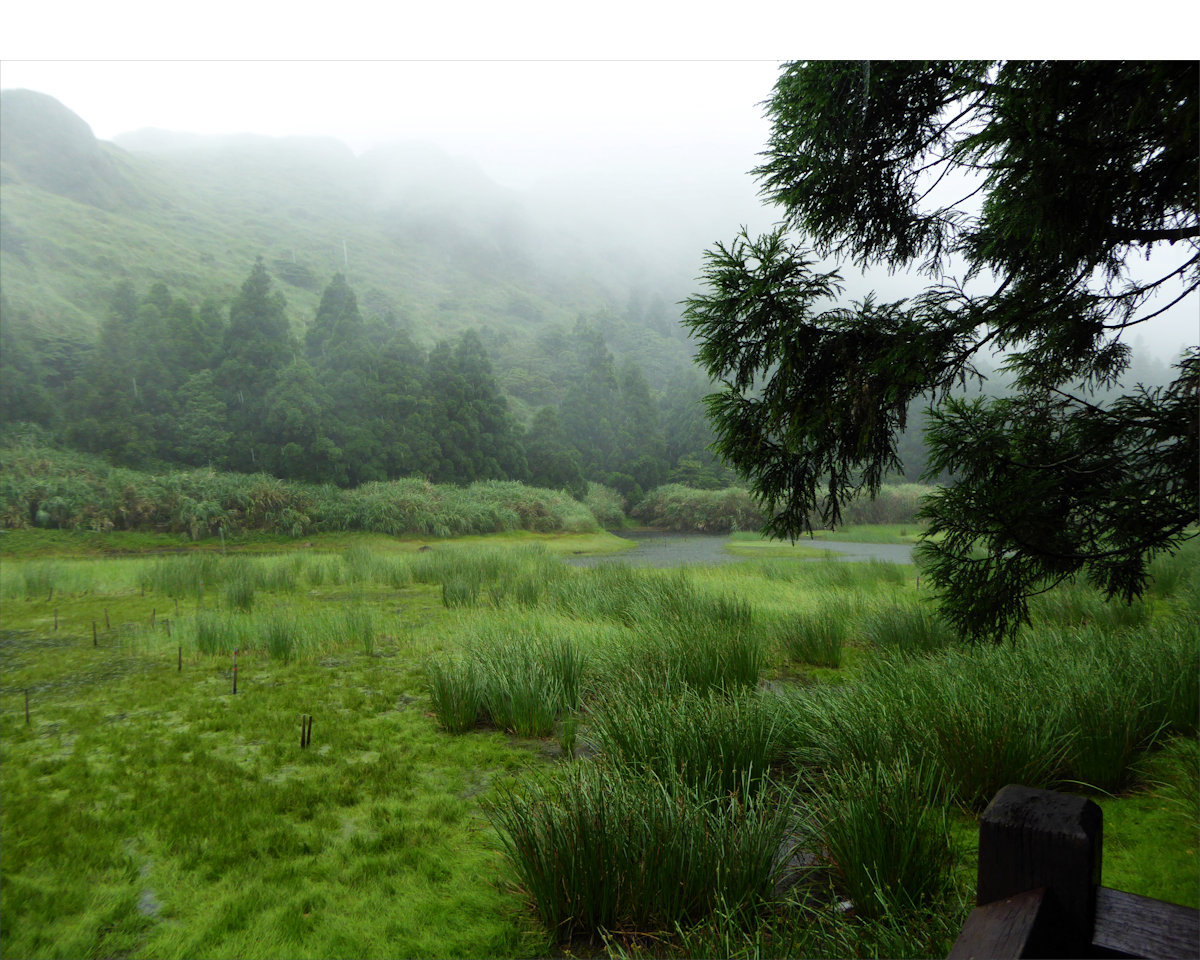
Menghuan* Lake. Close your eyes and imagine standing here! Must be peaceful and incredibly quiet, right? Now listen to the recording!
* 梦幻 (mèng huàn) = dreamworld, illusion
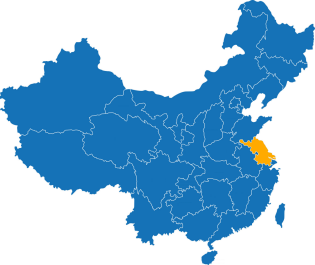
Nanjing played a major role since ancient times and is known as one of the Four Great Ancient Capitals of China. Naturally, it wasn't a city to be missed!
City Wall and adjacent Xuanwu Lake Park were in walking distance. Although the Great Wall with its well-preserved sections in the Beijing area and the 14-km long city wall in Xi'an are better known, I enjoyed strolling on top of this amazingly well preserved 600-year-old wall in Nanjing.
Purple Mountain with more than 200 heritage and scenic sites can easily be reached by subway. I focused on the Sun Yat-Sen Mausoleum, built in the early 20th century, and the Ming Xiaoling Mausoleum with the "Sacred Way" leading to it. The pathway is lined with imposing stone warriors and 12 pairs of mythical creatures guarding the Hongwu Emperor (1328-1398) and his wife.
Jumping forward to Republican era history, I visited Yuhuatai Memorial Park of Revolutionary Martyrs with its humongous stone statues. This site is NOT – as I first thought – related to the Nanjing Massacre.
Let's put it all in context without getting into details.
I didn't have a chance to go to the Nanjing Massacre Memorial Hall, but in 2017 I visited another museum in Harbin ("Unit 731") detailing this horrible period in history. It was so powerful and reminded me of my first visit to the concentration camp memorial site in Dachau, Germany. Visits to places like these always leave deep sadness and scars in me that never fade…
Still simply called Confucius Temple, this site was once the imperial examination testing center for the entire Jiangsu region. Now, only a tiny fraction of the Jiangnan Examination Hall buildings is left, but the museum gives many insights into this fascinating system that was abandoned in 1904 after 1,300 years. All highly prestigious and well-paid civil service official positions were assigned to the tiny number of candidates who passed the extremely difficult exams. There's a nice, easy-to-read article about the imperial examination system on Chinasage – enjoy!
You may wonder, how candidates nowadays compete for the still highly desired government positions? Welcome to the National Civil Service Exams!
As so often, there was much left to see and explore, but my time was up.
Visited: Xuanwu Lake Park – City Wall – Gate of China (Zhonghuamen) – Jiming Temple - Yuhuatai Memorial Park - Confucius Temple - Purple Mountain - Sun Yat-sen Mausoleum - Ming Xiaoling Mausoleum - Imperial Examination Museum
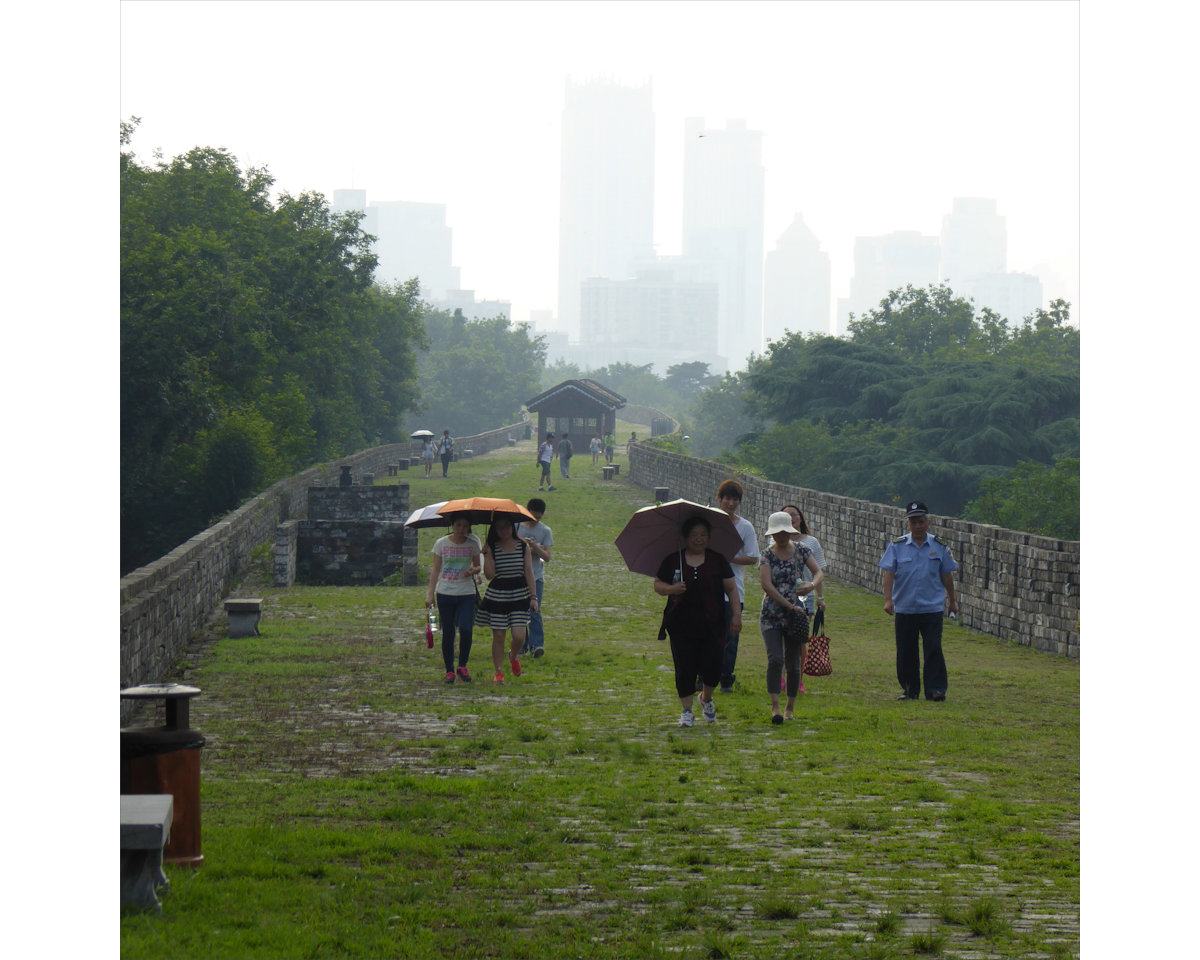
The grass covered pathway in this section of the wall suits the feeling of bygone times so well.
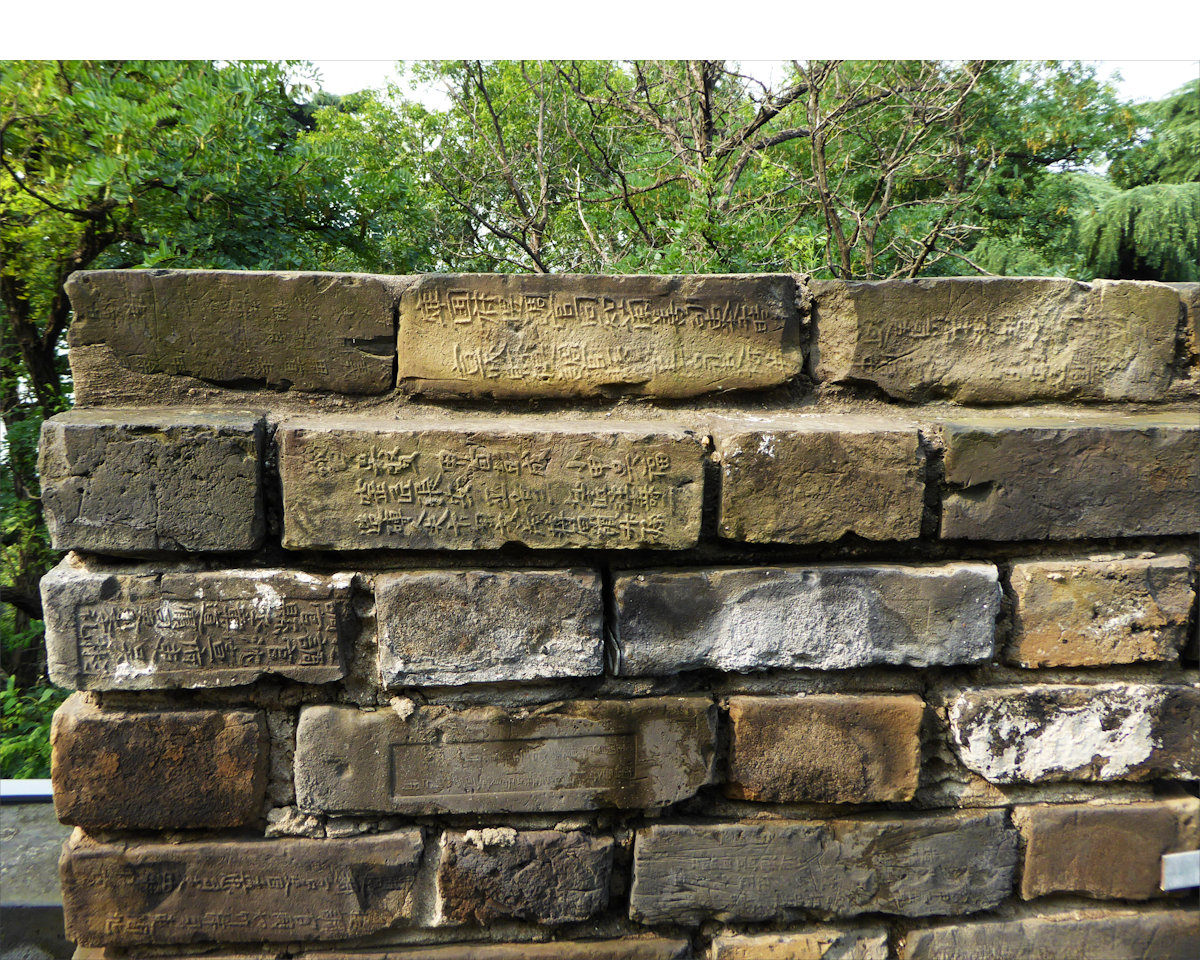
These inscriptions on the bricks, found everywhere on the wall, were added by scholars, officials, artisans, and common folks. Some are beautiful and elegant and written in many different calligraphy styles - a treasure wall for historians and all character-obsessed visitors alike.
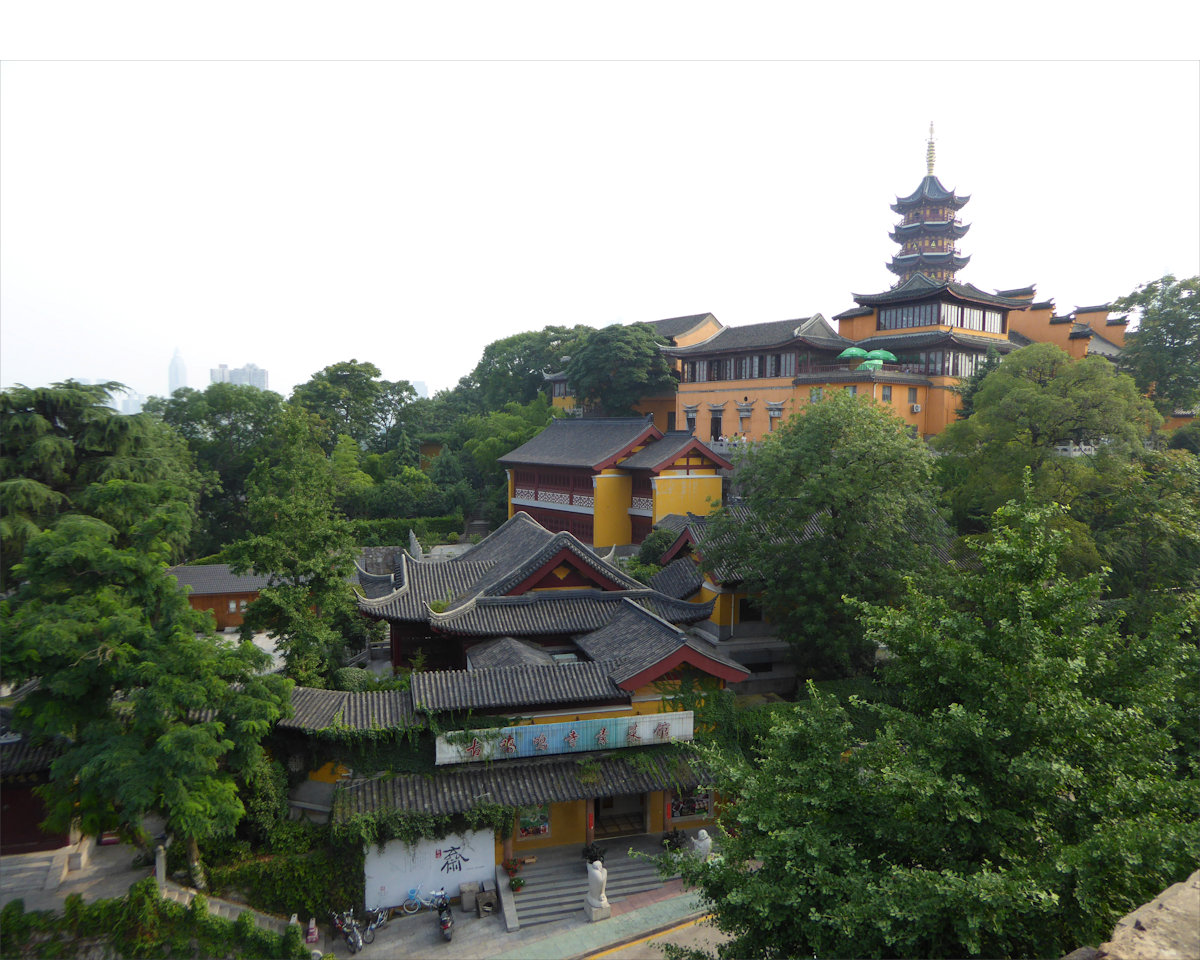
Jiming Temple, as seen from the wall, was first constructed in 527, but destroyed and reconstructed several times.
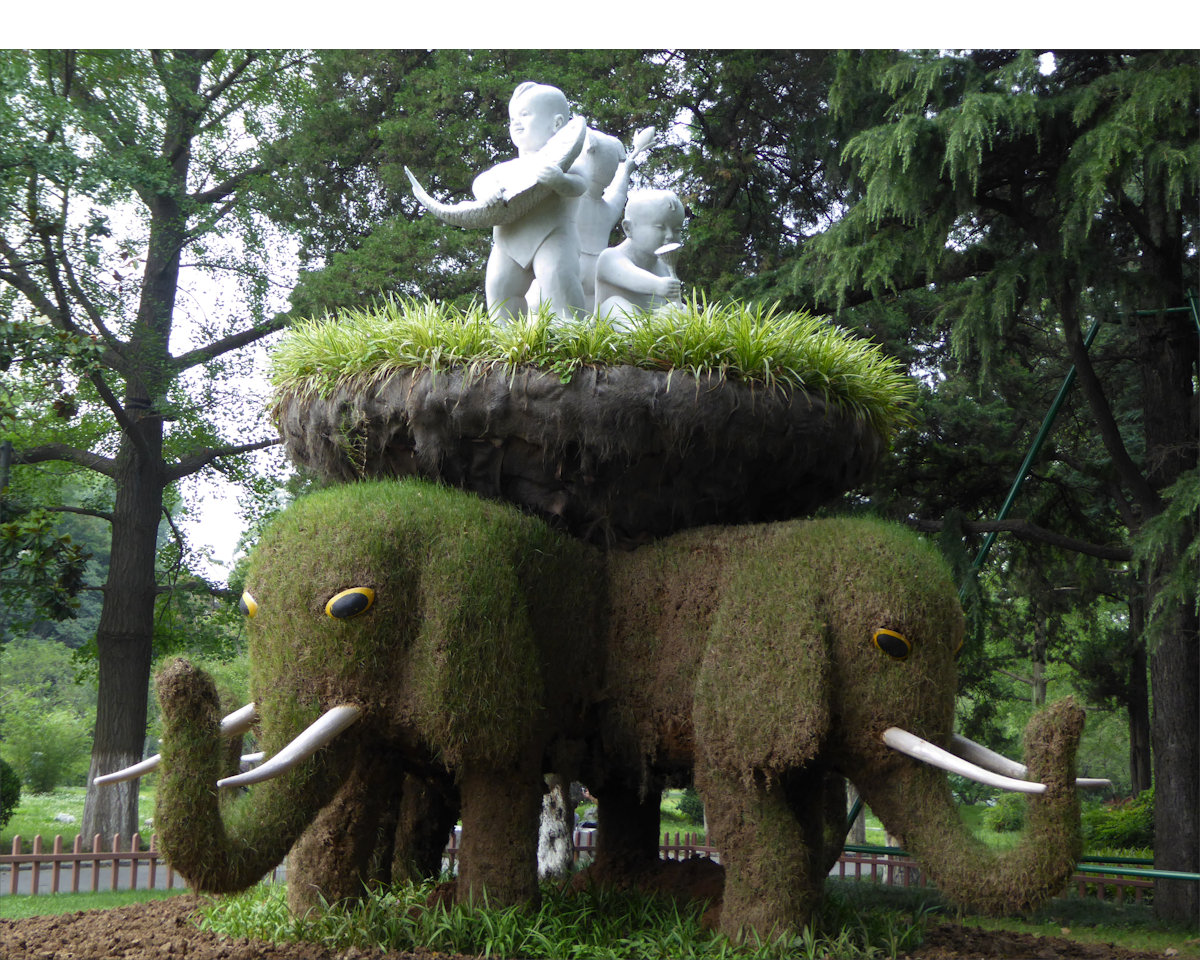
Creative pruning is another art truly mastered in many parts of China, like drums and bells, characters, and even elephants.
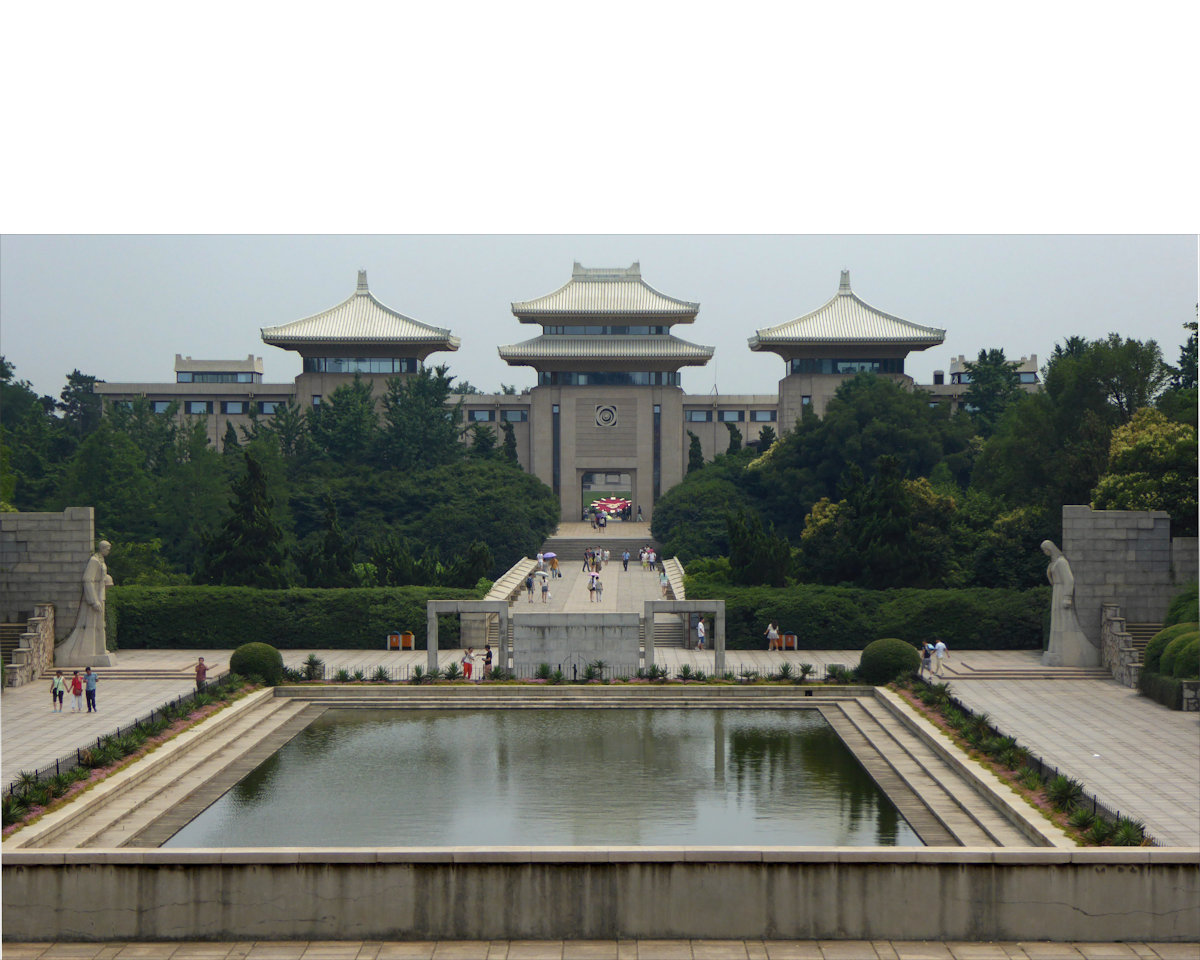
One characteristic of Yuhuatai, Memorial Park of Revolutionary Martyrs, are the many gigantic statues, towering above, making one feel so small. Notice the man on the left and the women on the right.
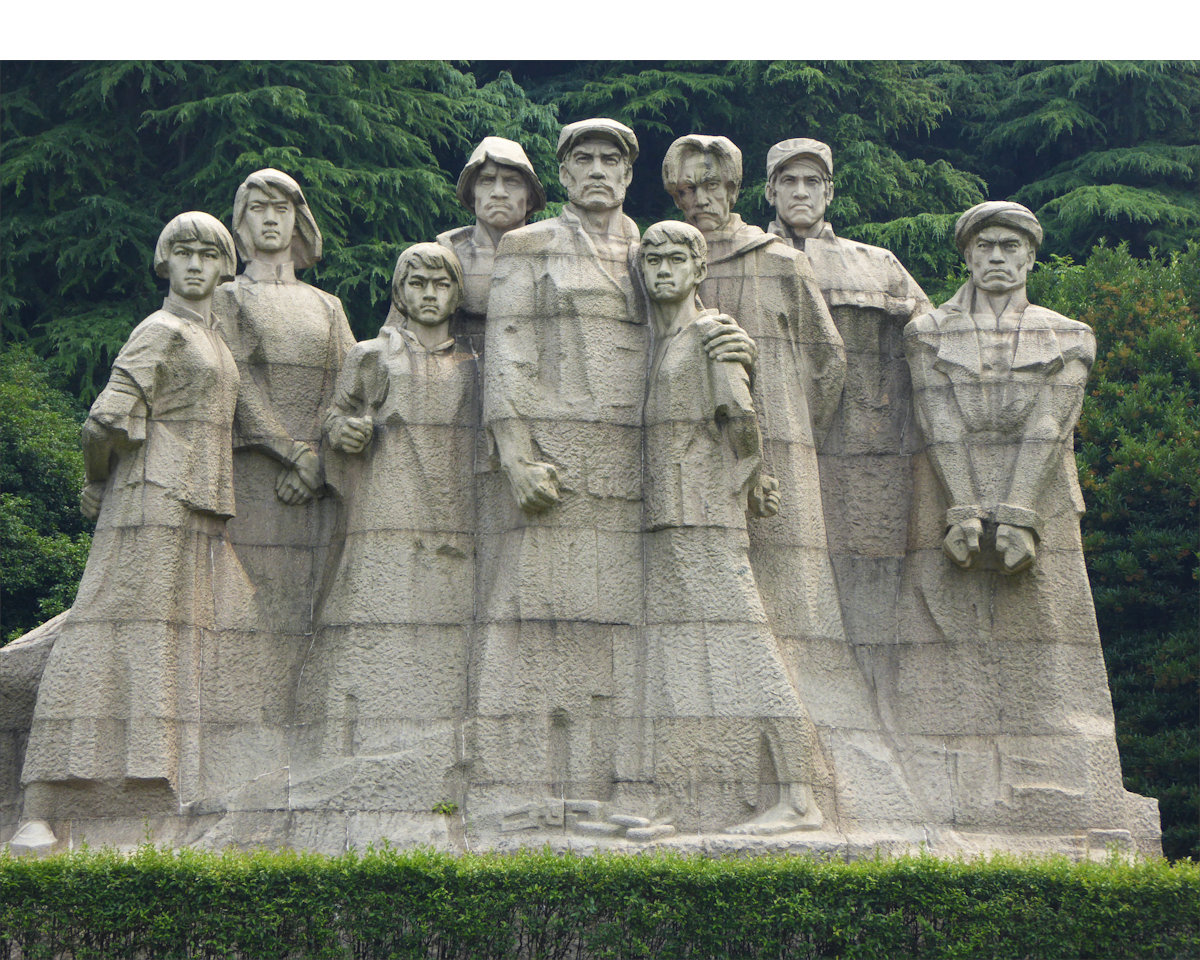
Prominent feature of Yuhuatai Park is this group of 9 human figures depicting politicians, workers, peasants, and intelligentsia and as such
representing the social groups that fought and died for the revolution.
The workmanship is outstanding. A personal observation: They just don't look Chinese or Asian to me. Without context, I'd probably guess
Russian or even European. Your thoughts?
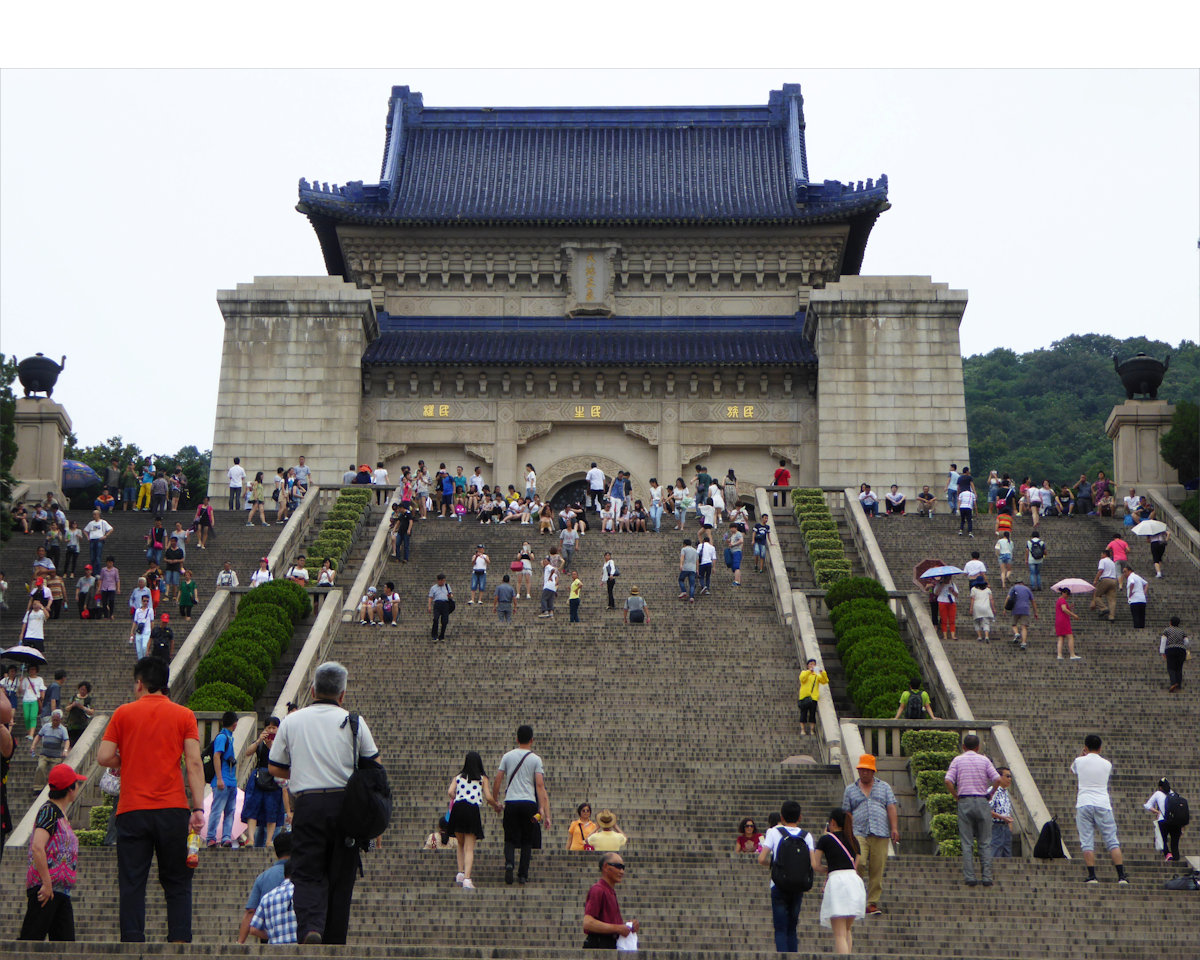
Sun Yat-sen Mausoleum at Purple Mountain. Resting place of the leader of the 1911 revolution and first president of China.
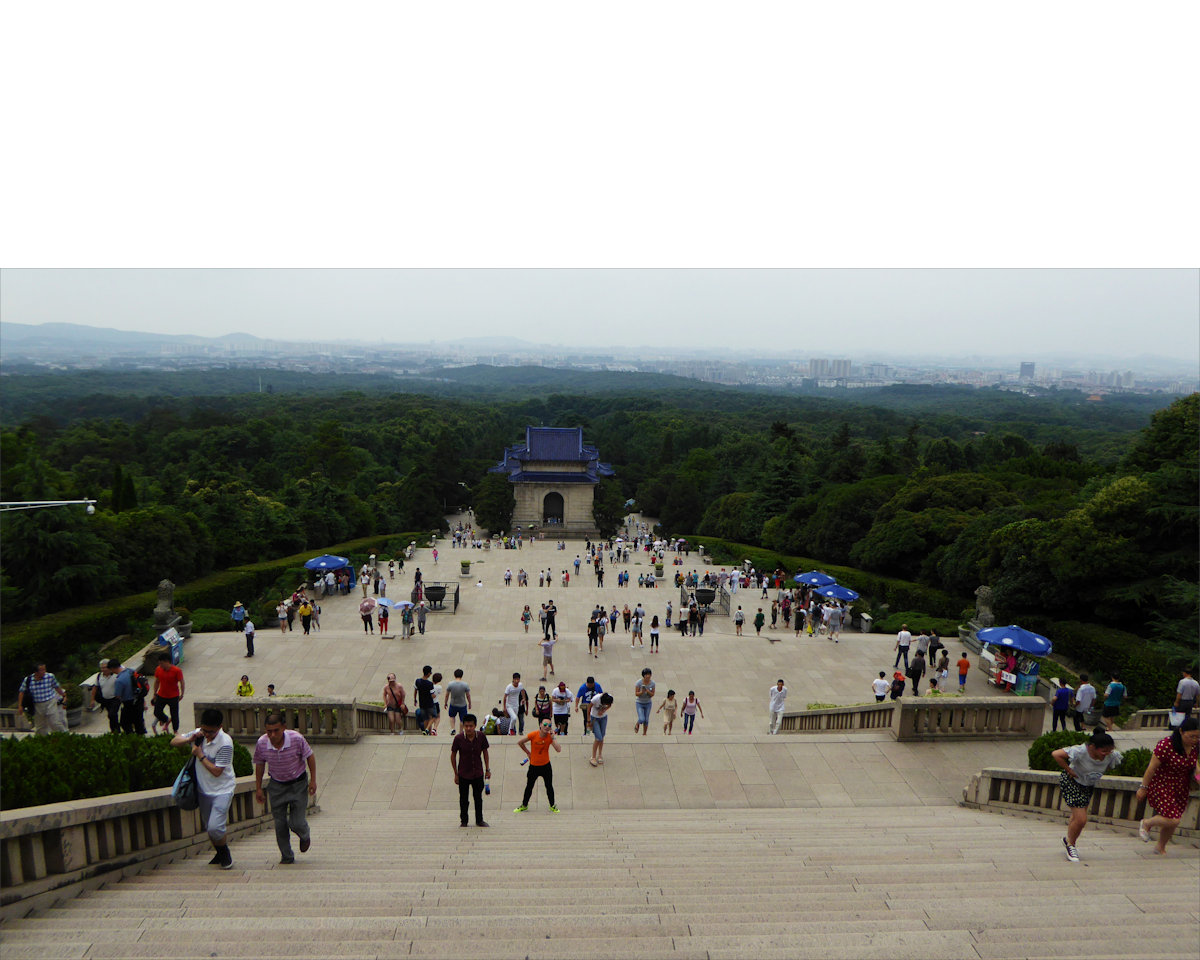
Reward for climbing the 392 stone steps to the Mausoleum. I noticed that my stair climbing stamina is always greatly improved after a China trip. Stairs everywhere: to subways, overpasses, underpasses, towers, pagodas, city walls, and up mountains!
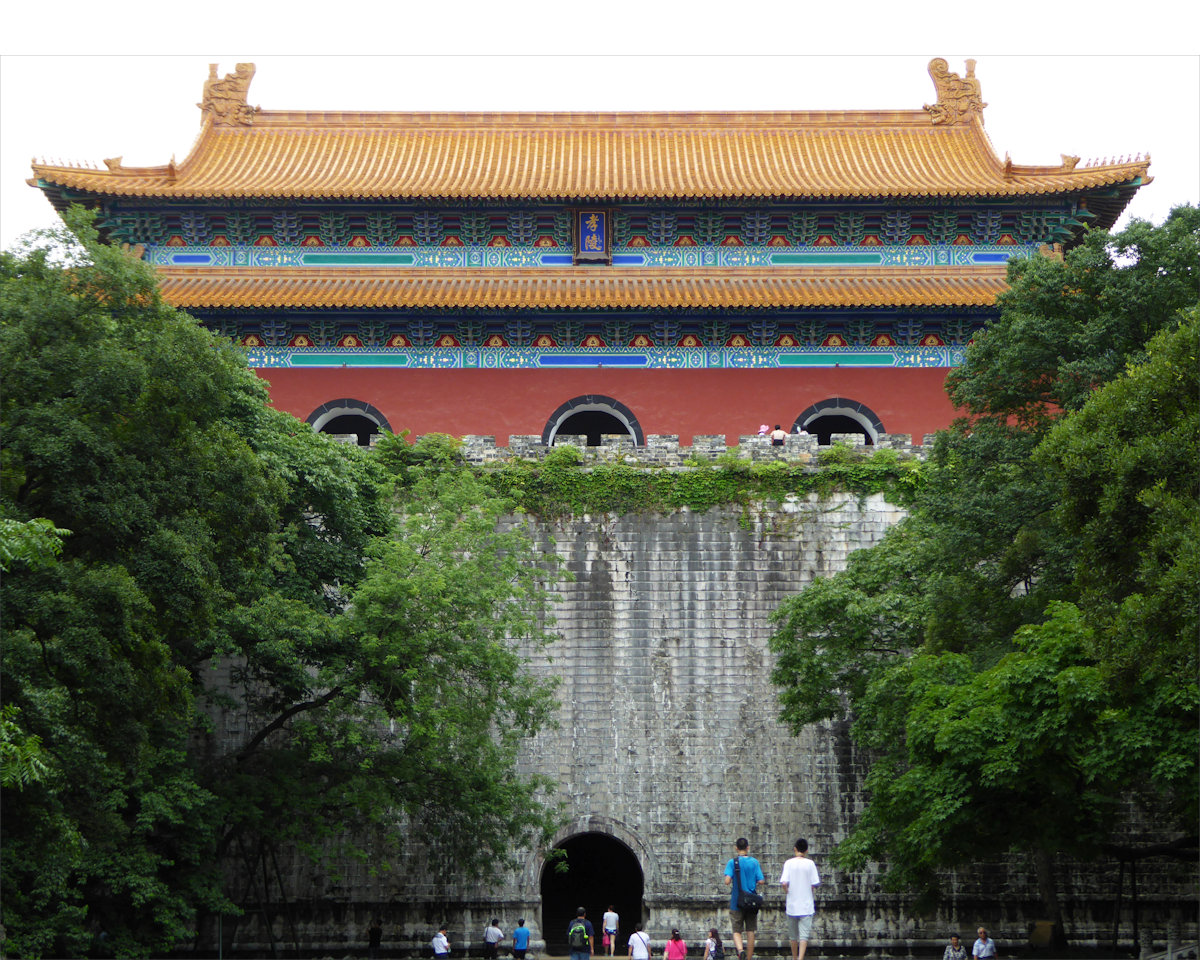
Ming Lou, the main building of Ming Xiaoling Mausoleum. Legend says that to prevent robbery of the tomb, 13 identical processions of funeral troops started from 13 city gates to obscure the real burying site (Wikipedia).
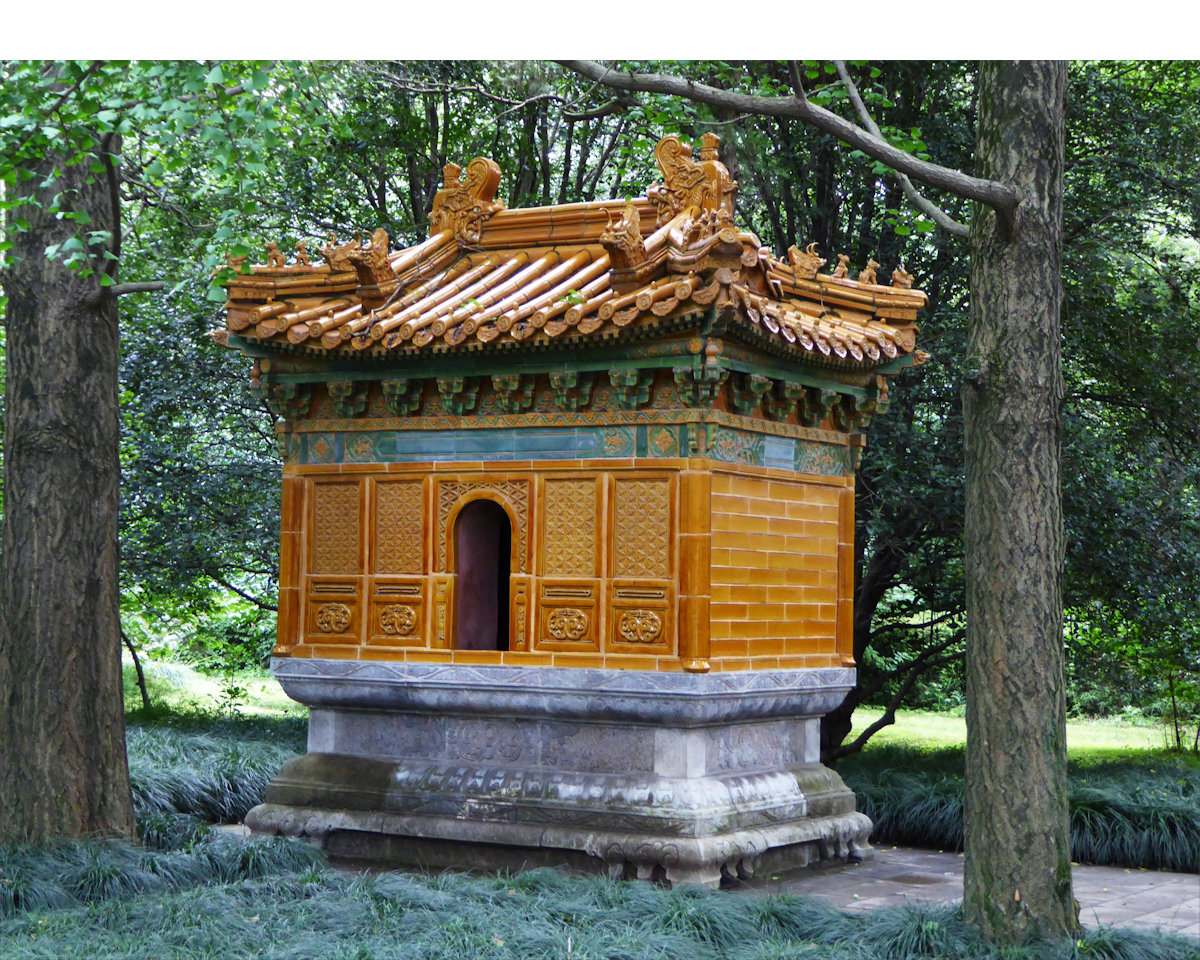
A silk burner at the Ming tomb on Purple Mountain. Used to burn elegiac inscriptions and sacred silk materials after sacrificial rites in the Ming Dynasty.
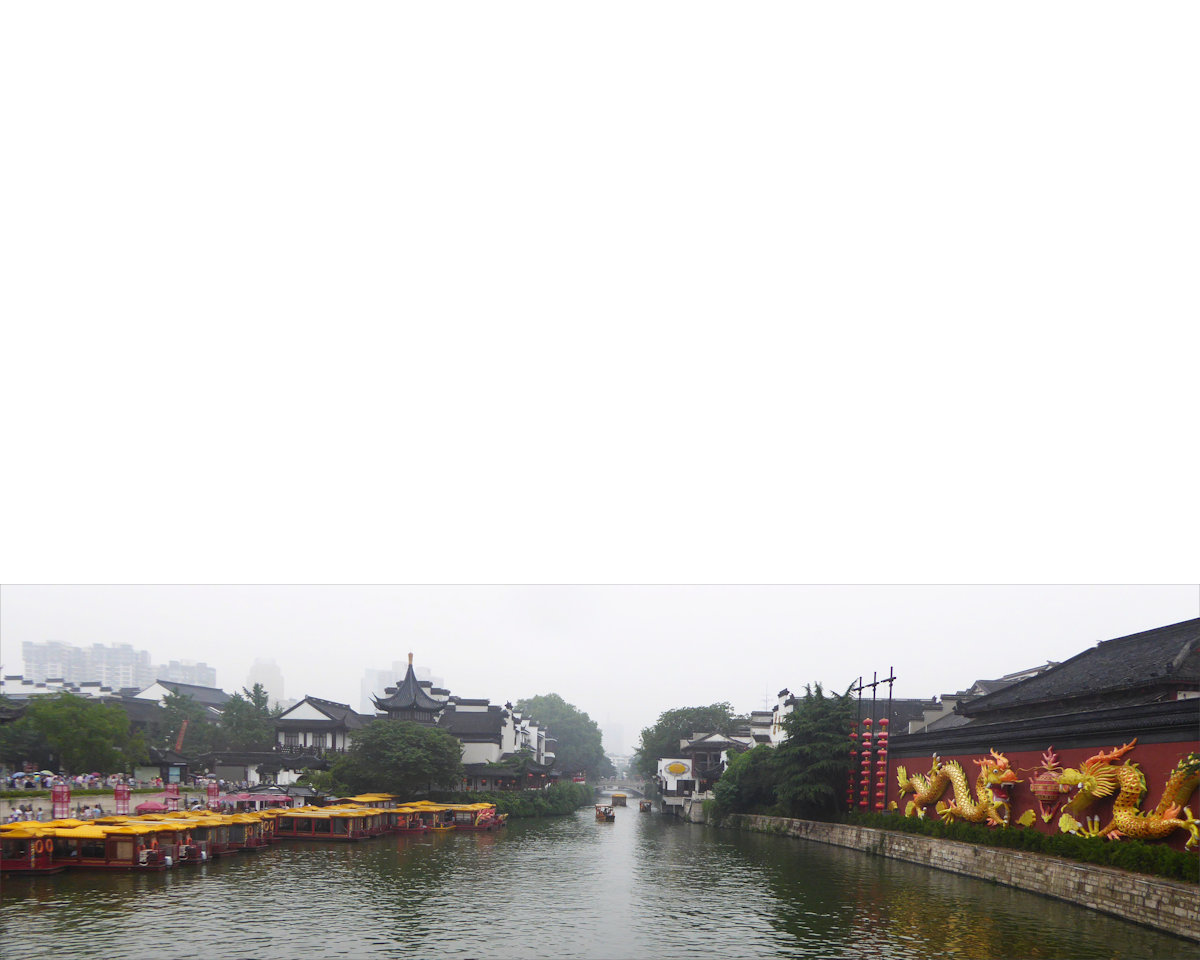
Qinhuai River near Confucius Temple. The Great Spirit Screen with its gold and red dragons decorates the right wall. The boats in matching colors on the left invite to hour-long river cruises.
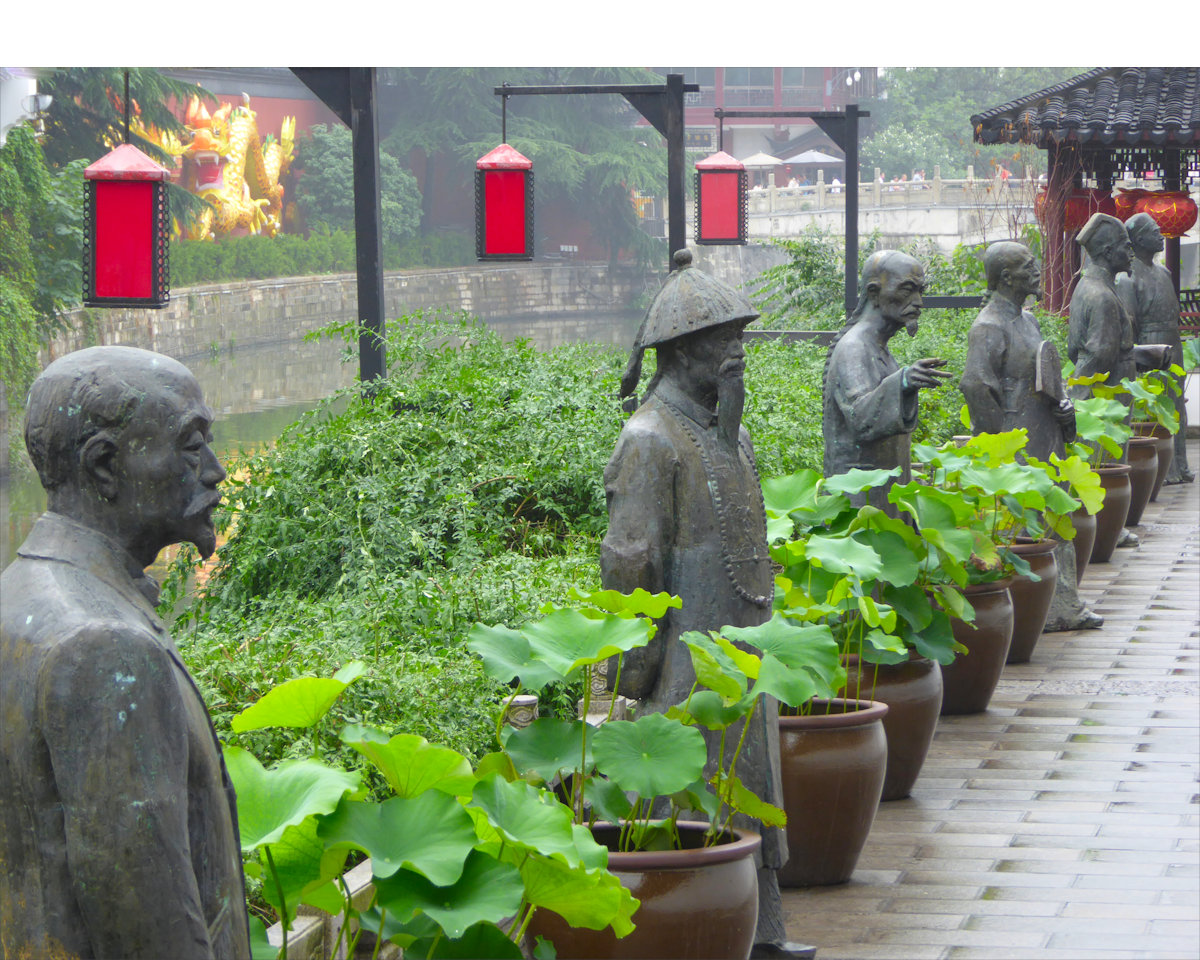
At the Imperial Examination Museum near Confucius Temple. For 1,300 years, candidates from all walks of life sat through the civil service examinations in hope for one of the prestigious government positions.
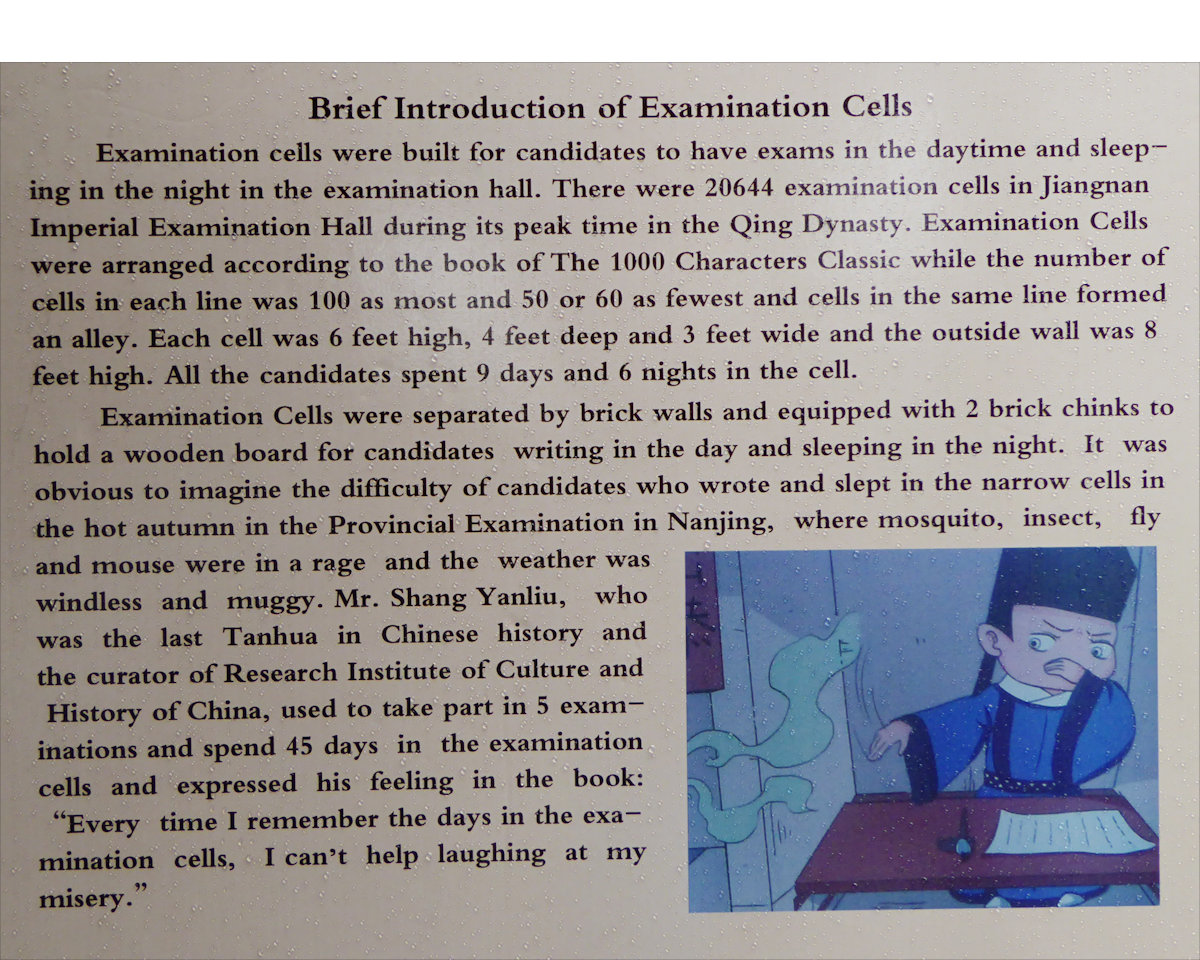
The Imperial Examination System was abolished over 100 years ago. And nowadays? China plans to recruit 25,700 civil servants in 2021. Applicants, mostly university graduates, will have to pass a national written exam with an average of 61 applicants competing for one position!
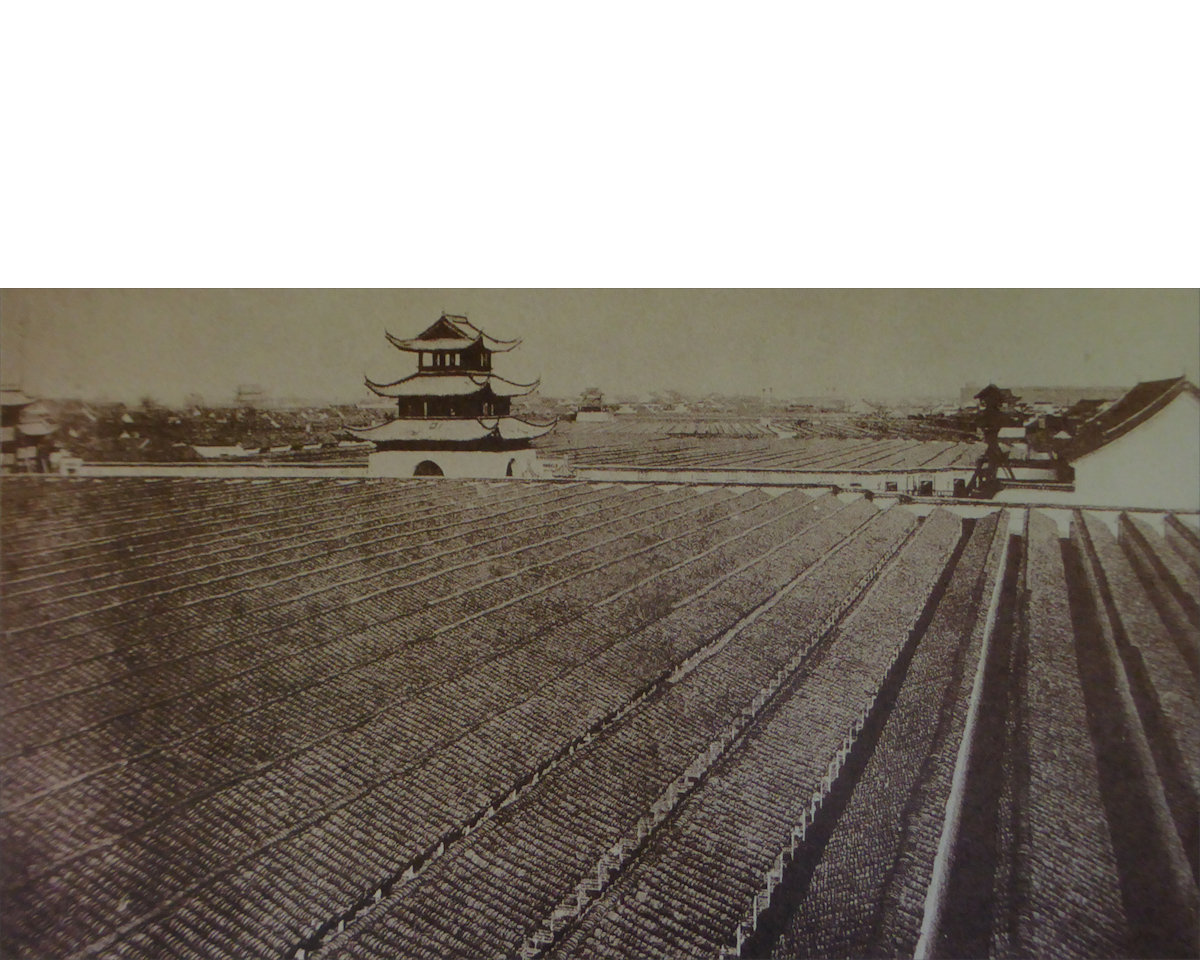
Between 1862 and 1874, Jiangnan "Hall" covered an area of more than 3 hectares, being able to accommodate more than 20,000 candidates to take part in the examination at the same time.
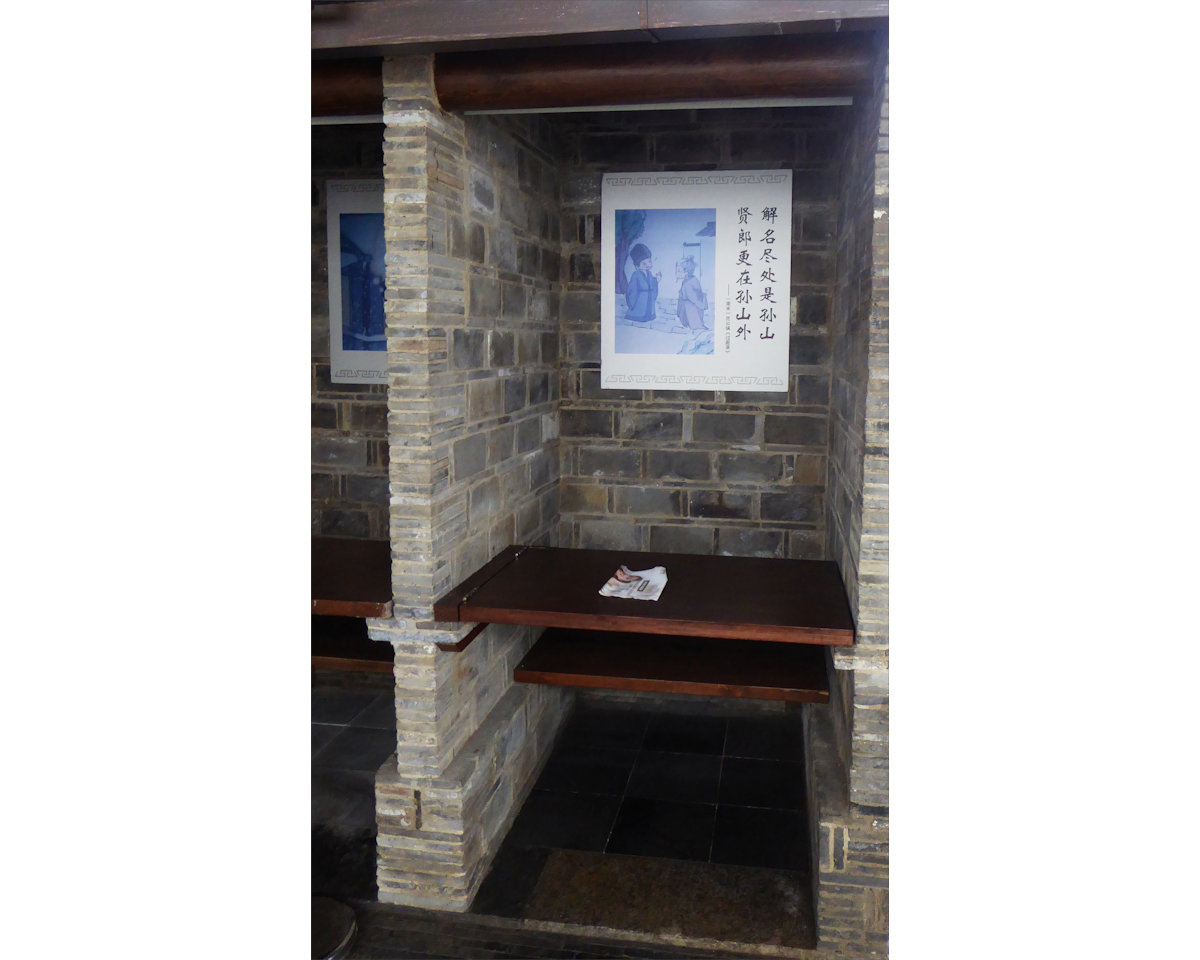
Replica of one of the examination cells seen in the previous historical photo. I read that the Jiangnan Examination Hall was enclosed by "Thorn Walls", planted to prevent cheating.
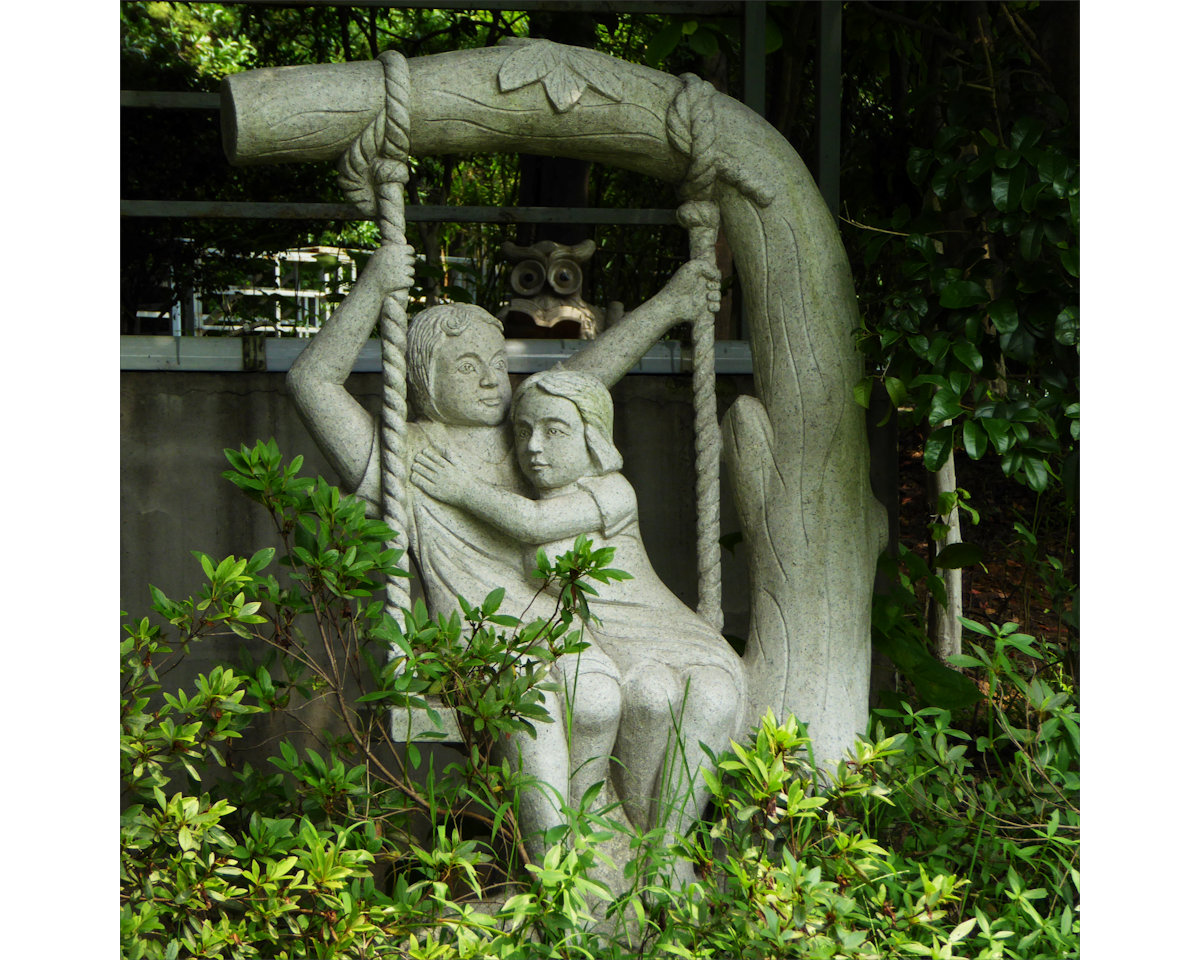
Many of the major sights sport intricate stone carvings, but even the lesser ones found everywhere in town are so well done.
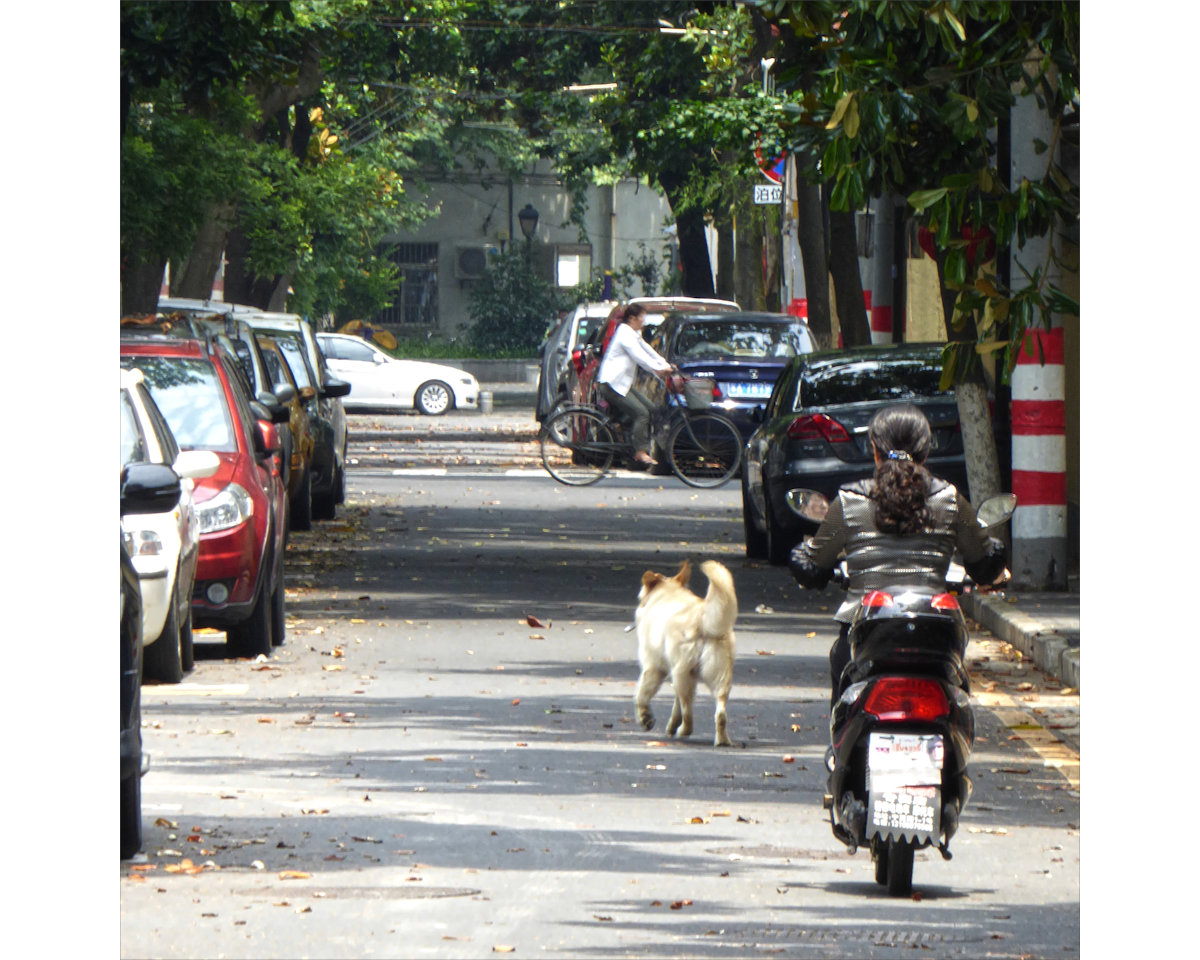
Dog walking Chinese style – it wasn't the first time that I was amused by this type of exercise.

